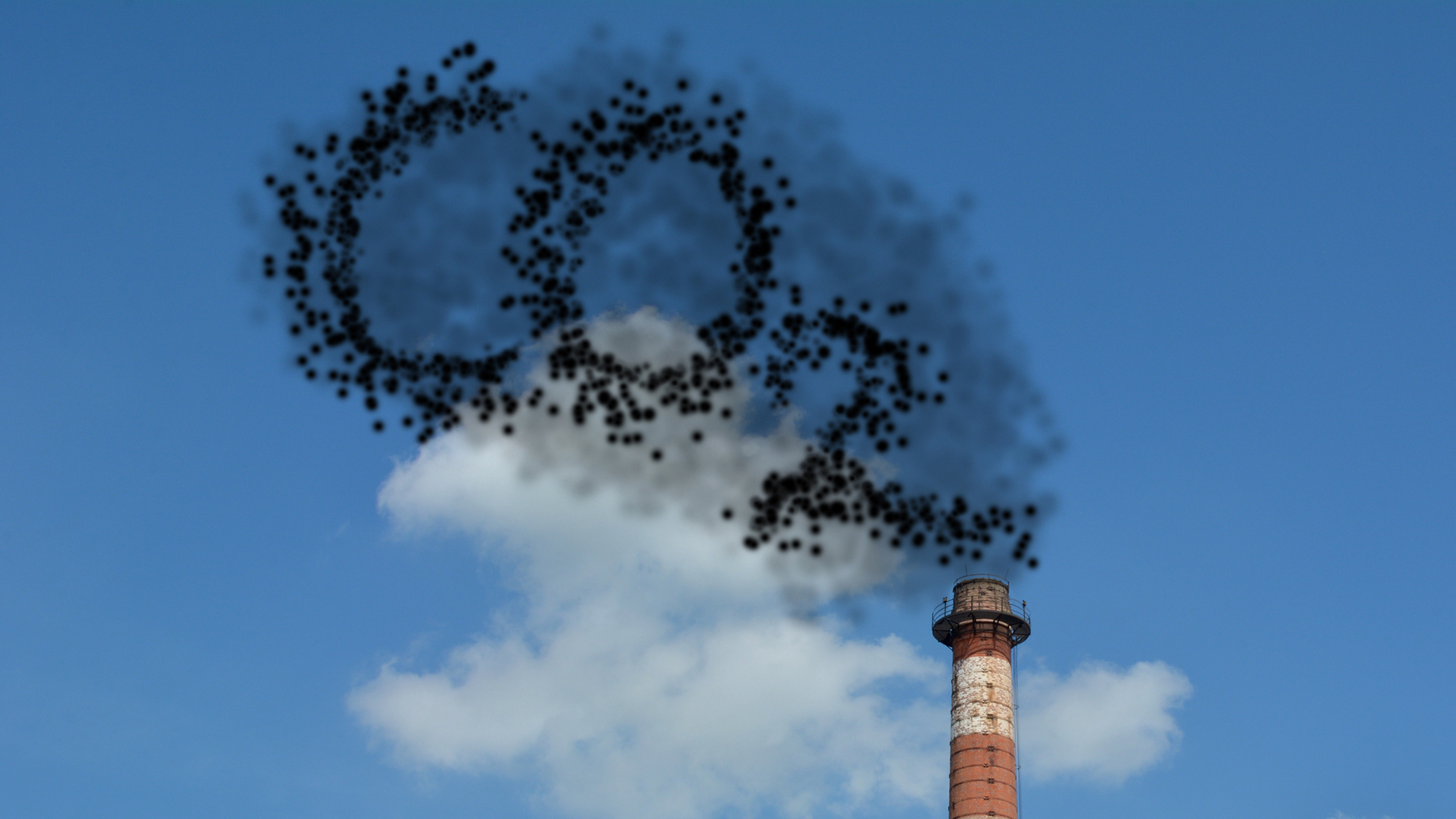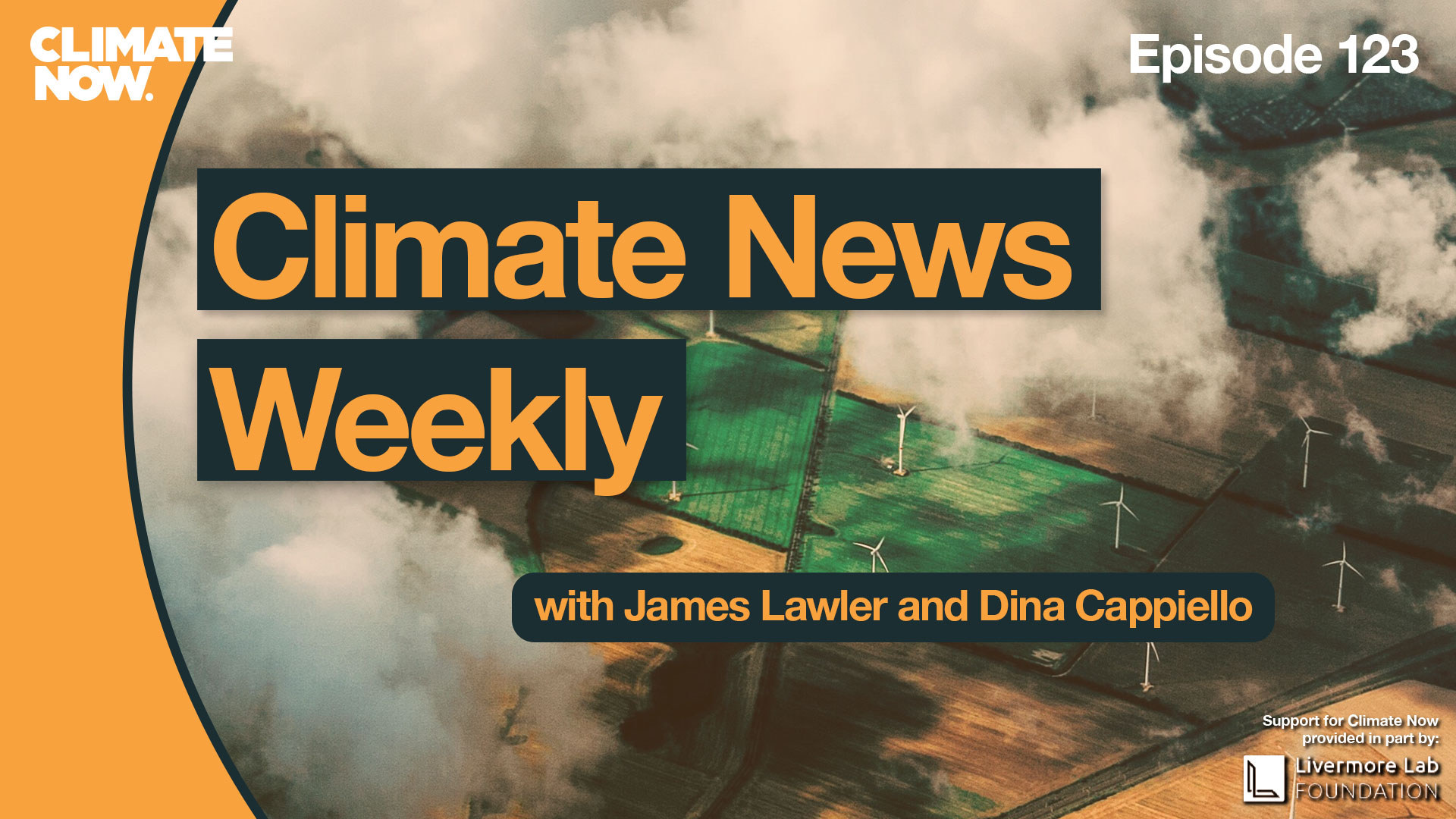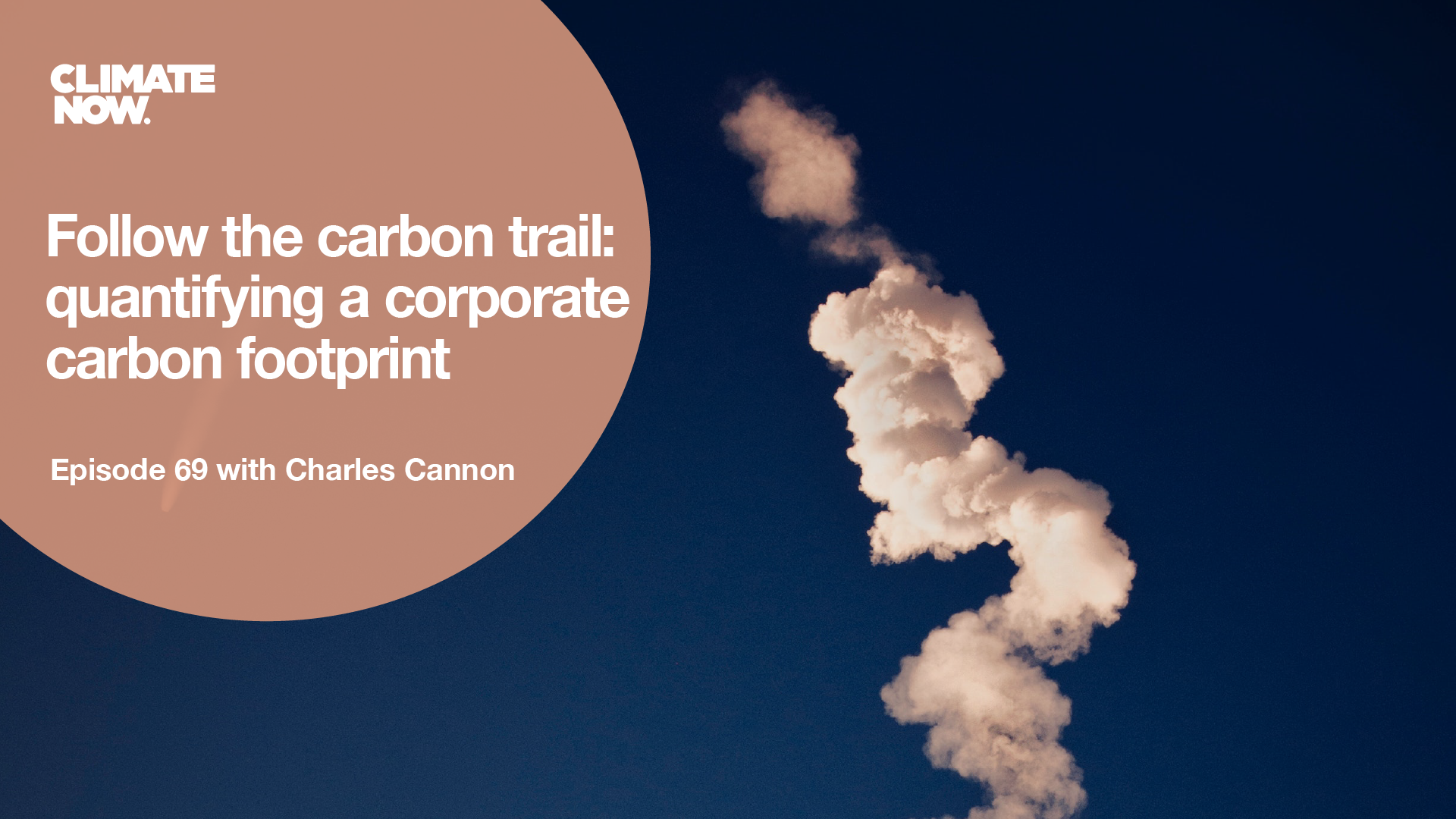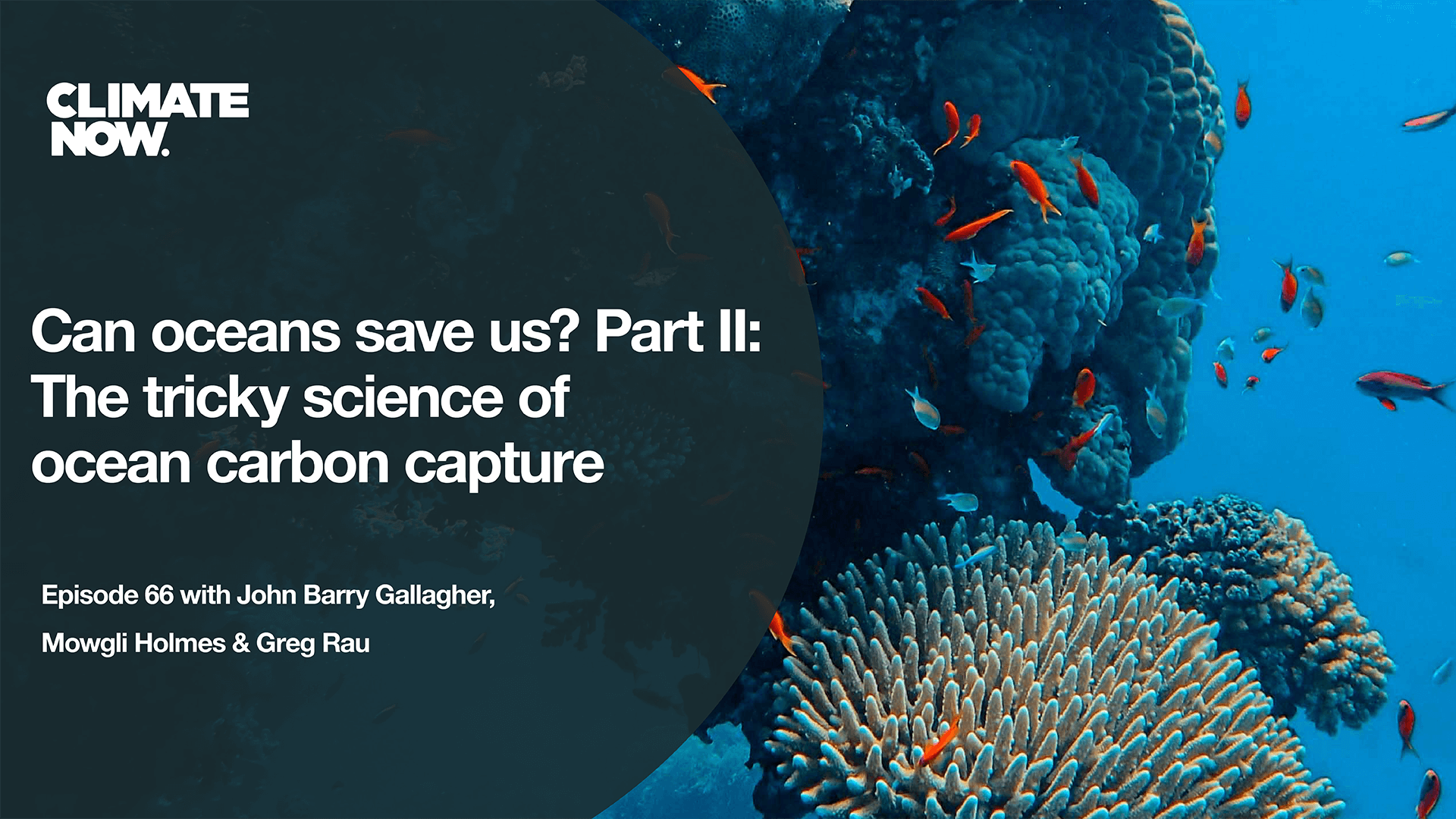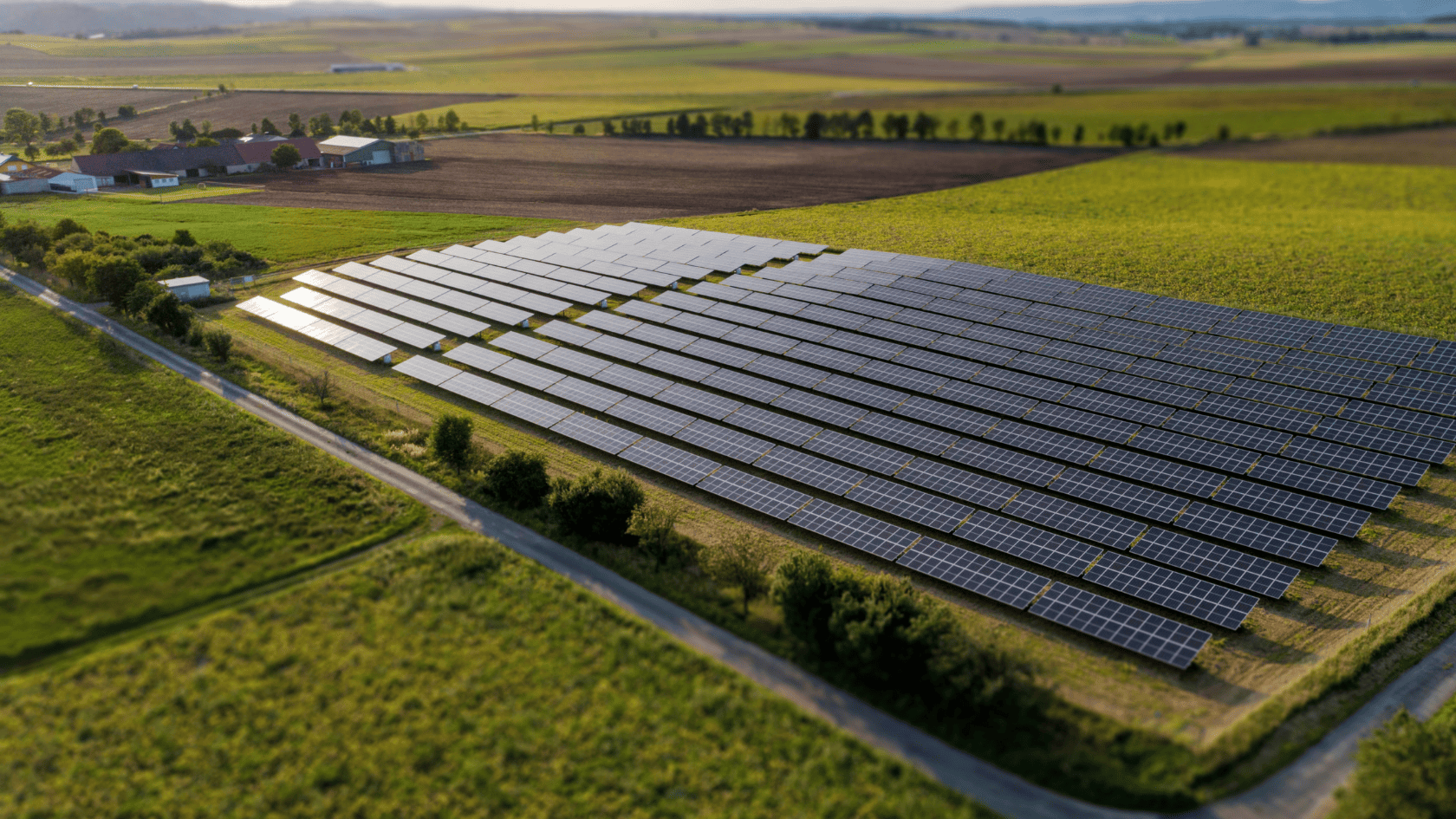
Season Finale: Live from Climate Week
Our Season One finale brings you a debate about the pace of the energy transition that was recorded live at NYC Climate Week three weeks ago. How fast is the transition progressi...
Climate News Weekly: Exonn-Mobil oil projections, closing on coal in the UK, and more…
On this week’s edition of Climate News Weekly, James Lawler and Julio Friedmann discuss Exxon-Mobil’s projections of flat oil demand by 2050, closing the last coal-...
Climate News Weekly: Climate policy impacts, mapping emissions with precision, hydrogen infrastructure updates, and more
Climate News Weekly is back to cover the week’s biggest stories in climate news with host James Lawler, joined by Julio Friedmann and Darren Hau. The team kicks off this weekR...
Partner Episode: Energy vs Climate’s “Buzzkill: Understanding the Shift in Media Perception Towards EVs”
As a Climate Now listener, we know you appreciate frank and thoughtful debate about the climate crisis. So we’d like to share an episode from a podcast that looks at how clim...

Climate News Weekly: Carbon market upheaval, Tropical Storm Debby, Tim Walz’s VP candidacy, and more
Climate News Weekly is back to cover the week’s biggest stories in climate news with host James Lawler, joined by Dina Cappiello and Julio Friedmann. The team kicks off this week...
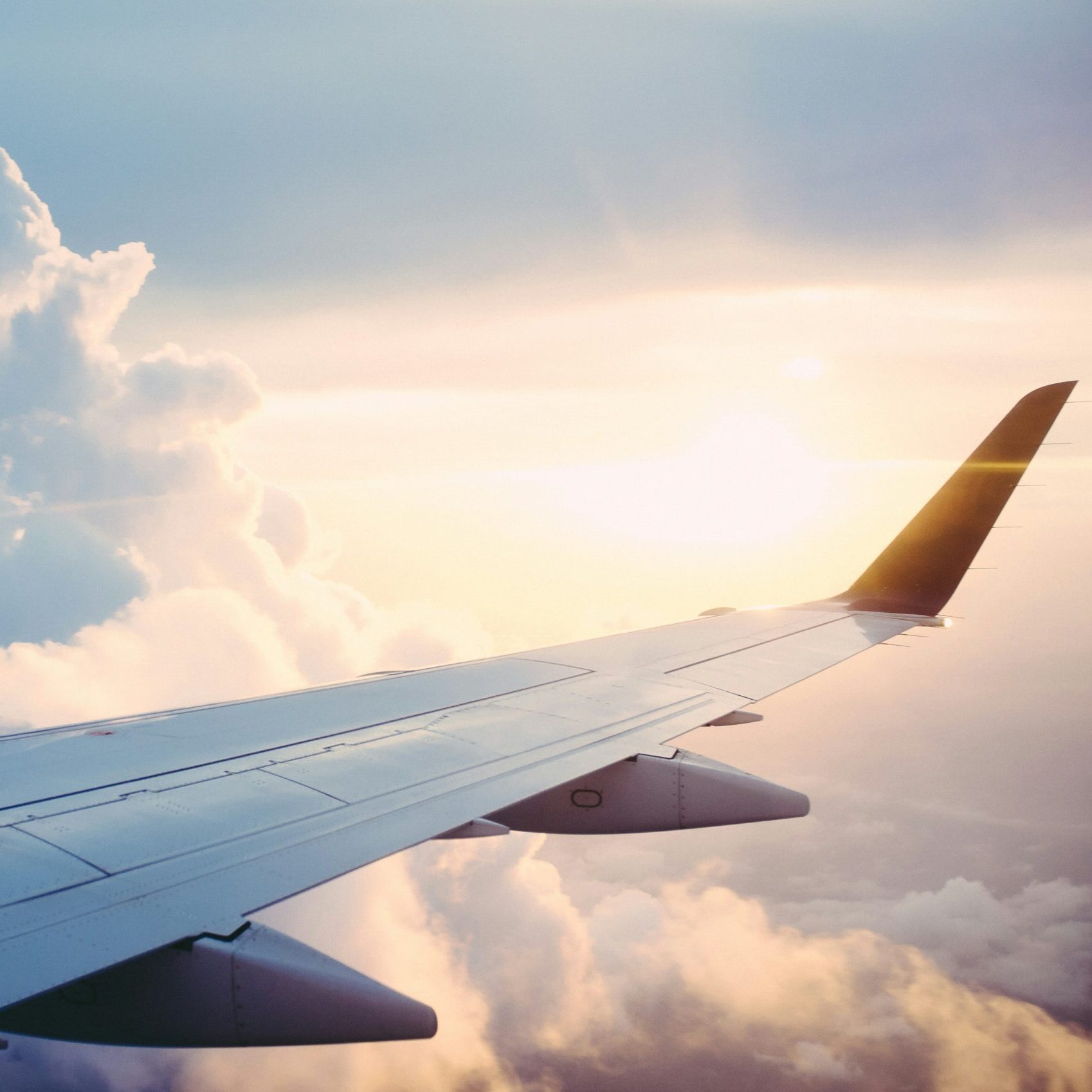
Sustainable Aviation Fuel: Episode 4
The United States’ Renewable Fuel Standard Program requires a certain volume of renewable fuel be used to replace or reduce fossil fuel use. Each gallon of renewable fuel is...
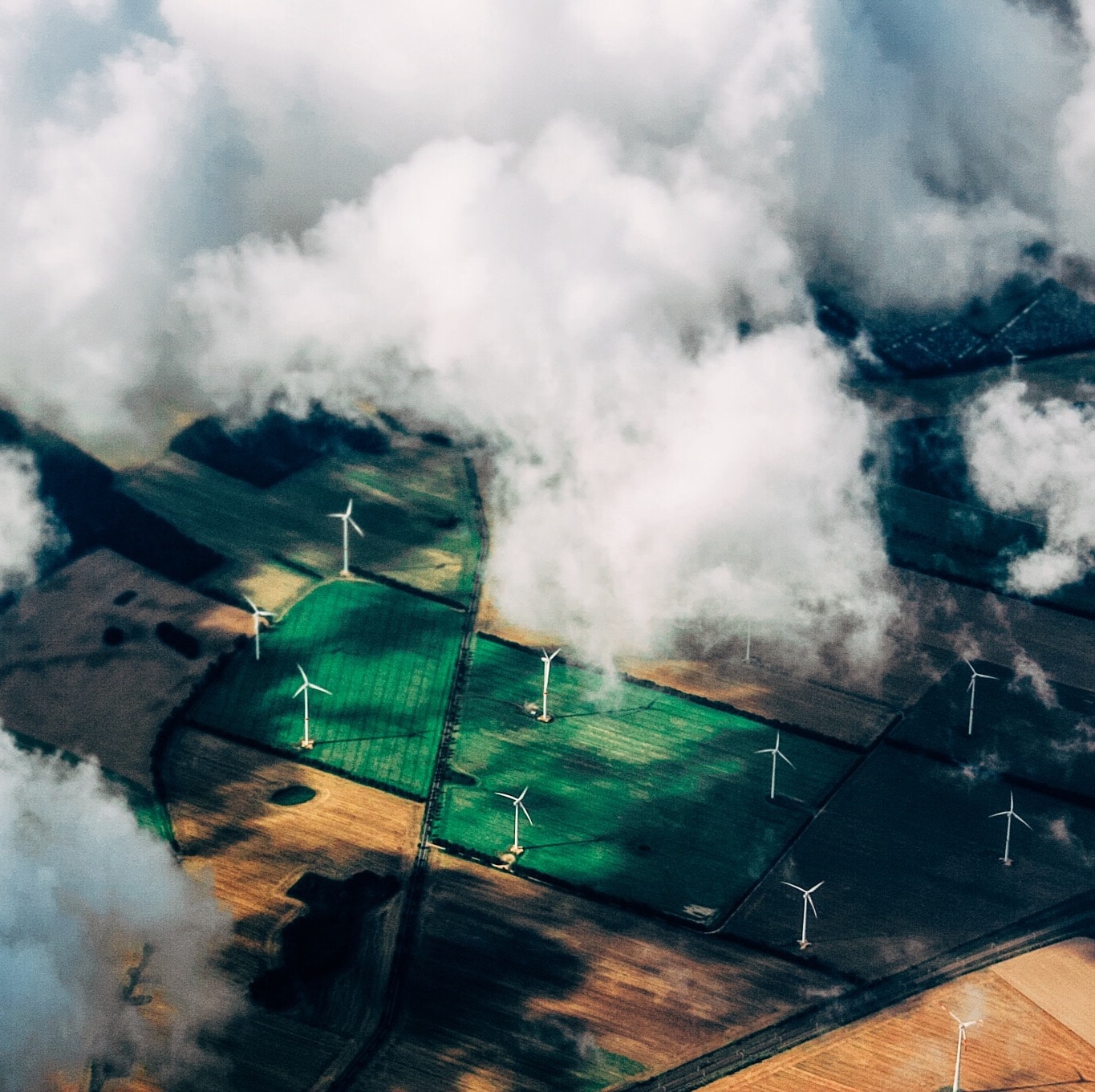





Climate News Weekly: Kamala Harris and climate, a turning point for China, the Cape Wind accident, and more…
James Lawler is joined by Carbon Direct’s Julio Friedmann for Climate News Weekly. Join James and Julio as they discuss what Kamala Harris’ candidacy and potential p...
Sustainable Aviation Fuel: Episode 3
Ethanol-to-jet is one pathway to produce sustainable aviation fuel (SAF). Until recently, this pathway was out of reach for commercial production. That changed this year when Lanza...
Climate News Weekly: Hurricane Beryl, Tesla’s minority market share, peak oil predictions, and more…
Climate News Weekly is back to cover the week’s biggest stories in climate news. James Lawler, Julio Friedmann and Darren Hau begin this episode with a discussion of the latest e...
Sustainable Aviation Fuel: Episode 2
Sustainable aviation fuel can use a variety of feedstocks, from used cooking oils to oily seeds. When those feedstocks are heated under high pressure with a catalyst, the process�...






Climate News Weekly: The end of Chevron deference, special report on solar, anti-greenwashing lawsuits, and more
In the latest installment of Climate News Weekly, James Lawler and Dina Cappiello (RMI) discuss a variety of stories on climate, sustainability, and technology. Dina and James cove...



Sustainable Aviation Fuel: Episode 1
Aviation accounts for 12% of CO2 emissions from transportation and 2% of all CO2 emissions globally. Sustainable aviation fuel (SAF) is fuel made not from petroleum hydrocarbons, ...






Climate News Weekly: Hajj aftermath, European climate law, changing benchmarks, and more…
Climate News Weekly is back to cover the week’s biggest stories in climate news. Host James Lawler, joined by Julio Friedmann (Carbon Direct), begins this episode with follow-up ...
Clearing the air: How the DOE is tackling carbon dioxide removal
The US Department of Energy (DOE) was established in 1977 with two key missions: to carry out defense responsibilities relating to nuclear weapons, and to bring together under one...
Climate News Weekly: Europe’s elections, climate impacts around the world, NYC congestion pricing, and more
On this week’s Climate News Weekly, James Lawler and Julio Friedmann discuss the latest in global climate news. Up first, James and Julio cover the latest developments in Eu...
Climate News Weekly: Kenya’s president visits US, DOE announcements, Microsoft’s AI emissions, and more
Climate News Weekly is back to cover the week’s biggest stories in climate news. Emma Crow-Willard and co-hosts Julio Friedmann (Carbon Direct) and Heather Clancy (GreenBiz) begi...






Climate News Weekly: Record CO2 accumulation, US-China climate collaboration, Climeworks opens DAC plant, and more
Climate Now is back to tackle six of the biggest stories in recent climate news. James Lawler, Julio Friedmann, Dina Cappiello, and Darren Hau discuss recent developments in the U....
Climate Change Bites: The Proliferation of Vector-Borne Diseases
According to the CDC, the spread of vector-borne diseases (those spread by blood-feeding bugs like mosquitos, ticks, and fleas) is linked to climate change. Rising temperatures and...






Climate News Weekly: Tesla Layoffs, World Bank Investment, G7 Coal Phaseout
Julio Friedmann and Darren Hau join James Lawler to discuss the latest climate news: Tesla lays off its supercharger team, historic flooding and heat in Asia, $11 Billion committed to the World Bank, G7 agree to phase out coal by 2035, and several new rules from the CEQ and EPA to advance permitting reform and expand solar in the United States.
Are cleaner hydrocarbons possible?
Just over 70% of humanity’s energy consumption comes from hydrocarbons like coal, oil, and natural gas. The world is dependent on hydrocarbons, not just for energy but also for...
Coal and wind on the rise; advances in home insulation; a climate reality check, and more
This week, Julio Friedmann and Darren Hau join James Lawler to talk about the latest climate news. The news of the week covers Executive Director of the International Energy Agency...
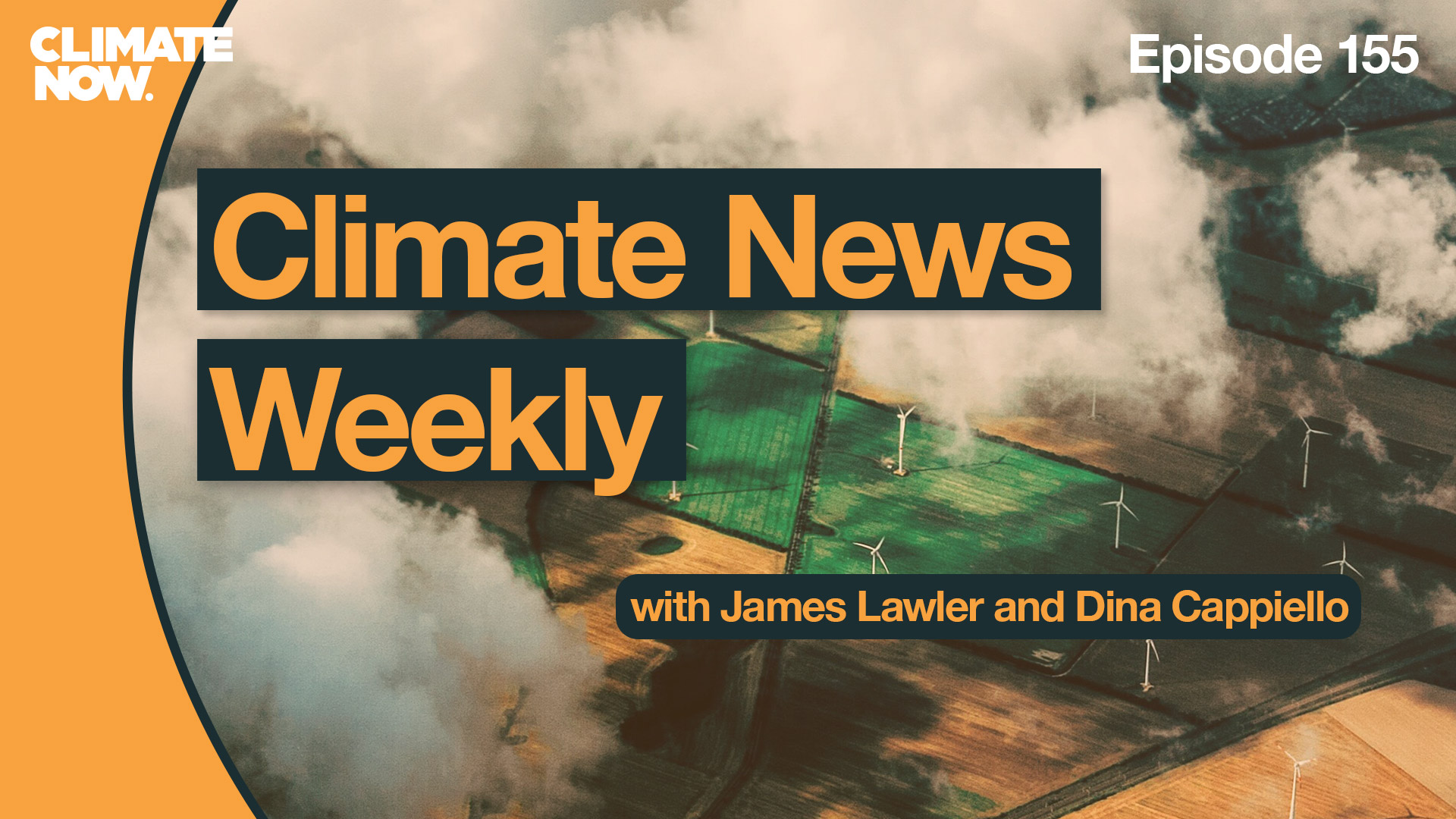

SEJ, green banks, solar sheep, and more
This week on Climate News Weekly, James Lawler is joined by Dina Cappiello. They discuss the latest on green banks, the recent turmoil at the SBTI, the power of solar sheep, and mo...


Richard Benedick, geoengineering, and more
This week on Climate News Weekly, James Lawler sits down with Julio Friedmann and Darren Hau. They discuss the passing of climate leader Richard Benedict, a new geoengineering exp...


Coal plants closing, AI for climate, and more
This week on Climate News Weekly, James Lawler and Julio Friedmann discuss coal-fired power plant closures in New England, how the DOE is spending billions to spur innovation in t...
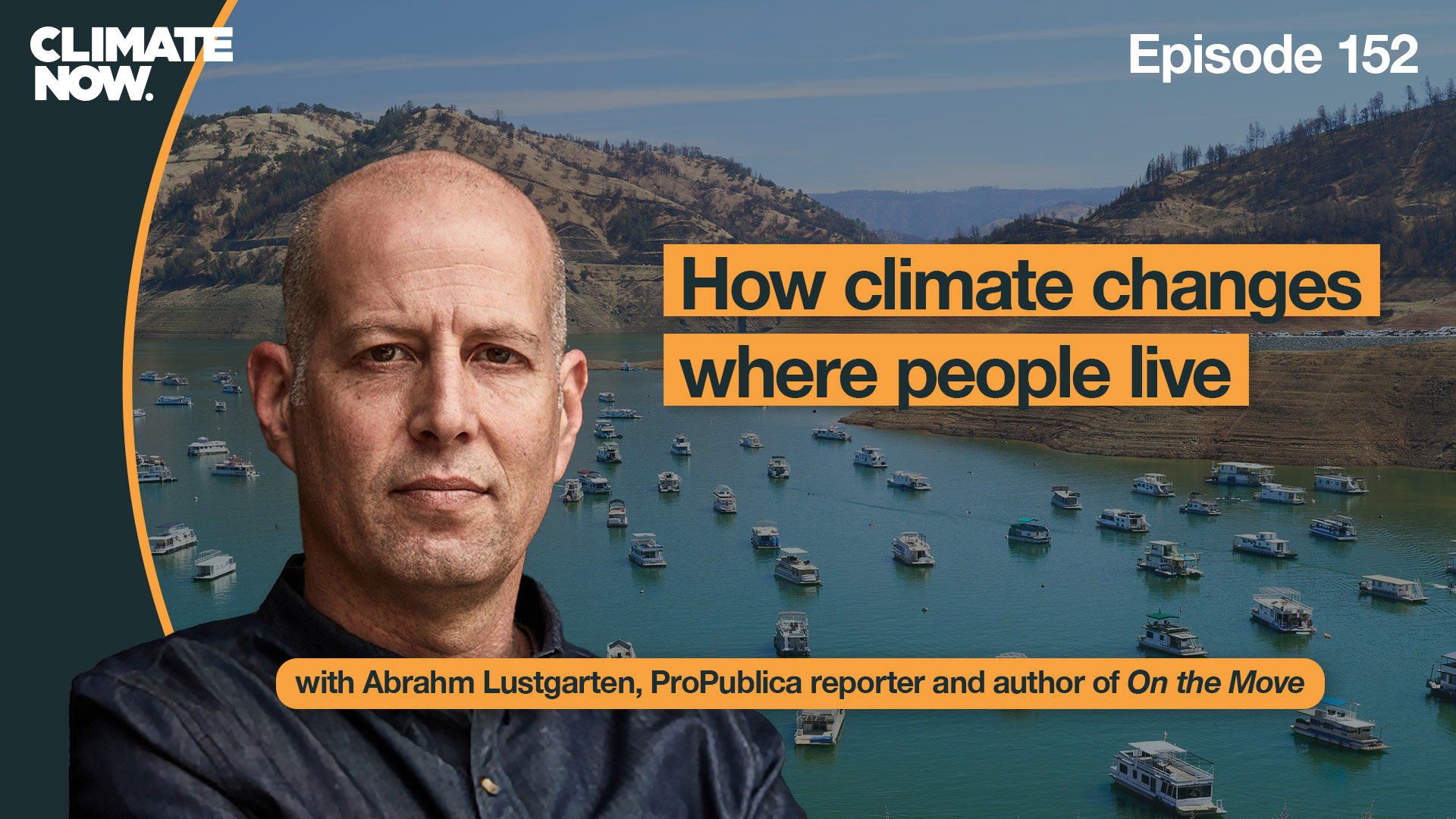

How climate changes where people live
In the U.S. alone, 162 million people will experience a worse quality of life due to the changing climate within the next 30 years. Rising sea levels stand to displace 13 millio...


Energy demand up, new battery storage, and more
This week on Climate News Weekly, James Lawler is joined by Julio Friedmann and Canary Media Reporter Julian Spector. Julio reports on his experience at CERAWeek, and discusses ris...
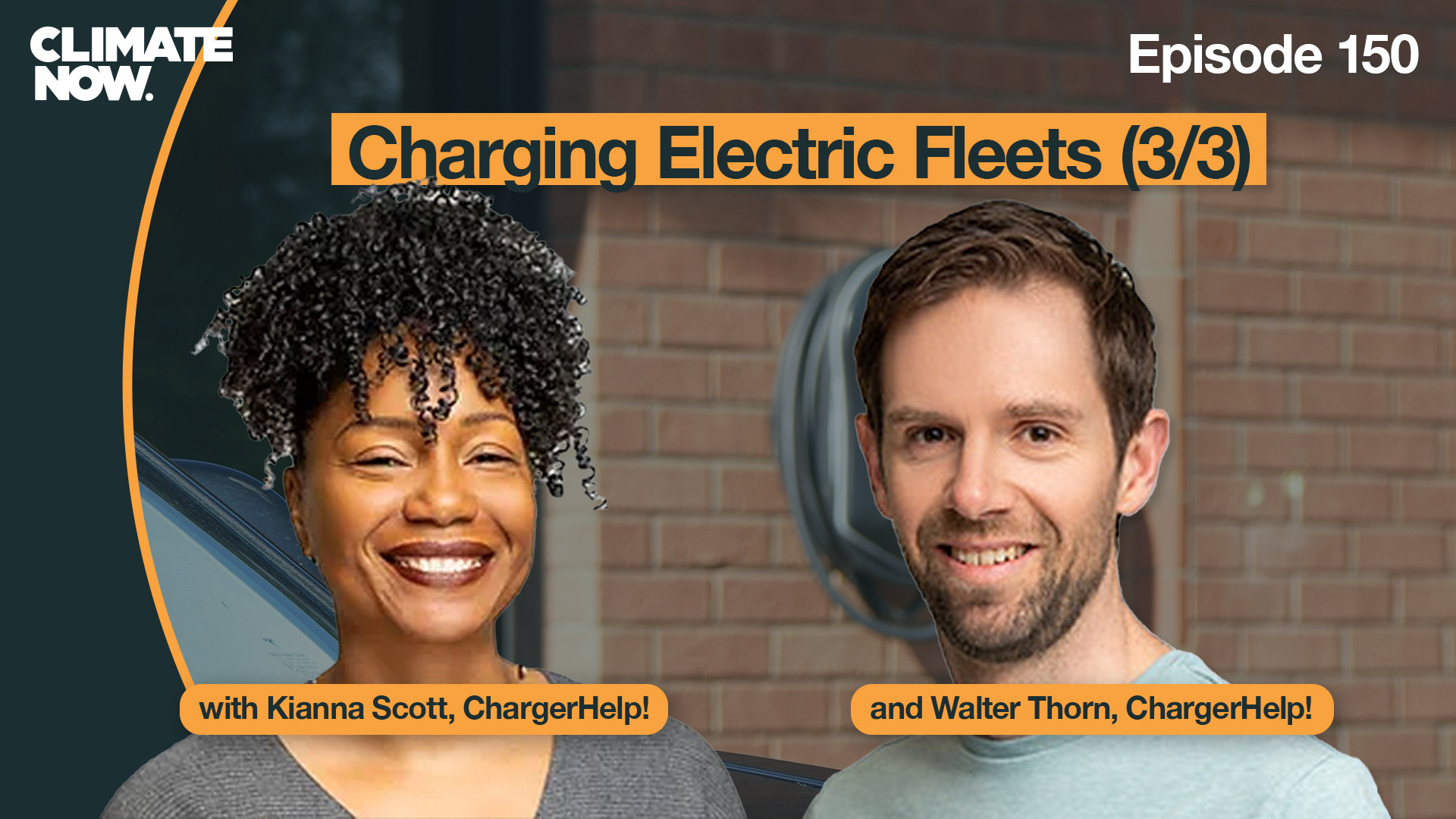

Charging Electric Fleets (3/3)
In 2023, electric vehicle drivers reported that, when pulling up to one of the more than 140,000 EV public charging stations across the United States, something went wrong about...
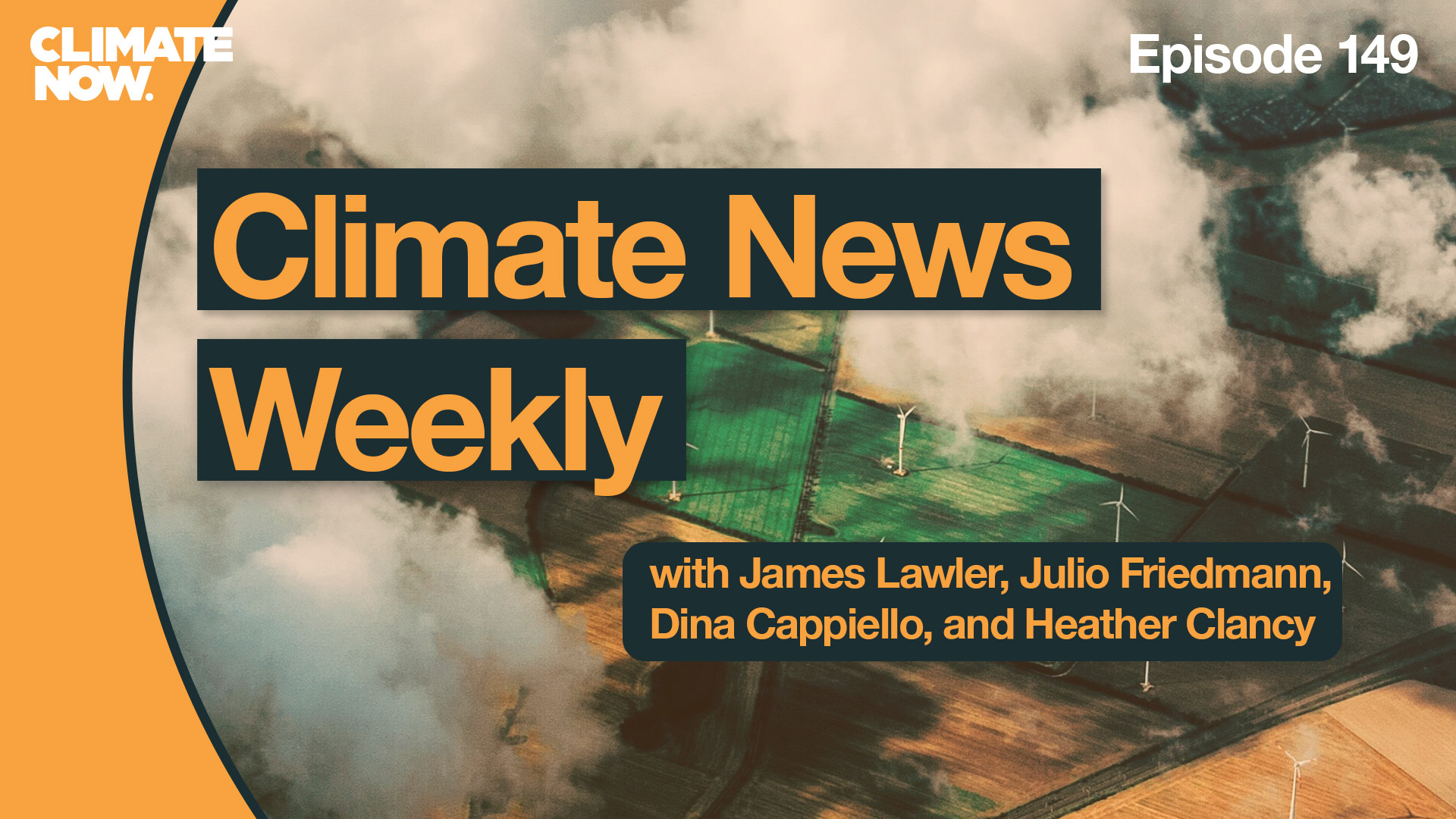

SBTI, CERAWeek, and more
This week on Climate News Weekly, James Lawler is joined by GreenBiz Editor at Large Heather Clancy, as well as regular contributors Dina Cappiello and Julio Friedmann. They discus...
MethaneSAT and the SEC
This week we’re joined by Dina Cappiello and Julio Friedmann to talk about the latest climate news. The IEA released its global warming emissions report for 2023, and emissio...
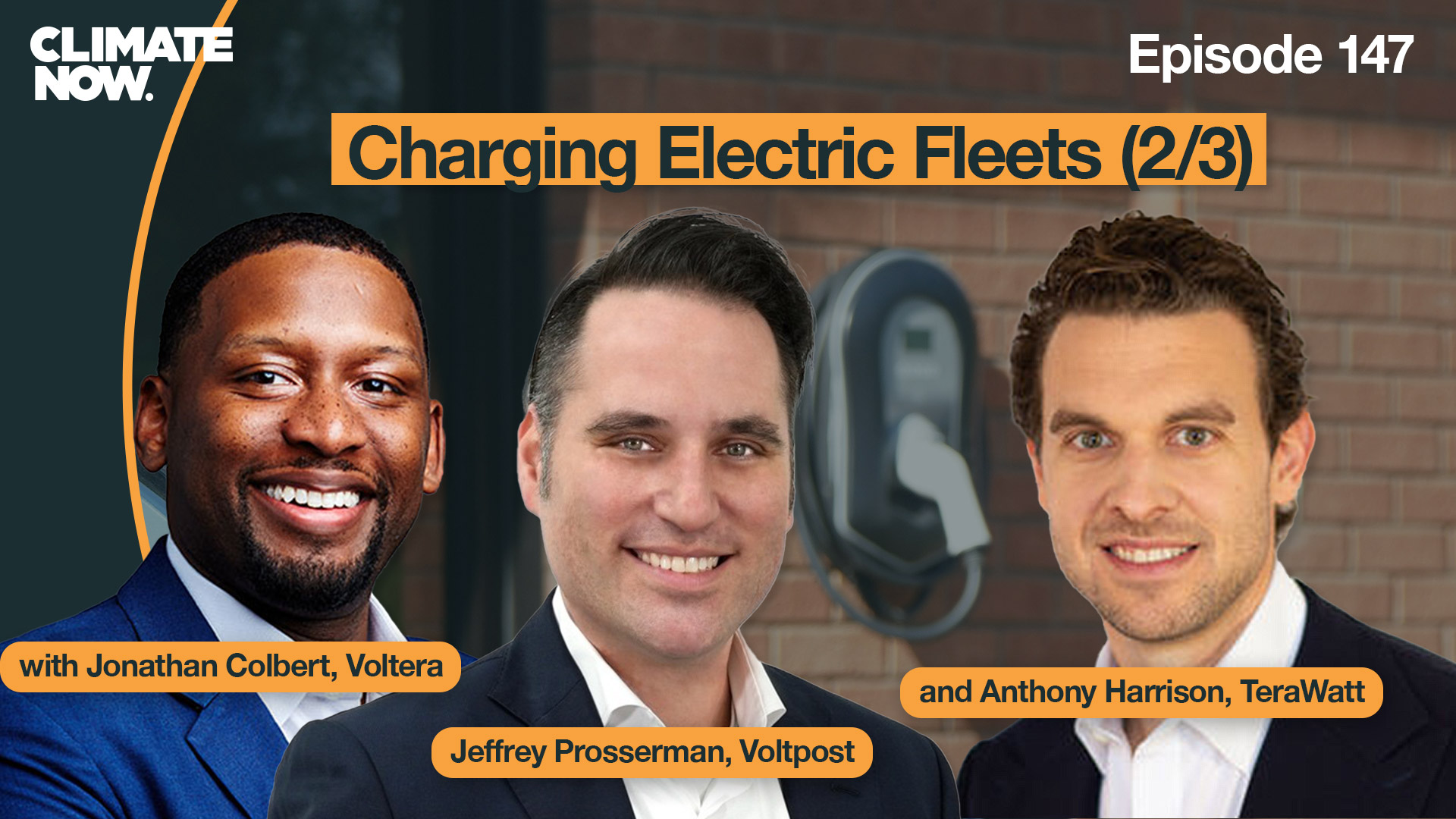

Charging Electric Fleets (2/3)
Today, given route lengths and cargo capacity, it is possible to electrify 65% of medium-duty and 49% of heavy-duty trucks. Commercial fleets’ are responding to this promise, wit...
Natural gas prices, EV leasing, and more
In this week’s episode of Climate News Weekly, James Lawler, Julio Friedmann, and Darren Hau discuss falling natural gas prices and the impact of that on the energy transitio...
Charging Electric Fleets (1/3)
In the United States, nearly one quarter of national greenhouse gas emissions come from the 280 million vehicles that drive on the nations roads each year. And while fleet vehicles...
IEA’s birthday, Siemens’ new plant, and more
On today’s episode of Climate News Weekly, James Lawler and Julio Friedmann discuss the IEA’s 50th anniversary, Siemens’ plans to open a US-based transformer plan...
Living outside our comfort zone
In the late 1970’s, English chemist Dr. James Lovelock and American biologist Dr. Lynn Margulis published a research paper hypothesizing that living organisms – without inten...
California flooding, heat pumps in the news, and more
In this episode of Climate News Weekly, James Lawler sits down with Julio Friedmann and Darren Hau to discuss potential responses to California’s most recent torrential rains...
The emerging market that is unlocking renewable projects
Passage of the U.S. Inflation Reduction Act (IRA) in 2022 was a game changer in the United States’ effort to address climate change. The hundreds of billions of dollars the IRA...
Delayed LNG terminal, Europe’s energy mix, and more
On this week’s episode of Climate News Weekly, James Lawler and Julio Friedmann discuss the consequences of the Biden administration’s decision to delay the approval of a LNG ...
Cold EVs, Hawaii’s virtual power plant, and more
This week on Climate News Weekly, host James Lawler is joined by Julio Friedmann, Darren Hau, and Canary Media Reporter Julian Spector. They discuss the various issues facing EV u...
Virtual power plants and next-gen batteries
Since 2019, the cost of wind and solar electricity production has been lower than that from fossil fuels, and costs are projected to continue falling well into the next decade. But...
Auxin solar case, Utah climate senate race, and more
Julio Friedmann, Dina Cappiello, Darren Hau and Eric Wesoff join James Lawler to discuss this week’s climate news. Why is the Auxin solar tariff case still a thing? How did we ...
Green hydrogen tax credit rules, Chinese EVs dominate, Louisiana LNG exports, and more
In this week’s episode of Climate News Weekly, Julio Friedman, Dina Cappiello, and Darren Hau join James Lawler to discuss the US Treasury’s new guidance for what can qualify ...
Direct Air Capture (DAC)
Removing carbon dioxide from the atmosphere through direct air capture (DAC) has the potential to eliminate billions of tonnes of CO2, but this process requires an increase in rene...
Biomass Carbon Removal and Storage (BiCRS)
Biomass Carbon Removal and Storage, or BiCRS, is a technique used to capture and store carbon dioxide by utilizing plants to absorb carbon from the atmosphere. Carbon is stored by ...
Geologic Storage and Transportation
Geologic storage plays a crucial role in removing carbon from the atmosphere, offering a means of long-term storage for CO2. Building on existing comprehensive research on this top...
Cropland Soils
Increasing organic carbon stocks in cropland soils is a key strategy for soil-based carbon dioxide removal in the U.S. Croplands are already managed and cover a large area of land....
Forests
Forests are important for climate mitigation, acting as living “direct air capture machines” that absorb carbon dioxide, and can also transport and store that CO2 in plant tiss...
Overview
There is an urgent need to remove carbon dioxide (CO2) from the atmosphere to ensure climate security and resilience. In 2022, the United States set a goal of developing carbon dio...
The Voluntary Carbon Offset Market (3/3)
In January of 2023, a headline from Boston Consulting Group read: The voluntary carbon market [VCM] is thriving. Their evidence? A 4-fold increase in the value of the market in the...
The Voluntary Carbon Offset Market (2/3)
Join us for the second of our three-part series on voluntary carbon offset markets, where we take a look at three companies that have very different strategies for removing carbon ...


The Voluntary Carbon Offset Market (1/3)
The voluntary carbon offset market (VCM) – in which customers can pay for third-parties to avoid emitting CO2 or remove it from the atmosphere on their behalf – has existed for...


Top Stories of 2023, including COP28 deal, methane tracking, climate risks, and more
For our last episode of Climate News Weekly this year, we’re reviewing the top climate space stories of 2023 according to our series regulars Julio Friedmann, Dina Cappiello, and...
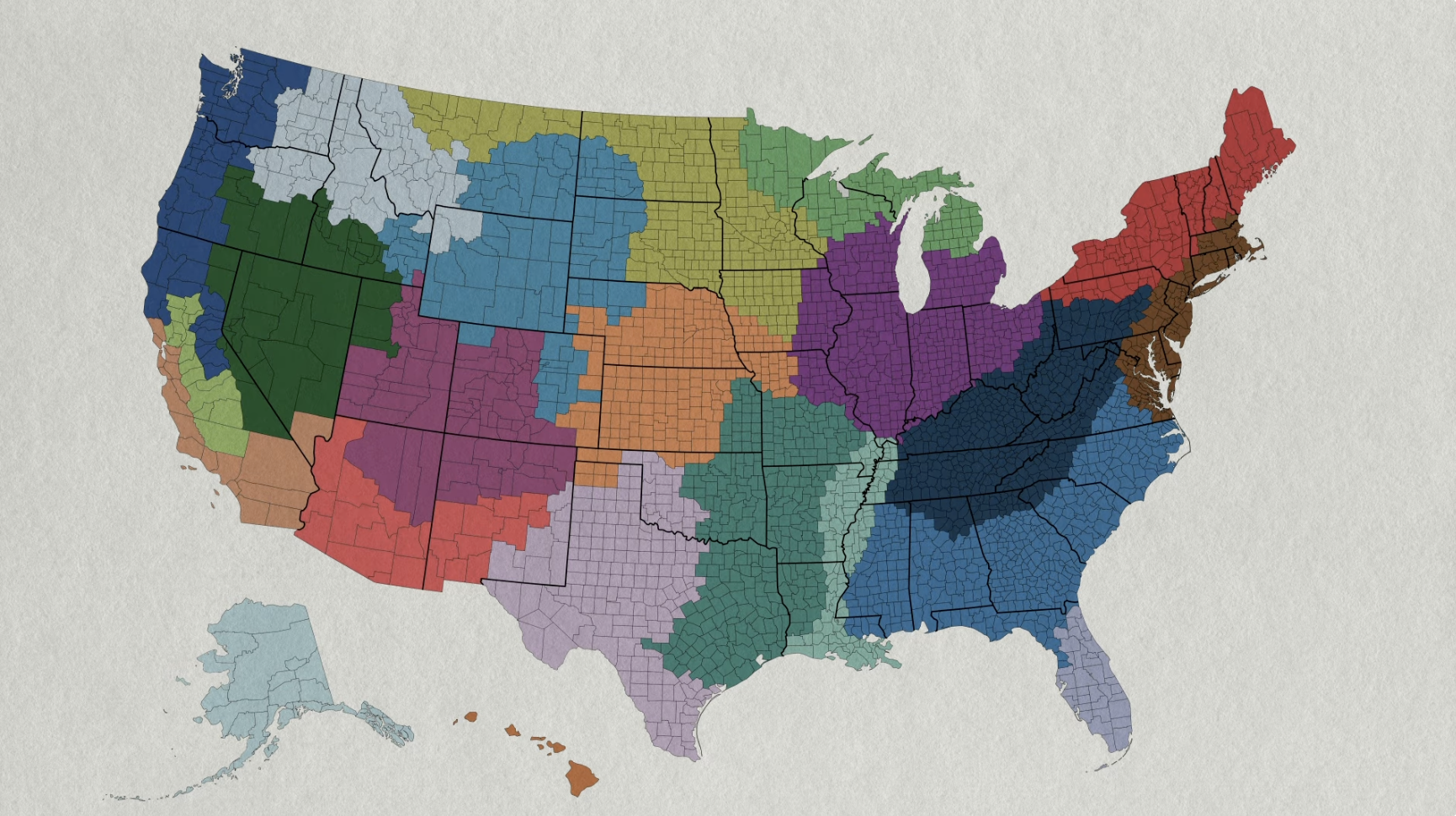

Roads to CO2 Removal
How much CO2 is it possible to remove in the United States and at what cost? Lawrence Livermore National Laboratory scientists and researchers from more than a dozen institutions h...
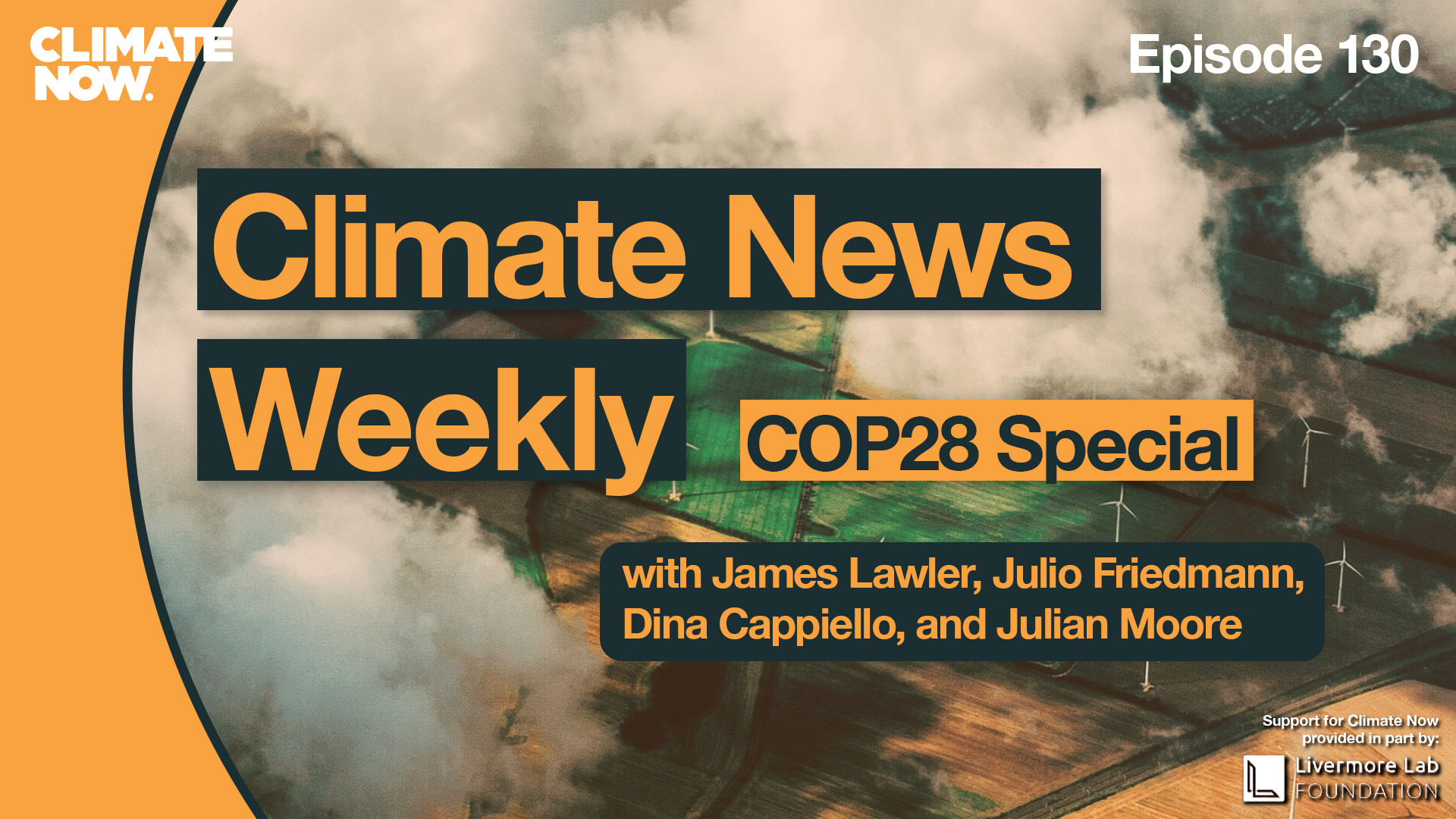

COP28 coverage, including global health, carbon capture, and “phase out vs phase down”
Today in Climate News Weekly, we continue our coverage of COP28 with three people who each covered a different aspect of the conference. First, we speak with Julian Moore of Climat...
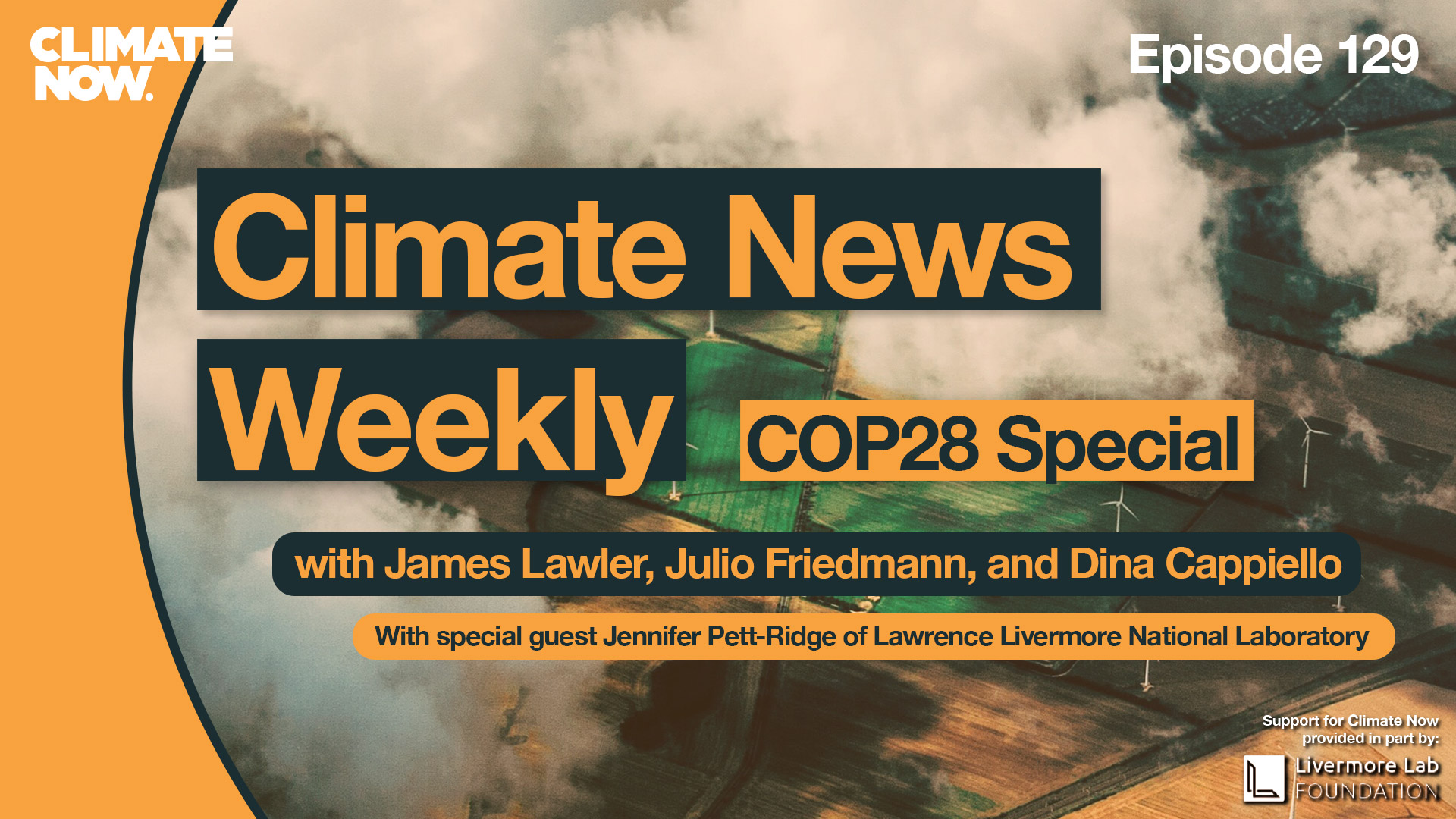

Roads to Removal Report preview and live from COP28
On this week’s episode of Climate News Weekly, host James Lawler sits down with Dr. Jennifer Pett-Ridge, Senior Staff Scientist at Lawrence Livermore National Lab, to discuss an ...
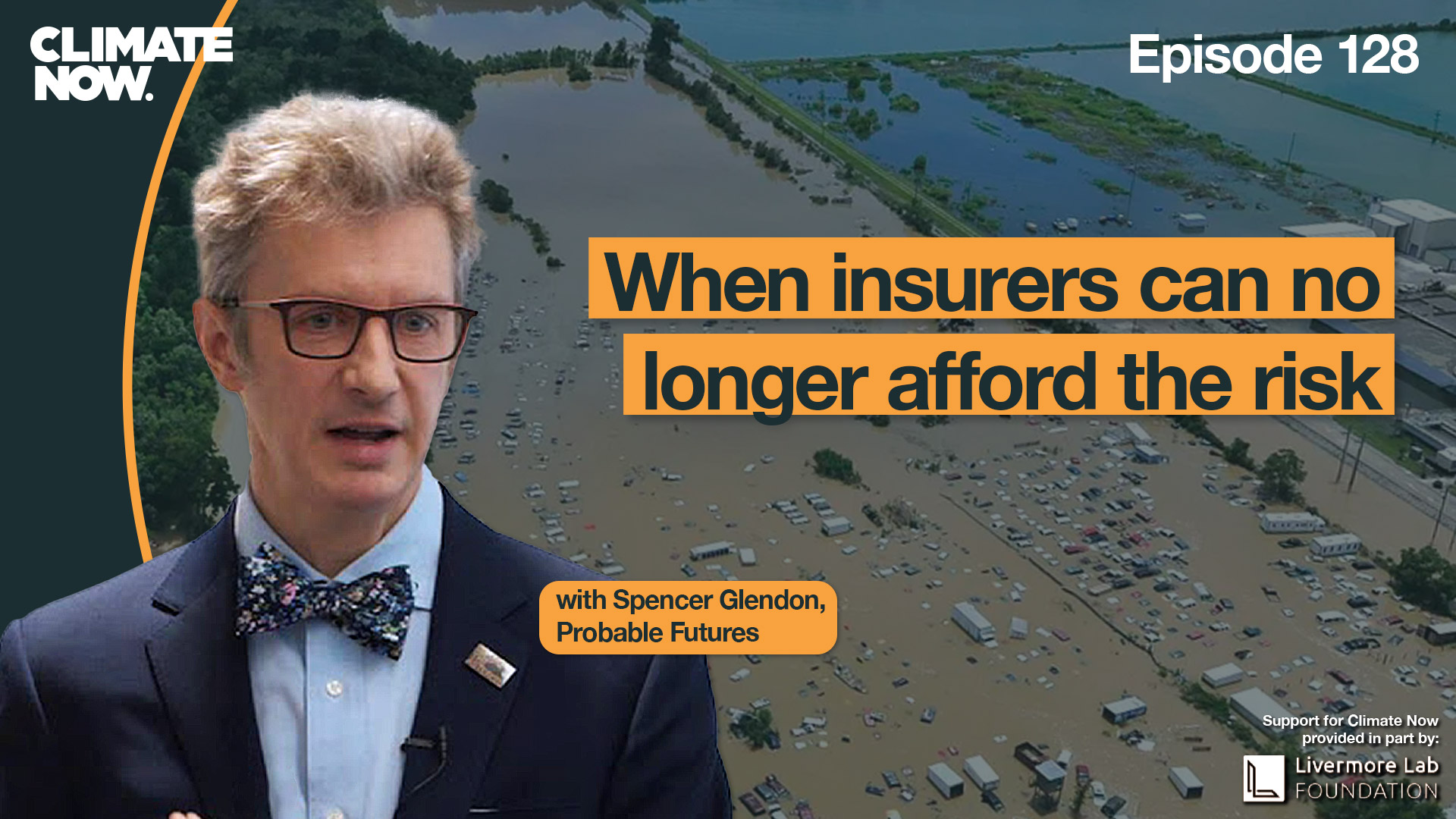

When insurers can no longer afford the risk
In 2023, two major insurers joined a growing list of companies that will no longer offer new home insurance policies in California. In Florida, the situation is worse, with more th...
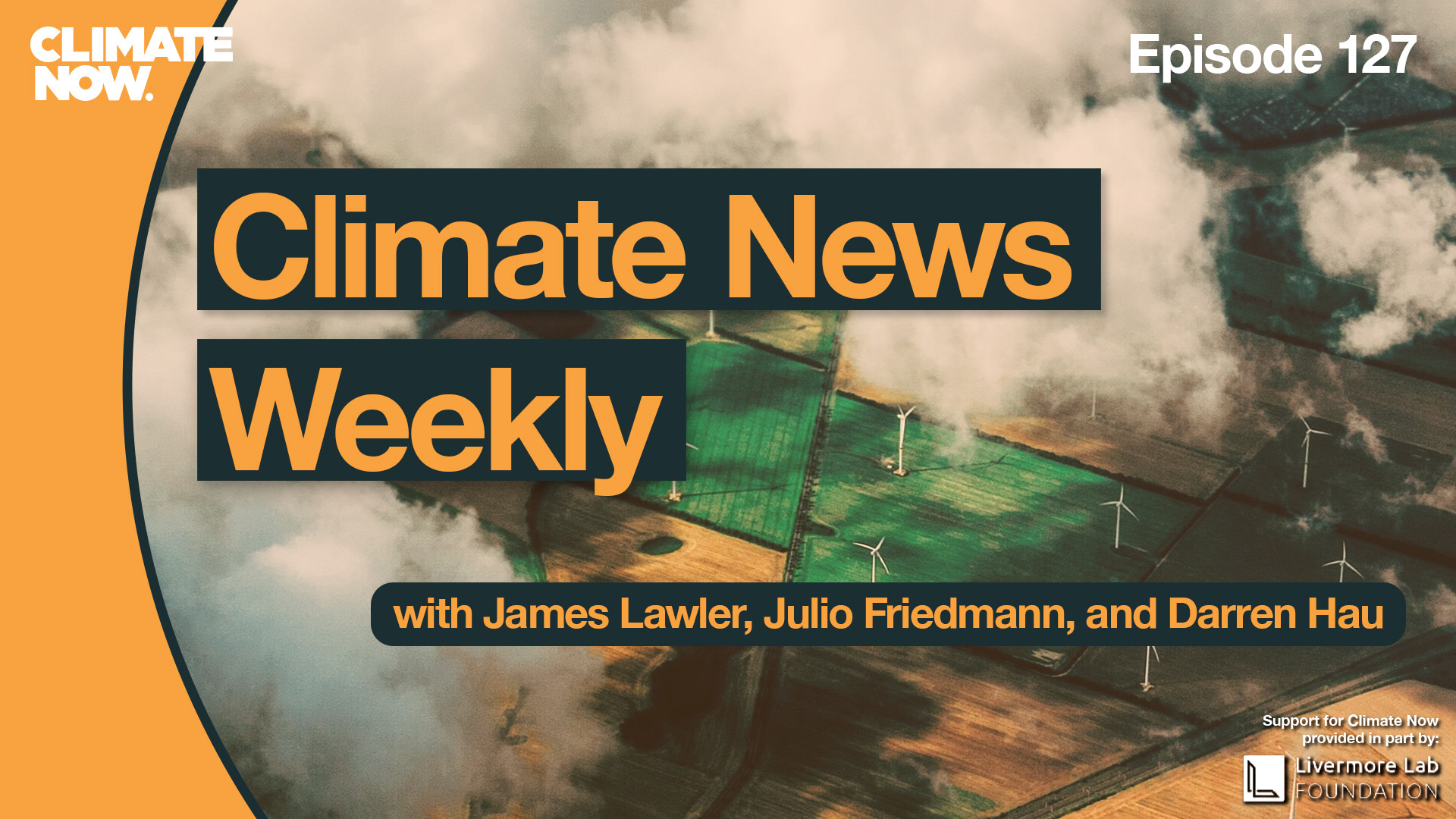

US-China Climate Statement, More Lithium, Fifth National Climate Assessment, Taylor Swift, and more
On this week’s episode of Climate News Weekly, James Lawler is joined by Julio Friedmann and Darren Hau as they discuss the latest US-China climate statement ahead of COP28, n...
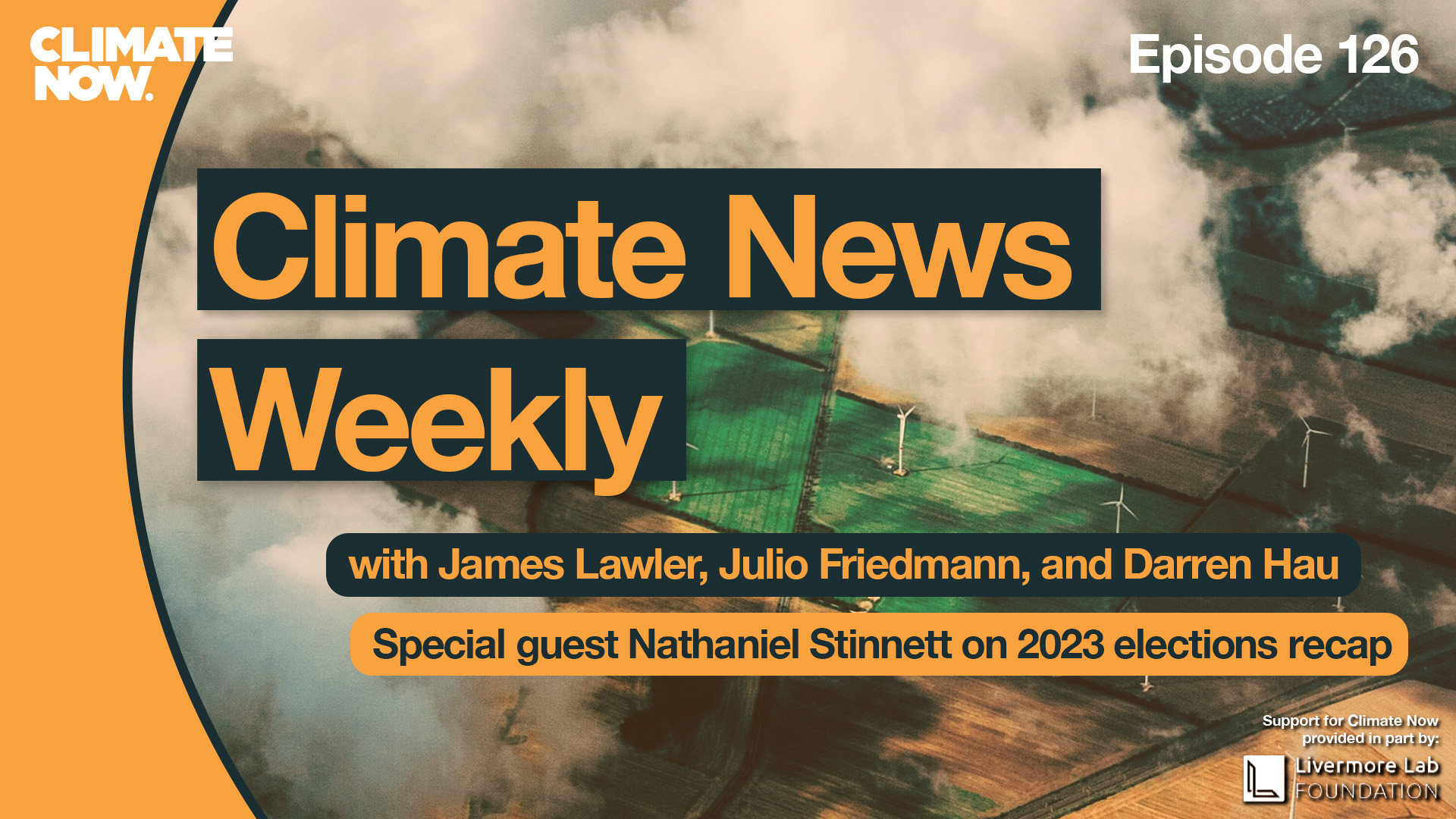

2023 Elections Recap, EV adoptions, new DAC facility breaks ground, and more
In this week’s episode of Climate News Weekly, James Lawler and Ben Hone, Climate Now’s Marketing Manager sit down with Nathaniel Stinnett, Founder & Executive Director of ...
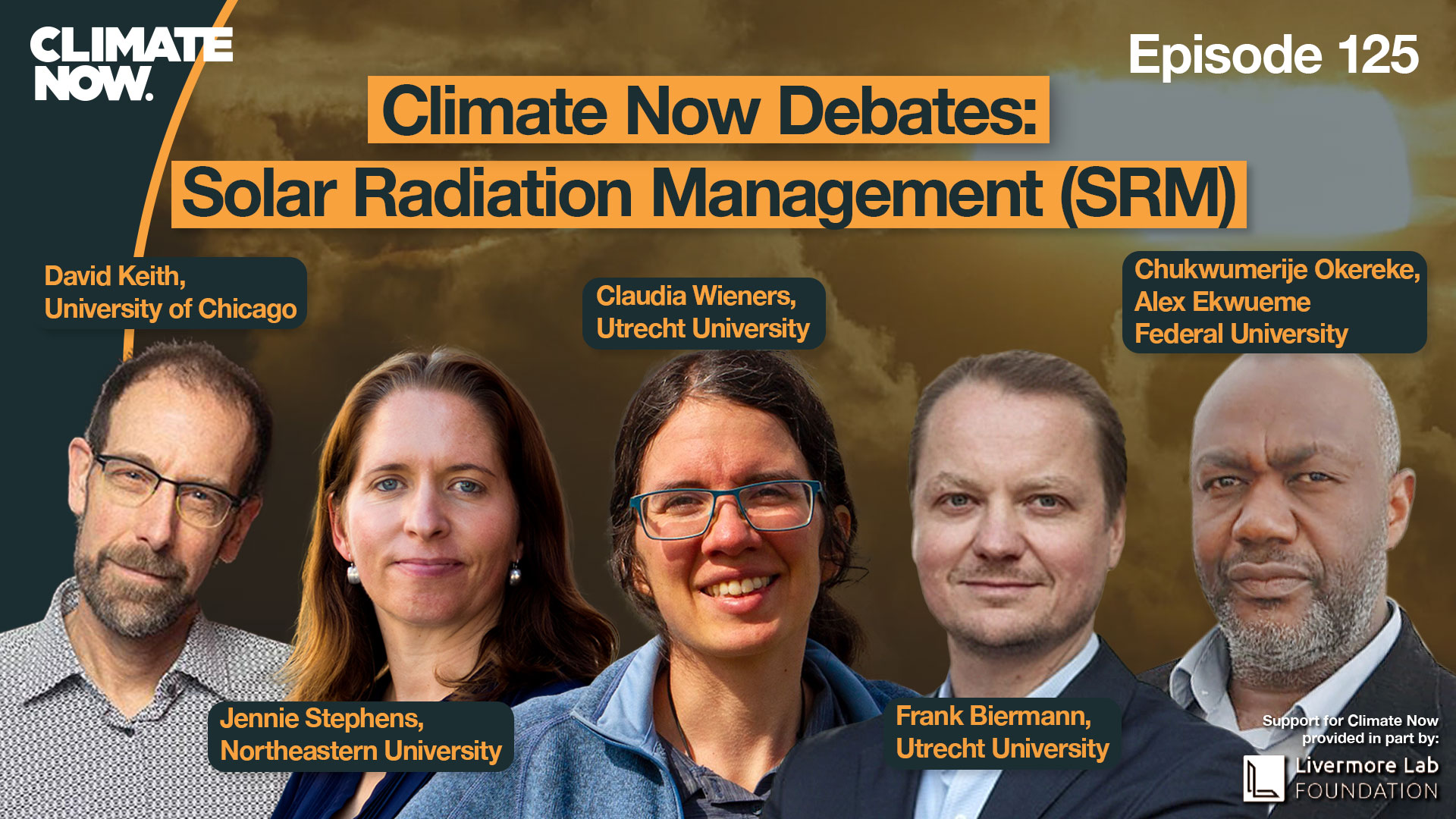

Climate Now Debates: Solar Radiation Management (SRM)
“Geoengineering” refers to the intentional intervention in Earth processes for the purpose of mitigating climate change. A controversial topic, geoengineering is typically divi...


Remembering Saleemul Huq, Panama Canal Troubles, US Offshore Wind Power Saga Continues
On today’s Climate News Weekly episode, James Lawler is joined by Julio Friedmann. They pay tribute to Saleemul Huq, leading climate action advocate from Bangladesh who passed a...
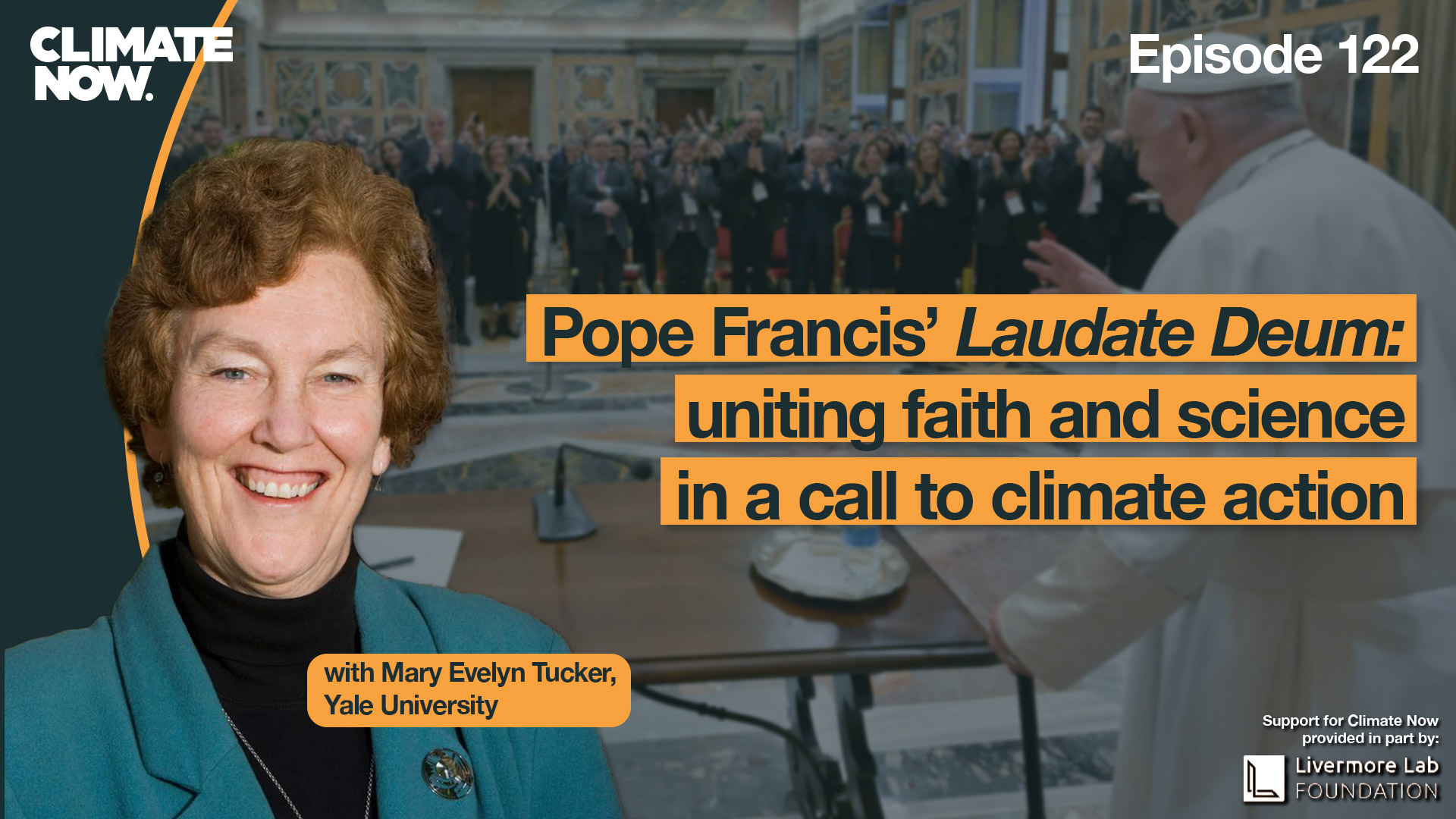

Pope Francis’ Laudate Deum: uniting faith and science in a call to climate action
In 2015, Pope Francis – head of the Catholic Church – published Laudato Si: On Care For Our Common Home, a “papal cyclical,” or open letter, to the world’s more than 1.3 ...


Grid Upgrades, Species Extinction, New European Reporting Rules, and more
On today’s Climate News Weekly episode, James Lawler, Julio Friedmann, and Dina Cappiello discuss the need to invest in our grids to ensure a reliable energy transition, in the...
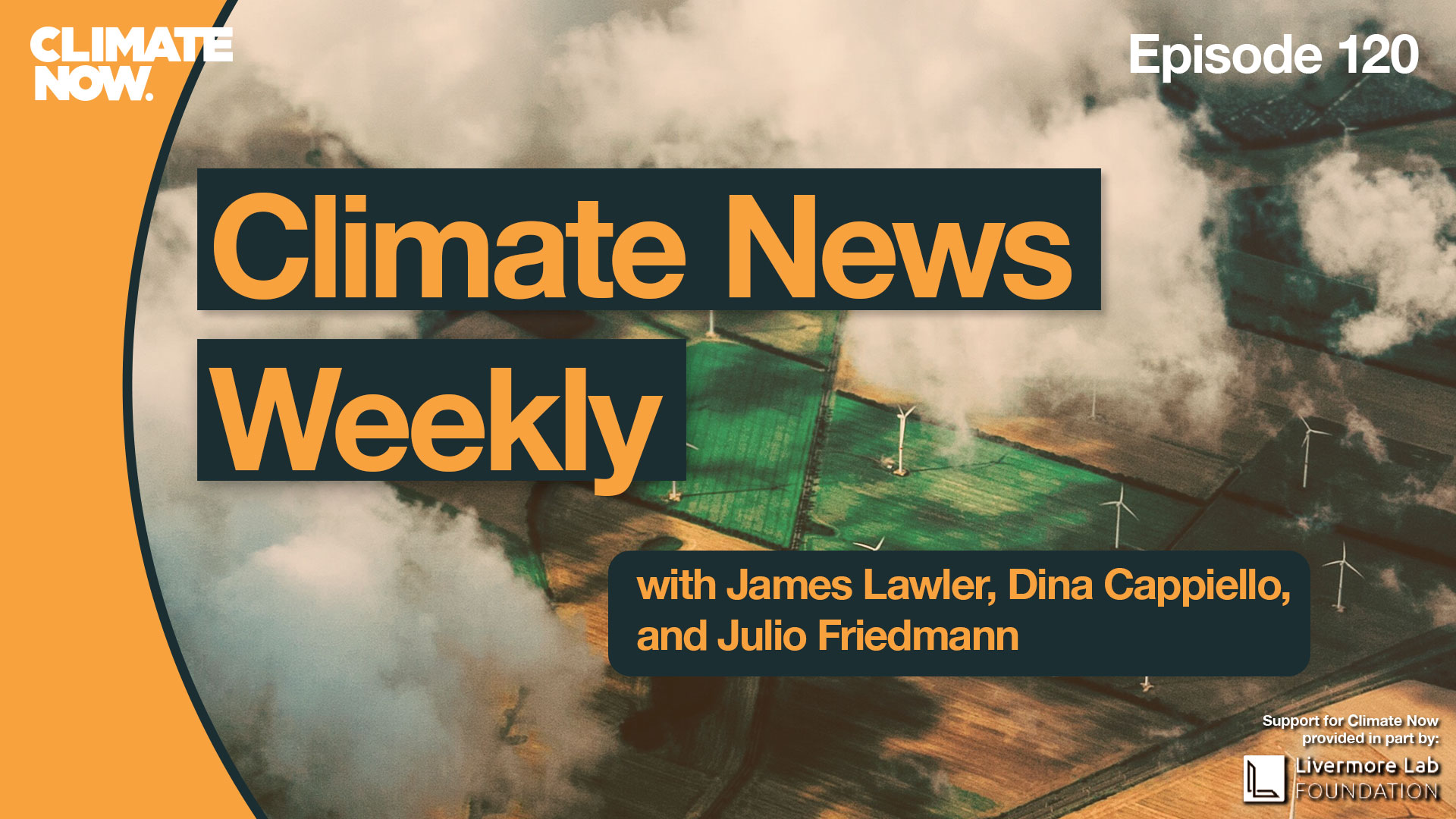

Tesla Price Drop, Exxon Buys Pioneer, New Hydrogen Hubs, and more
On today’s Climate News Weekly episode, James Lawler, Julio Friedmann, and Dina Cappiello discuss Tesla’s new prices for their electric vehicles, Exxon’s massive pu...


Energy Superhighways: Bridging the Gap for Clean Energy
The US’s energy system is at a crossroads. As more and more renewable energy projects come online and demand for electricity keeps rising, many utilities and developers are b...
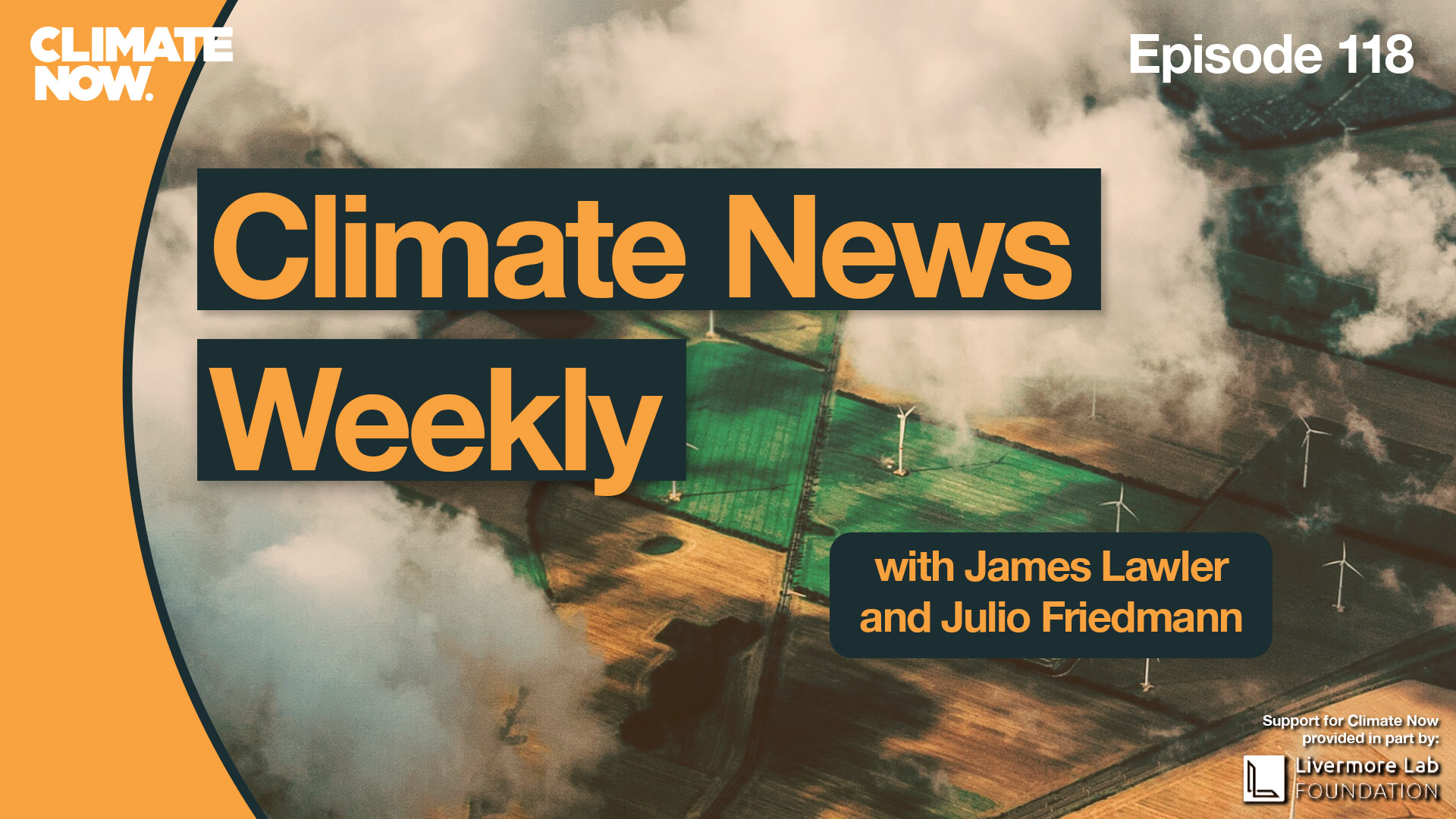

Paying Firefighters, Oil Conference, Pope’s Message on Climate Action, and more
On today’s Climate News Weekly episode, James Lawler and Julio Friedmann discuss how a US government shut down could impact firefighter pay, the oil and gas industry Adipec con...
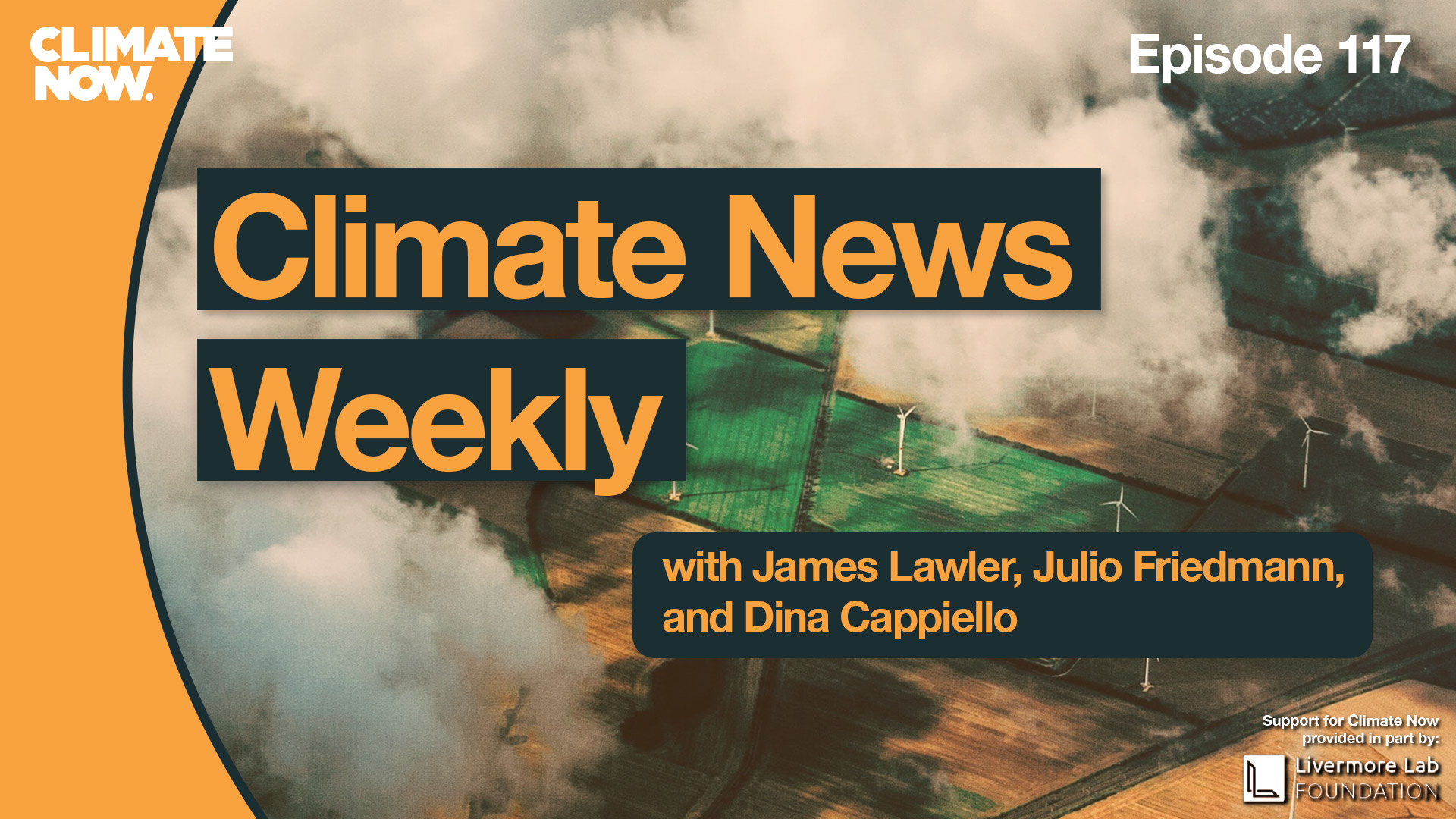

Climate Week NYC recap, IEA’s new 1.5°C scenario, new geothermal plant, and more
On today’s Climate News Weekly episode, Dina Cappiello recaps her Climate Week NYC experience. We discuss the International Energy Agency’s updated 1.5°C scenario, including ...
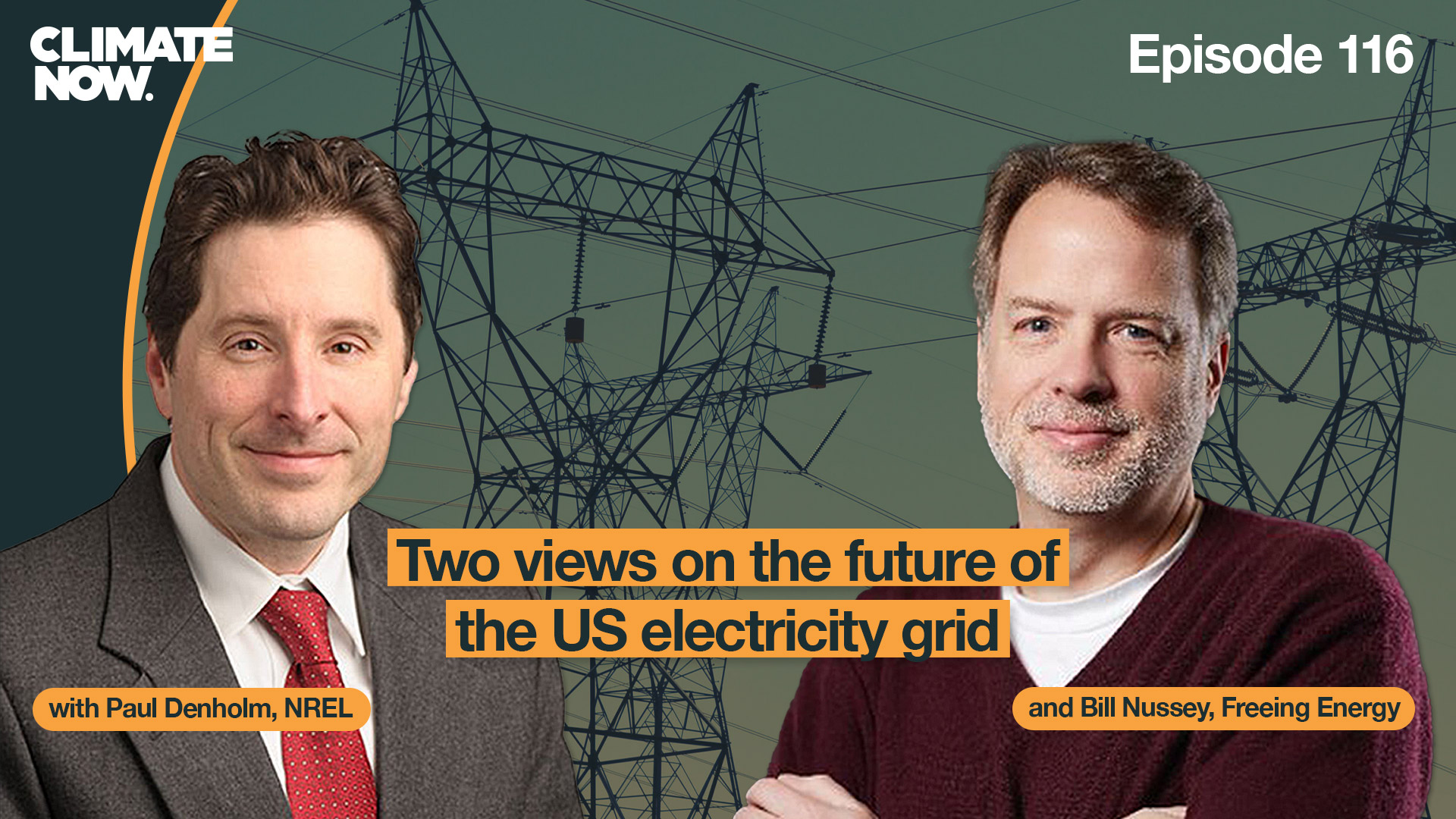

Two views on the future of the US electricity grid
The United States’ aging electricity grid is a problem. Over 70% of the major transmission networks – which transfer electricity from power generation centers to endpoint users...
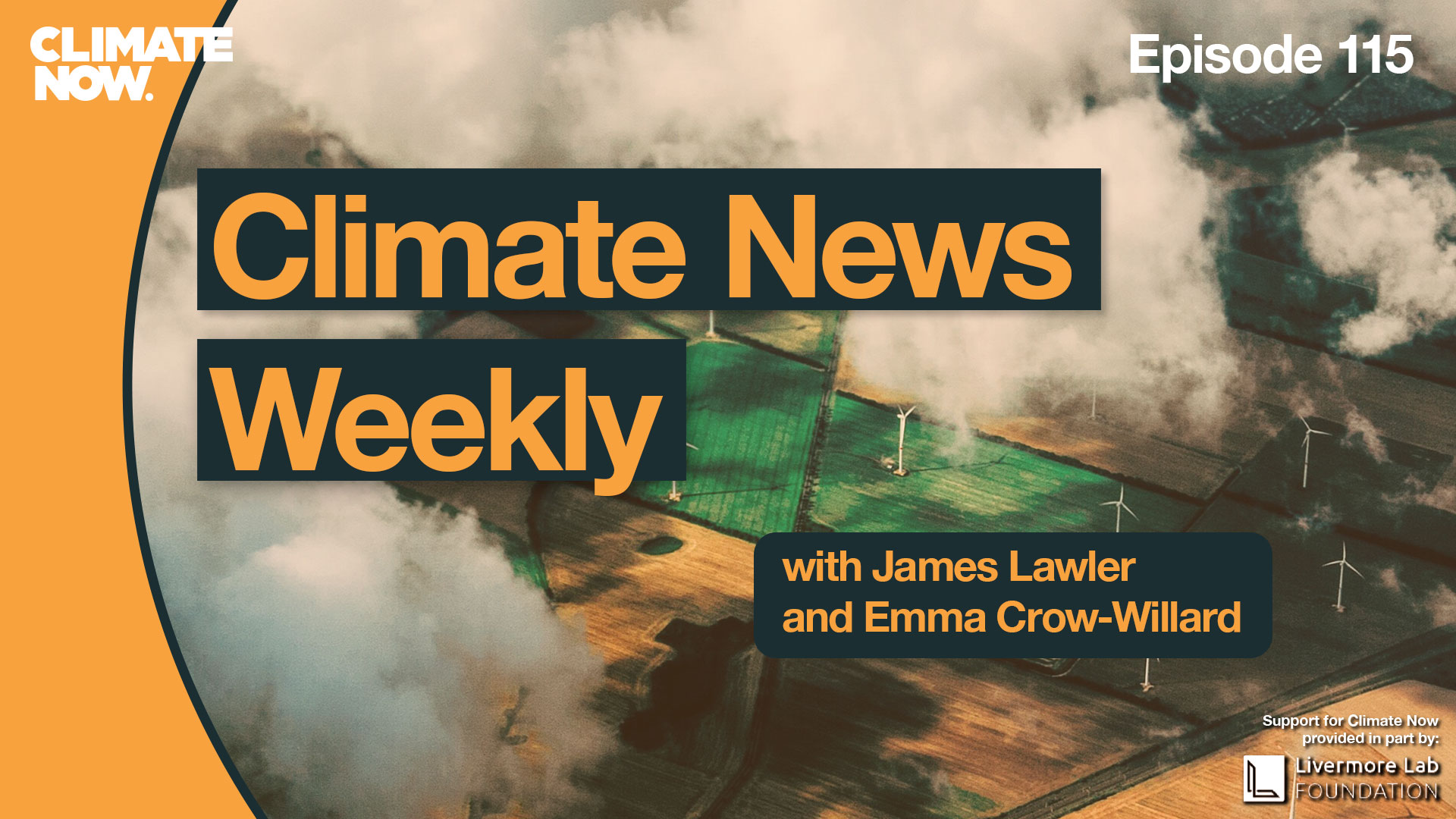

Decarbonizing Heavy Industry, Europe’s Deadly Air Quality, Insurance at Risk, and more
From a new White House climate jobs training program that echoes the Civilian Conservation Corp of the FDR era, to UK’s Prime Minister Rishi Sunak rolling back carbon reduction t...
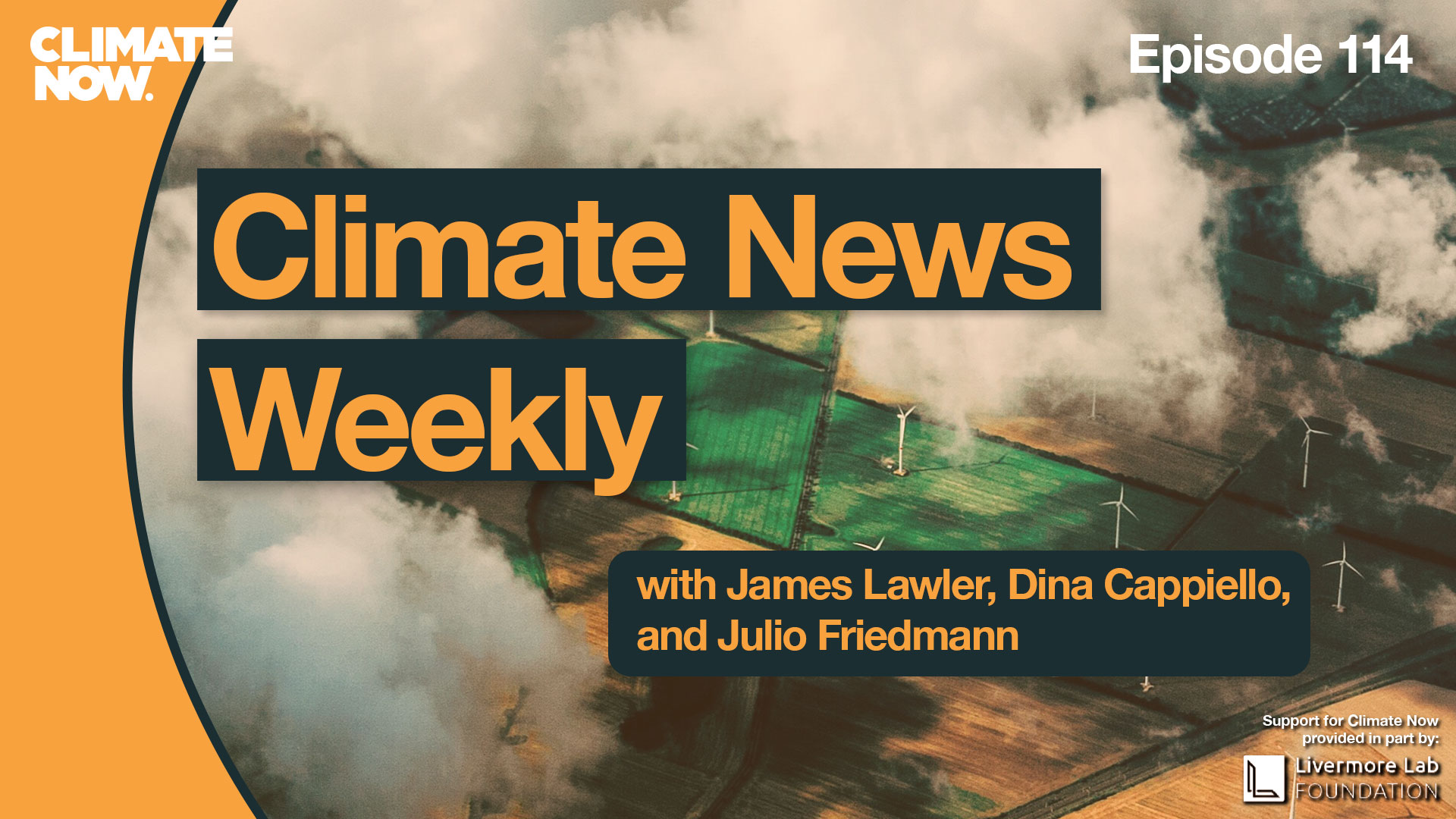

Apple’s Green Ad, Peak Fossil Fuels, G20, and more
This has been a big week for nations and companies ‘talking the talk’ about reducing their emissions footprints, from updated commitments at the G20 summit, to a carbon-neutral...


The IRA Progress Report
When the U.S. Inflation Reduction Act was signed into law in August 2022, policy analysts predicted that the incentives it provided for renewable energy deployment, home electrif...
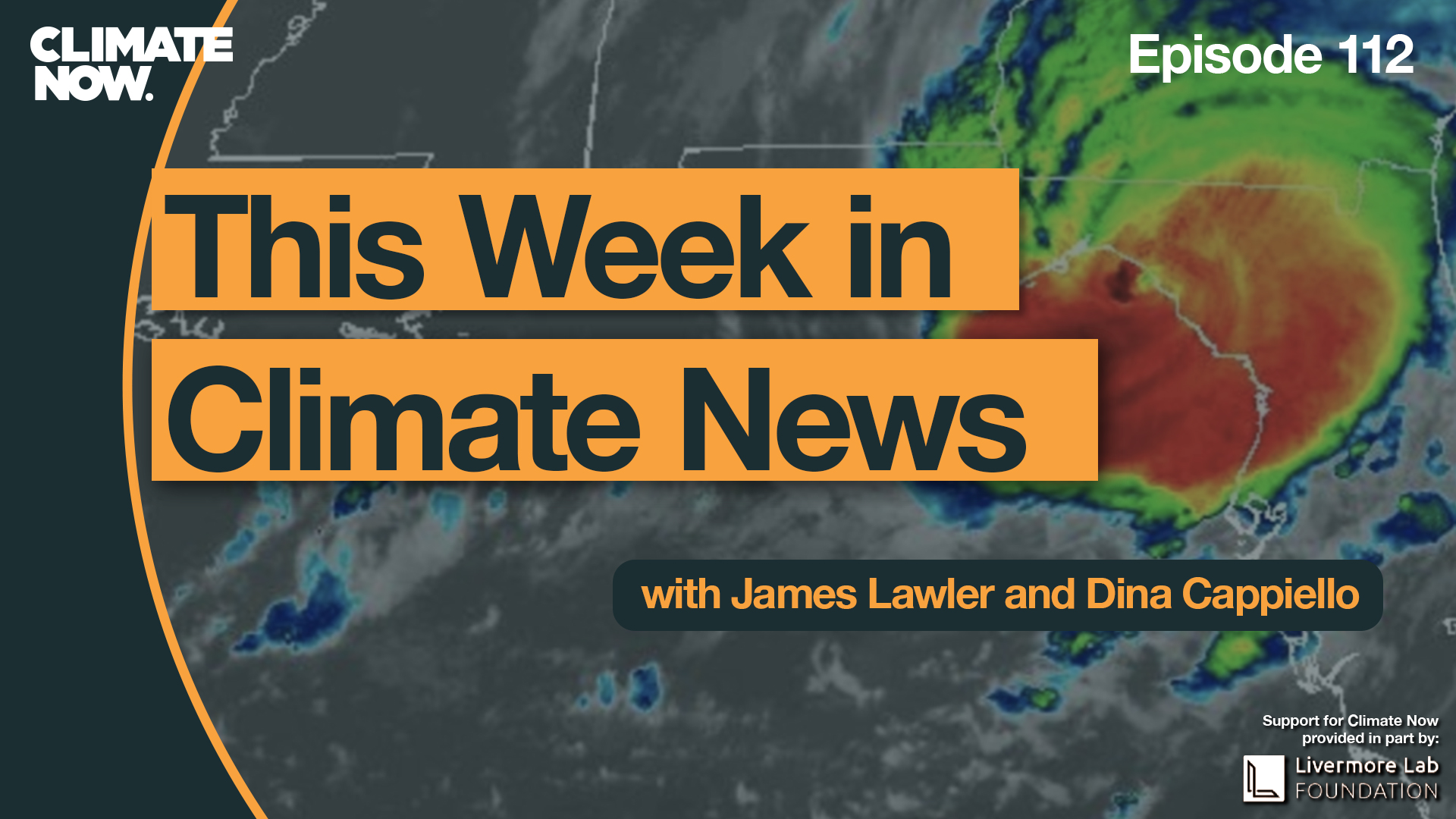

Hurricane Idalia, Insurance Companies Leaving FL and CA, Ecuador’s Big Climate Win, and more
This week, listen to our news segment with Dina Cappiello, in which we cover the drivers of hurricane Idalia’s destructive impact on Florida, Georgia, and the Carolinas, fu...
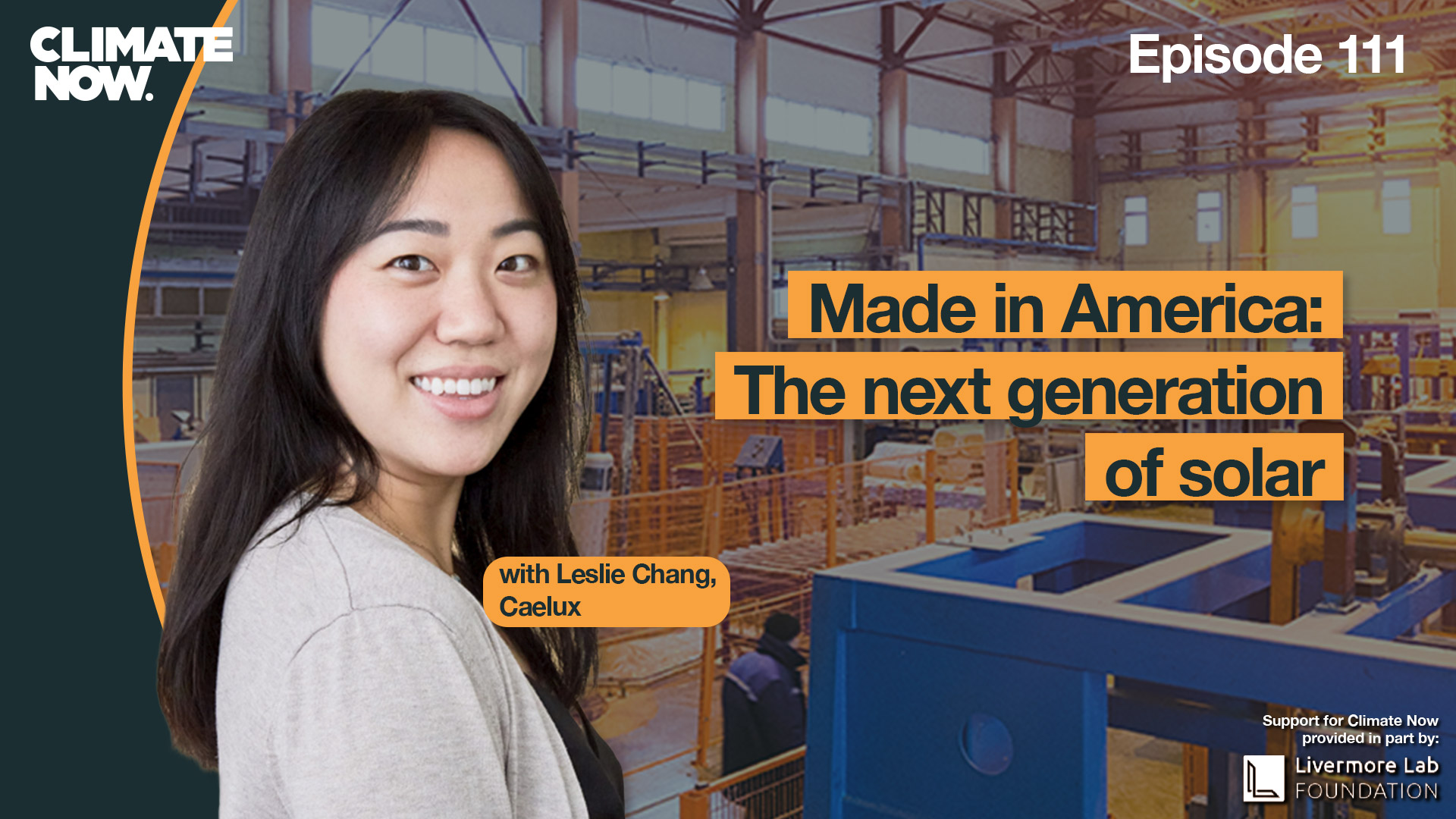

Made in America: The next generation of solar
You may recall an Auxin Solar tariff case in which a small domestic solar PV manufacturer, Auxin Solar, alleged that solar cells produced in Cambodia, Thailand, Malaysia, and Vietn...


Building Solar Neighborhoods
There are over 8 billion square meters of rooftops in the US that are viable for solar energy generation, and could produce as much as 40% of national energy needs. And yet, only...
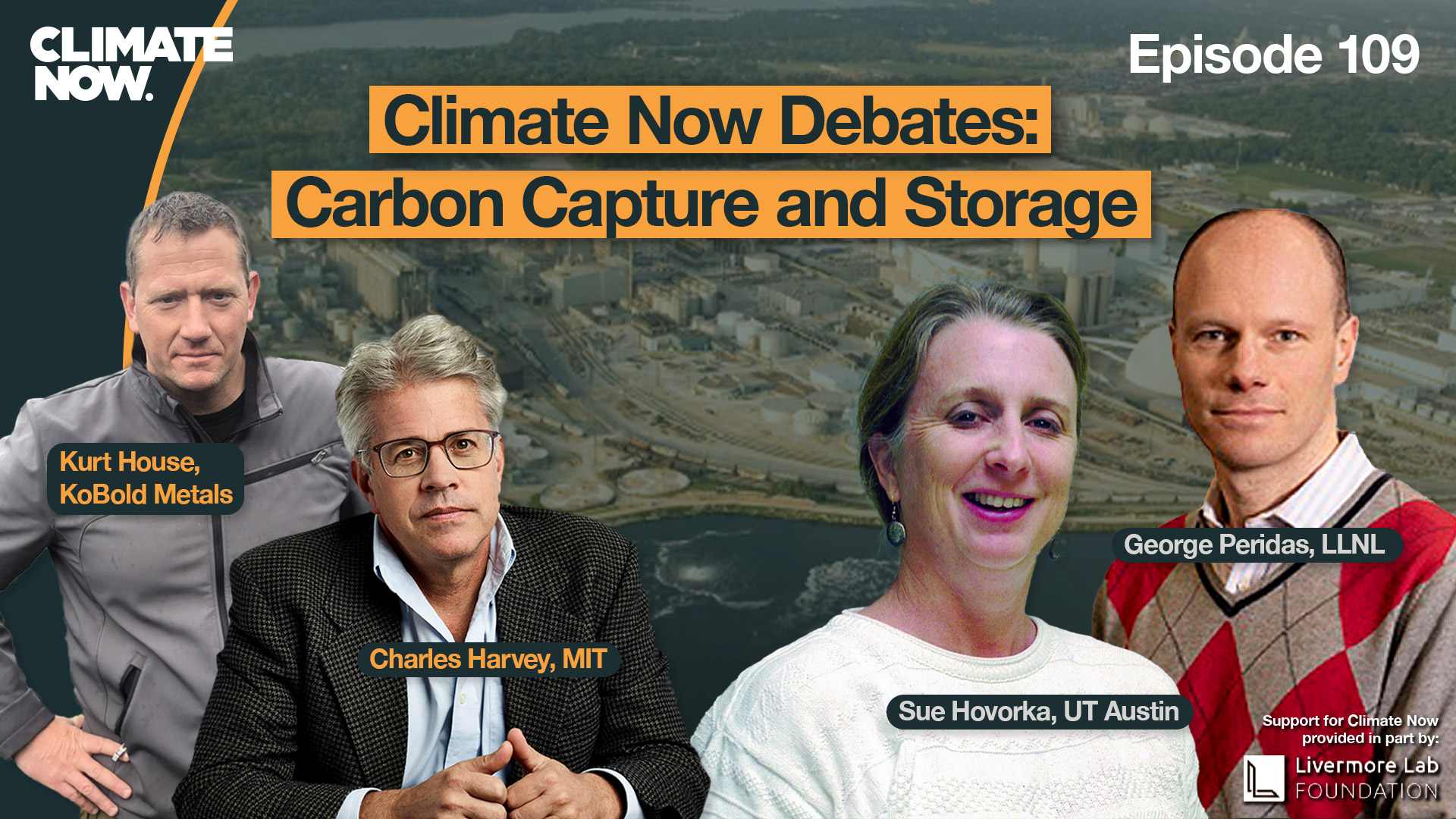

Climate Now Debates: Carbon Capture and Storage
One of the most controversial parts of the 2022 Inflation Reduction Act – the most ambitious climate spending bill in history – was the large pot of federal dollars tha...
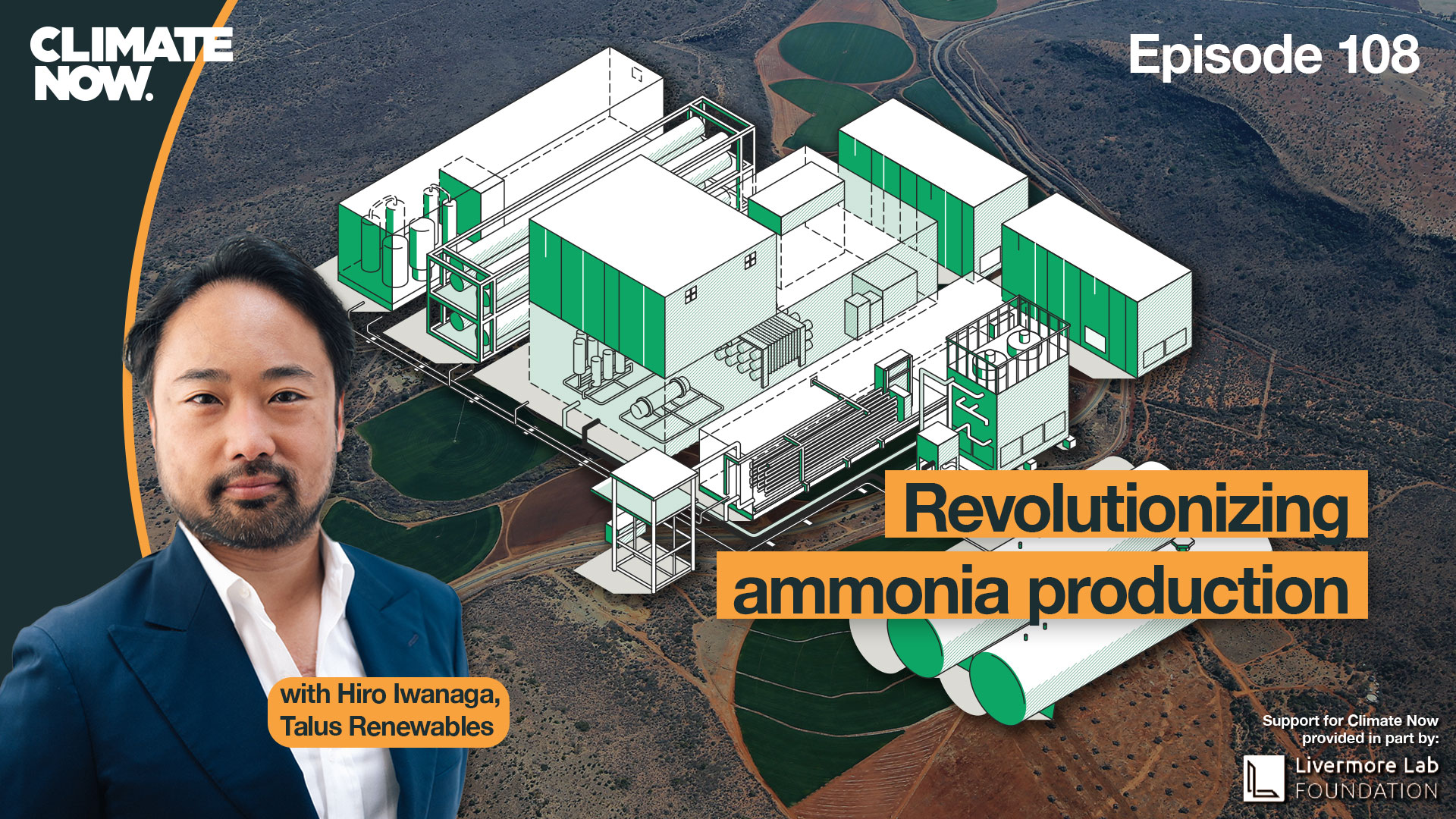

Revolutionizing ammonia production
The Nobel-prize winning discovery of how to create synthetic ammonia has been called the “most momentous technical advance in history,” and for good reason. Today about half of...


What happens after forests burn?
2020 was a record breaking season for forest fires in California. Over 4 million acres burned, releasing enough CO2 into the atmosphere to wipe out the prior 18 years of emissions ...


Tracking Methane Leaks for Planet and Profit
In September 2022, two pipelines carrying natural gas from Russia across the floor of the North Sea were sabotaged, rupturing and emitting an estimated 500,000 tons of the potent g...
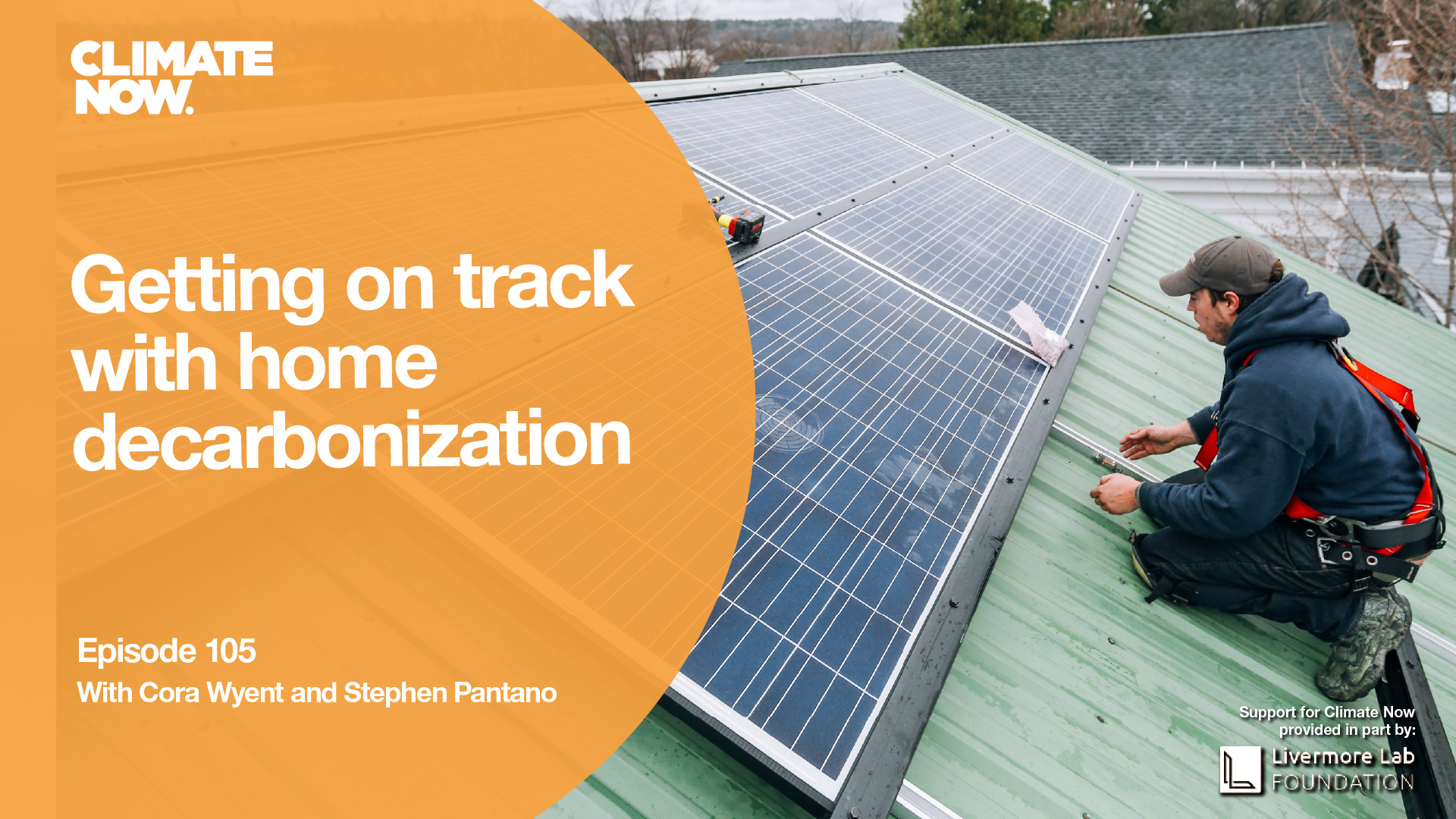

Getting on track with home decarbonization
The Biden Administration in the U.S. has set a goal of achieving a net-zero emissions economy by 2050, which among other things means that U.S. households, and the appliances and m...


In the Navy! There is a climate action plan
In 2003, the U.S. Department of Defense released a report entitled, “An abrupt climate change scenario and its implications for United States national security,” which “imagi...
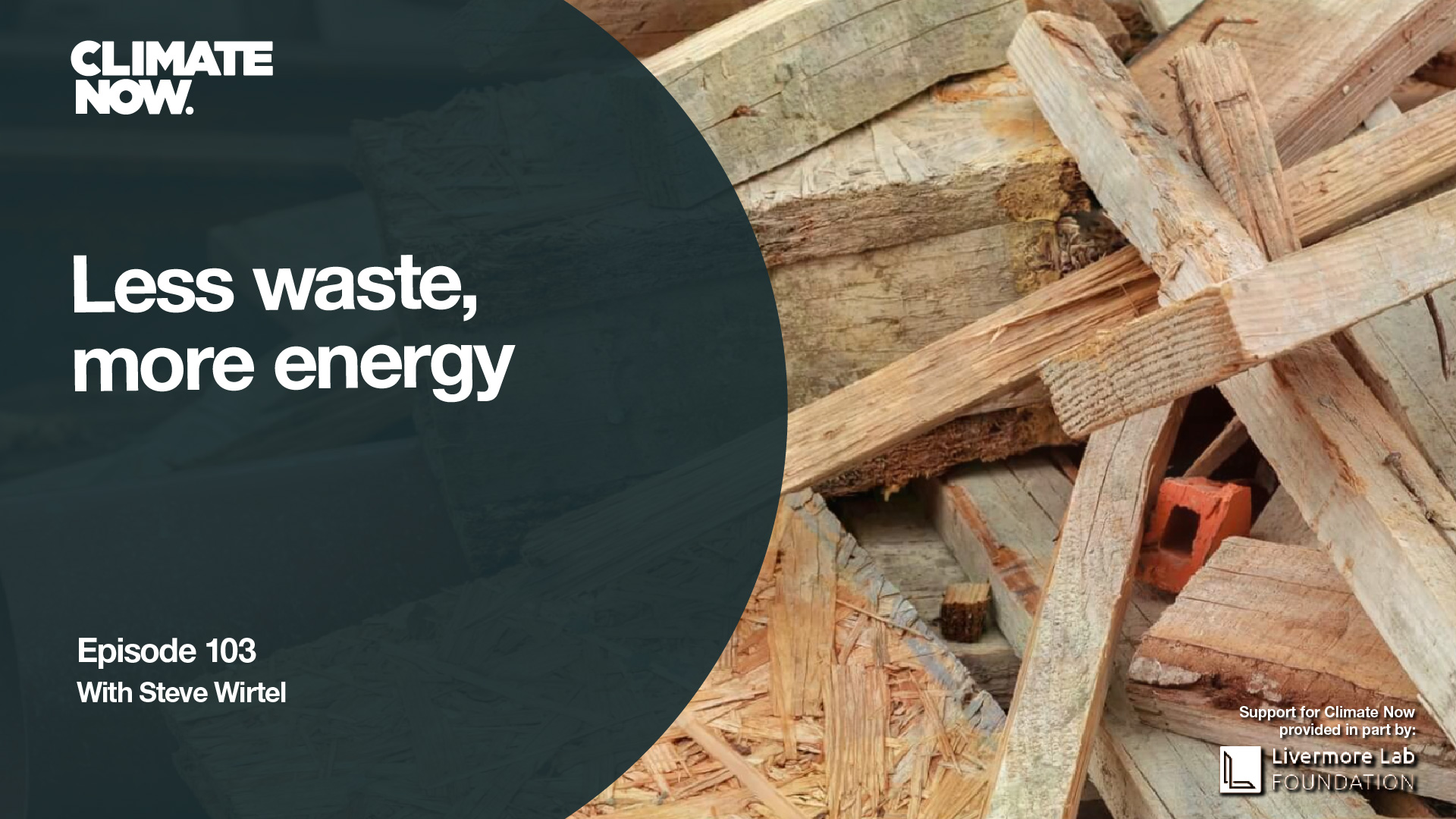

Less waste, more energy
Landfills emit about 2% of the world’s greenhouse gases, but in terms of lowering global emissions, they represent some of the lowest hanging fruit. When organic waste – li...
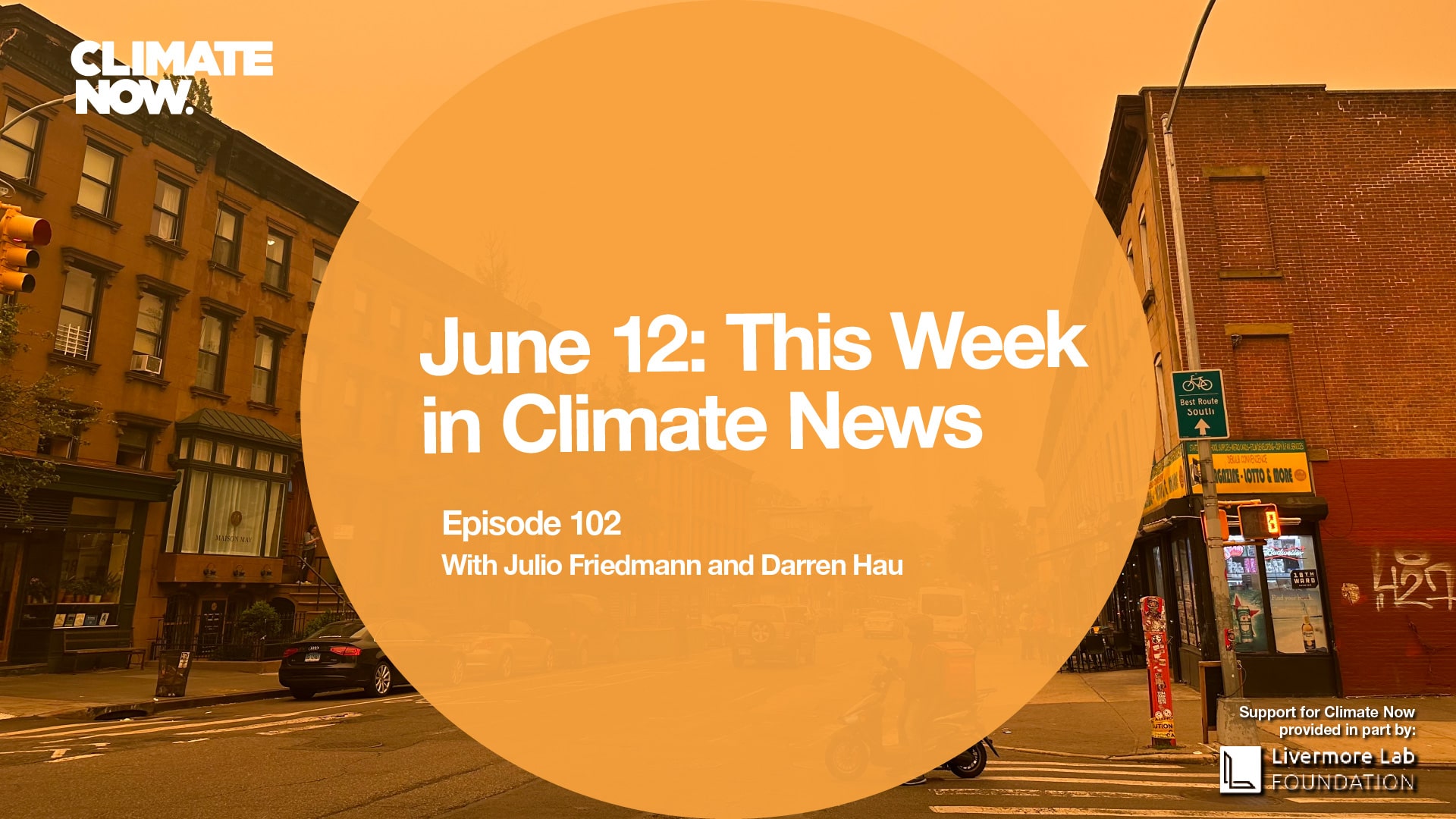

This Week in Climate News: Fires, national EV charging standards, and the global stocktake
This Week in Climate News: One of the greatest difficulties in addressing climate change has been how invisible the crisis was. You cannot see the 40 billion metric tons of CO2 b...
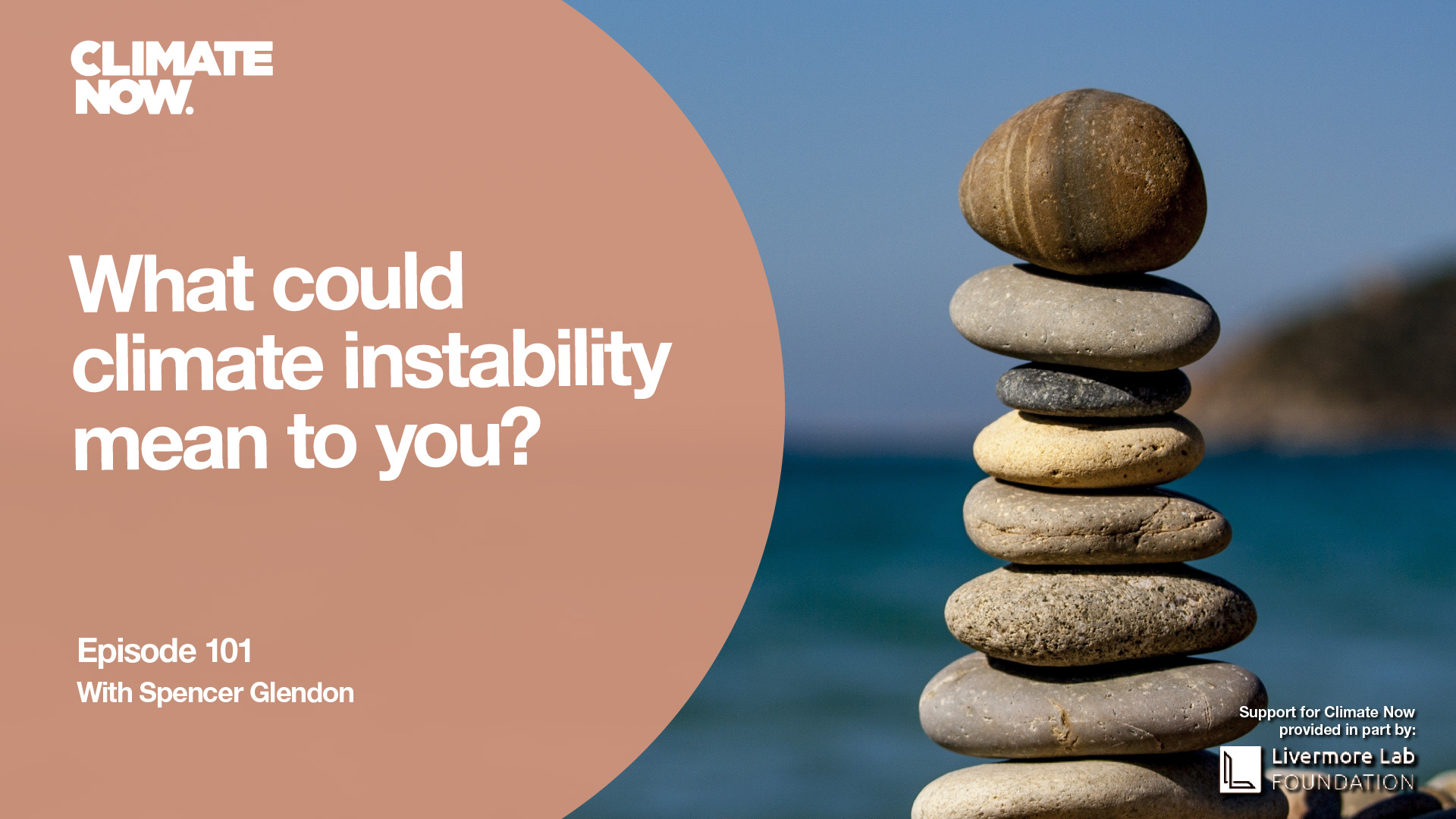

What could climate instability mean to you?
Since humans began settling down and building civilizations 10,000 years ago, the Earth’s climate has been relatively stable. But before that, the climate was more unstable &...


Episode 100: How to talk about climate change
A 2022 study by Yale University found that two thirds of Americans (67%) rarely or never talk about climate change, and rarely or never hear people they know talking about it eit...
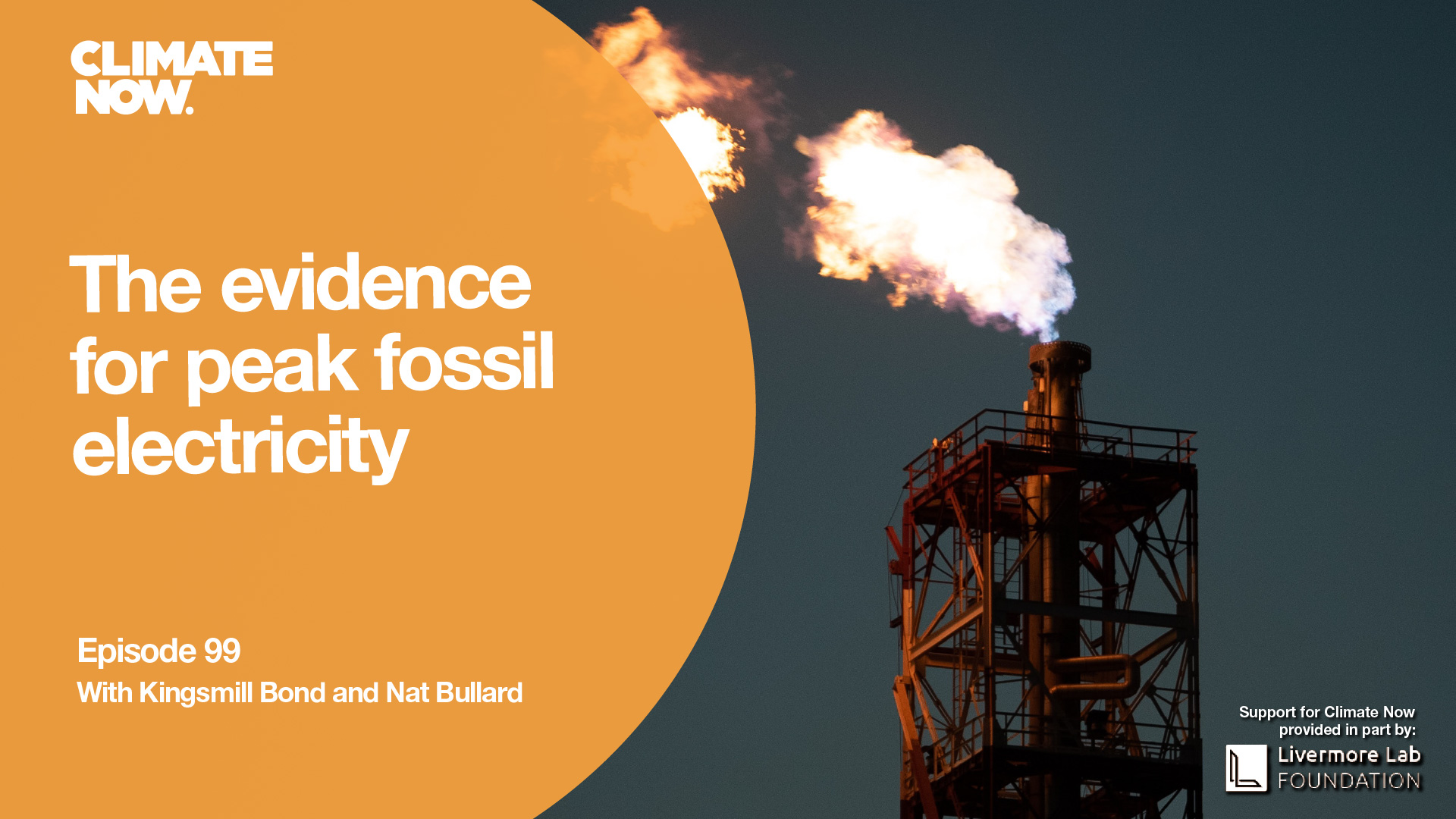

The evidence for peak fossil electricity
In 1909, headlines declared the U.S. would run out of petroleum by 1940. In 1945, the estimate was that the U.S. had 13 more years of petroleum reserves left. In 1966, we only had...


Fixing the problems with ESG investing
According to a 2022 poll from the Associated Press, although 93% of Americans acknowledge that human activity impacts climate, nearly half of Americans (47%) feel that their action...
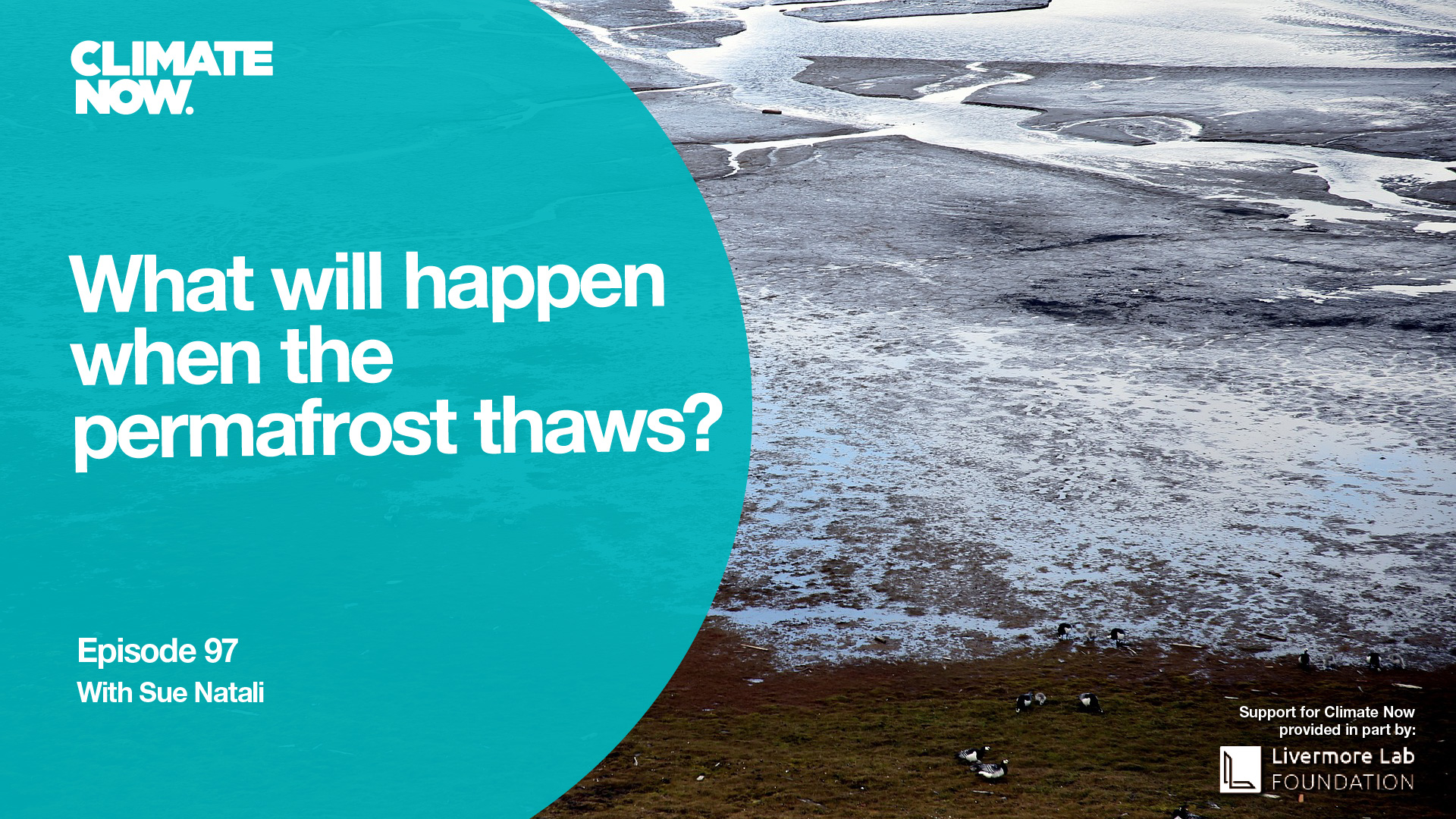

What will happen when the permafrost thaws?
Since the Industrial Revolution nearly 150 years ago, global average temperatures have increased by more than 1 degree C (1.9 degrees F), with the majority of that warming occurrin...
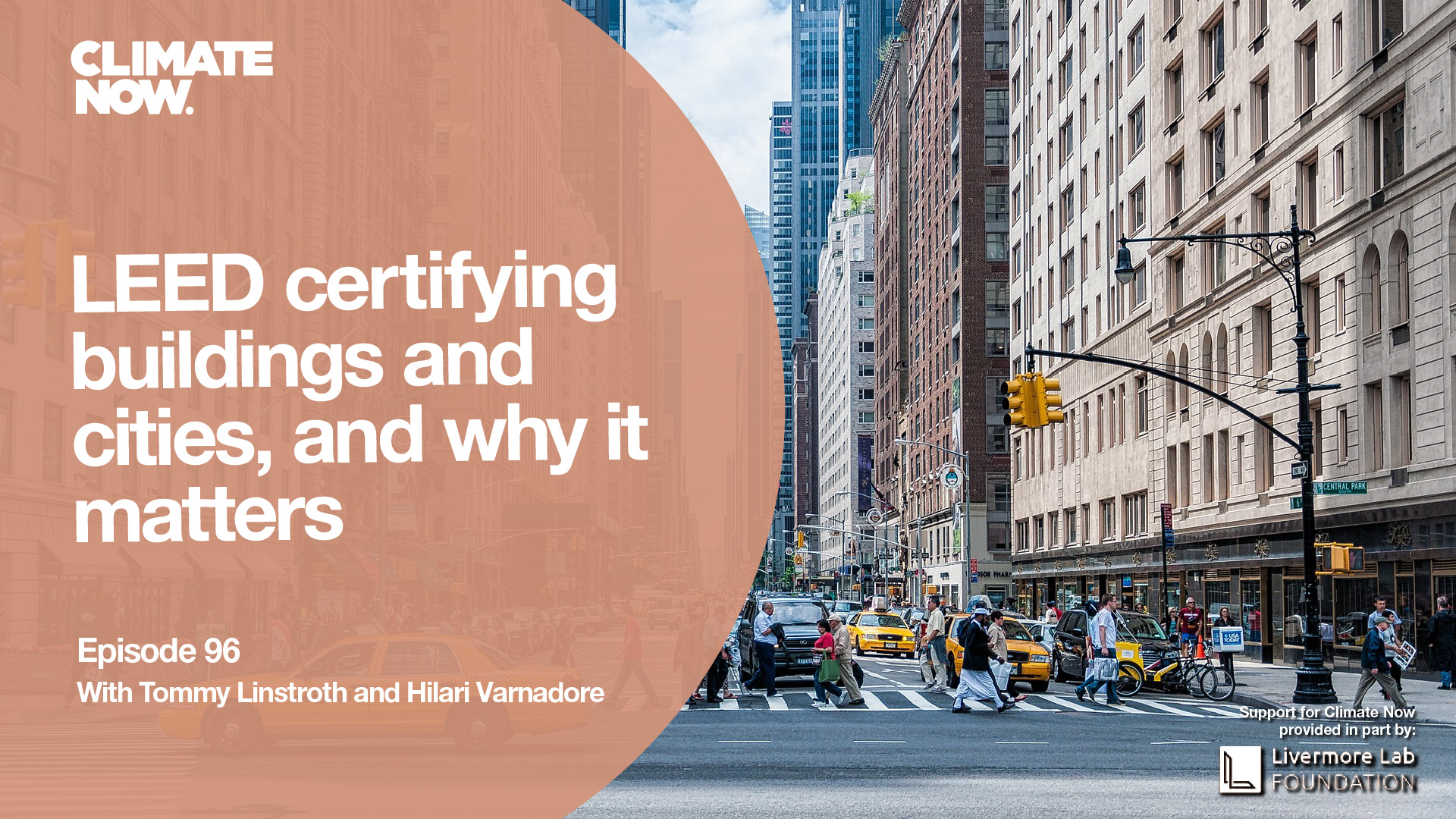

LEED certifying buildings and cities, and why it matters
The built environment represents one of society’s largest environmental impacts – contributing nearly one fifth of global GHG emissions, not to mention impacts on natural...


The debate about nuclear’s role in the clean energy transition
Every approach to decarbonizing the energy sector comes with its share of costs and benefits: renewables are cheap and clean, but require enormous amounts of land and are not alway...


What is the future of agriculture in California?
On March 30, 2023, in partnership with the Livermore Lab Foundation and The Maddy Institute, Climate Now hosted a one day summit in Fresno, CA, examining the intersection of climat...
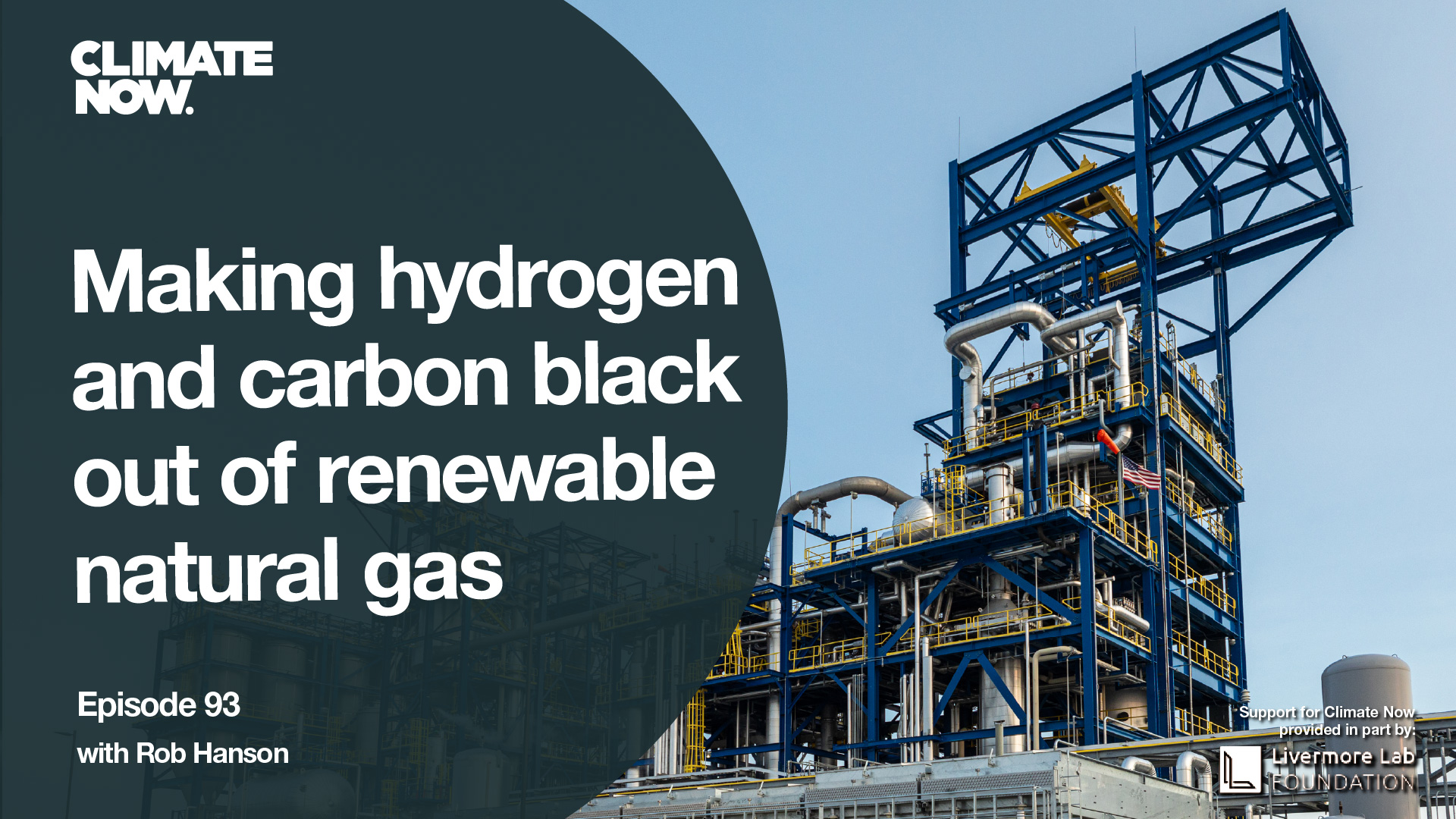

Making hydrogen and carbon black out of renewable natural gas
Renewable natural gas (RNG), made from the decomposition of organic waste like livestock manure, is not necessarily net-zero if it’s burned to run a turbine or drive a car....
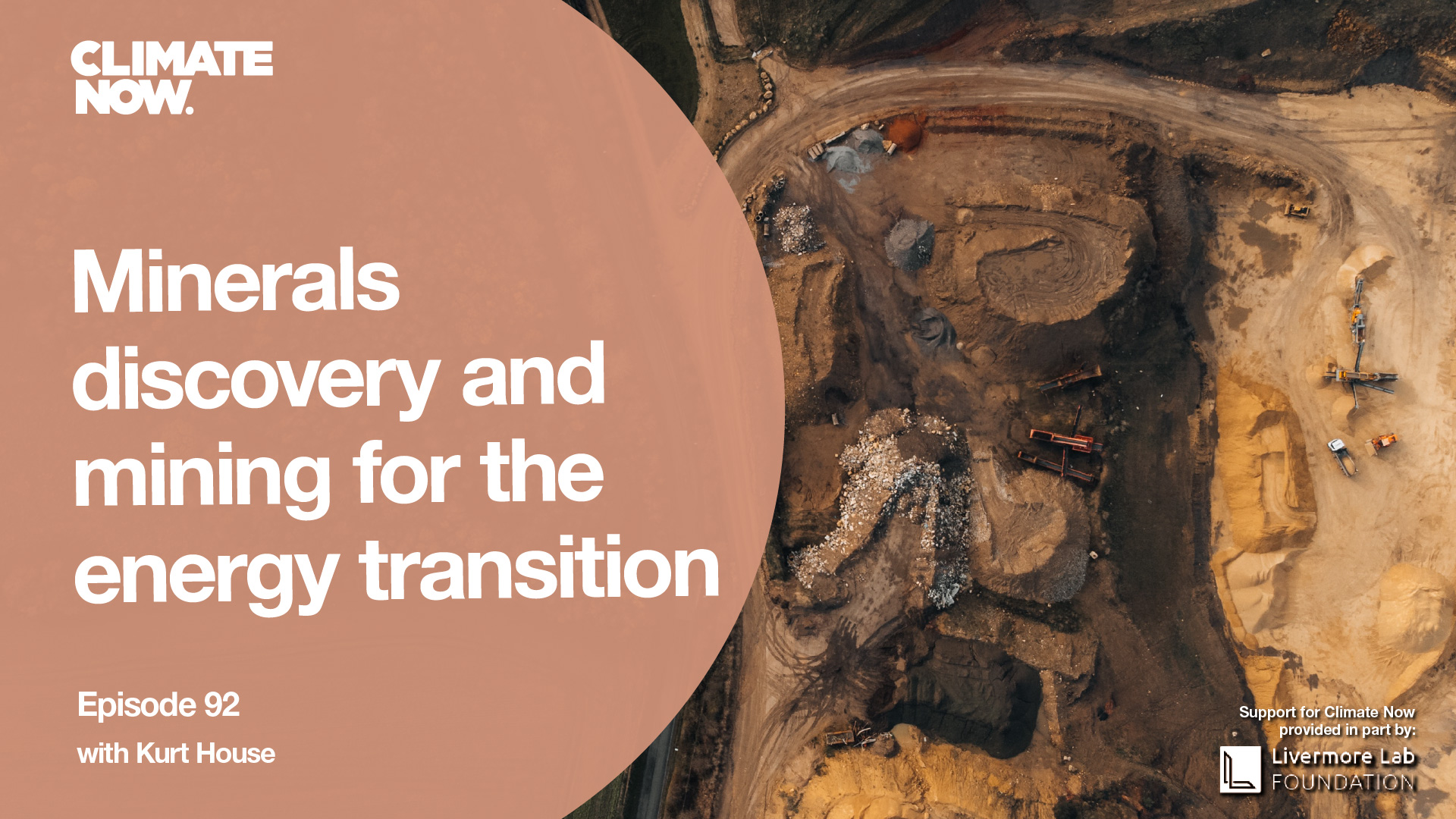

Minerals discovery and mining for the energy transition
As we transition to a clean energy economy, demand for minerals like copper, cobalt, nickel, and lithium is projected to skyrocket. According to a 2022 report from the Internation...
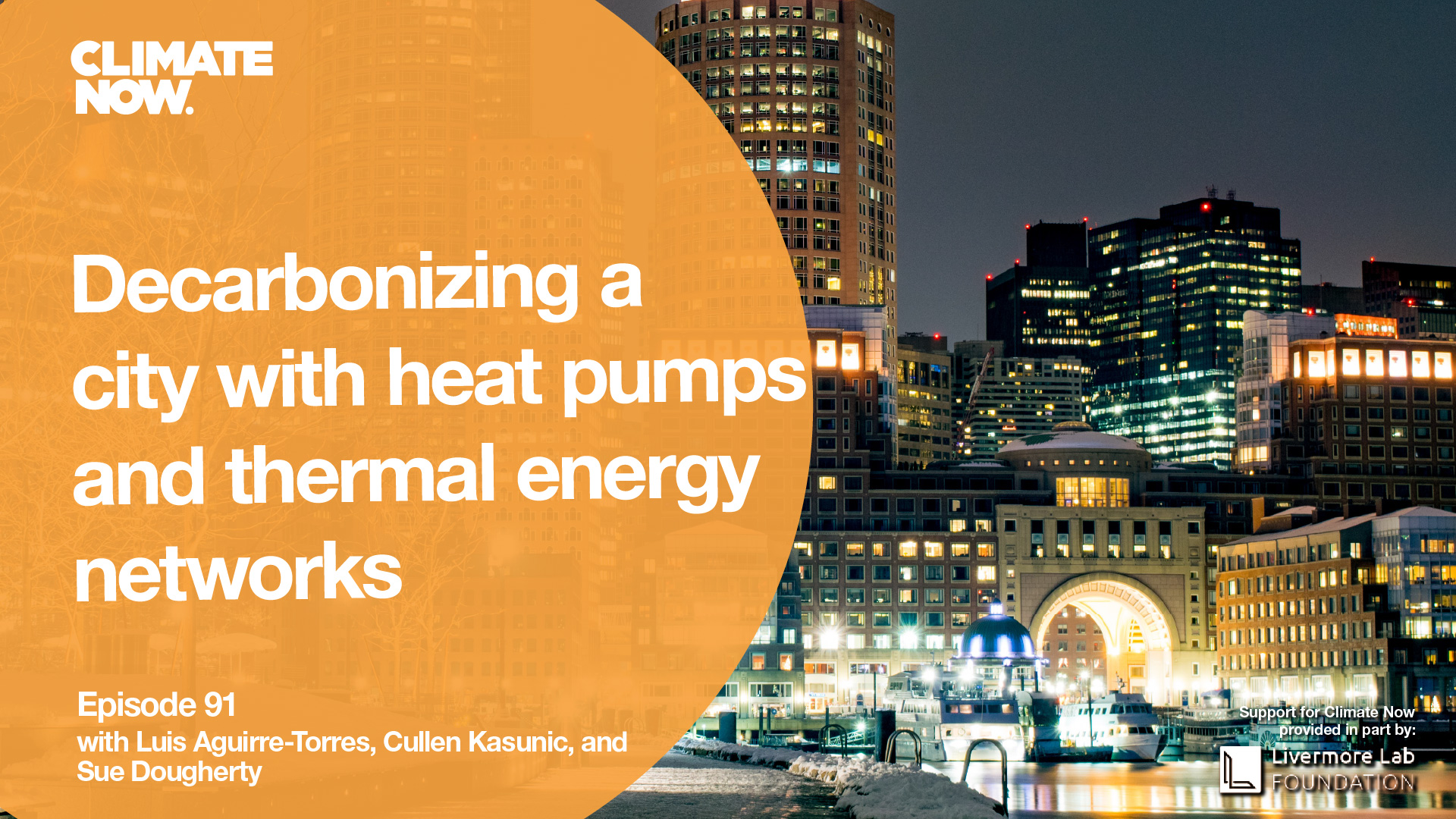

Decarbonizing a city with heat pumps and thermal energy networks
For a building owner, building decarbonization has myriad benefits: lower utility bills, lower maintenance, healthier and more comfortable living. But the barriers to reaching thos...
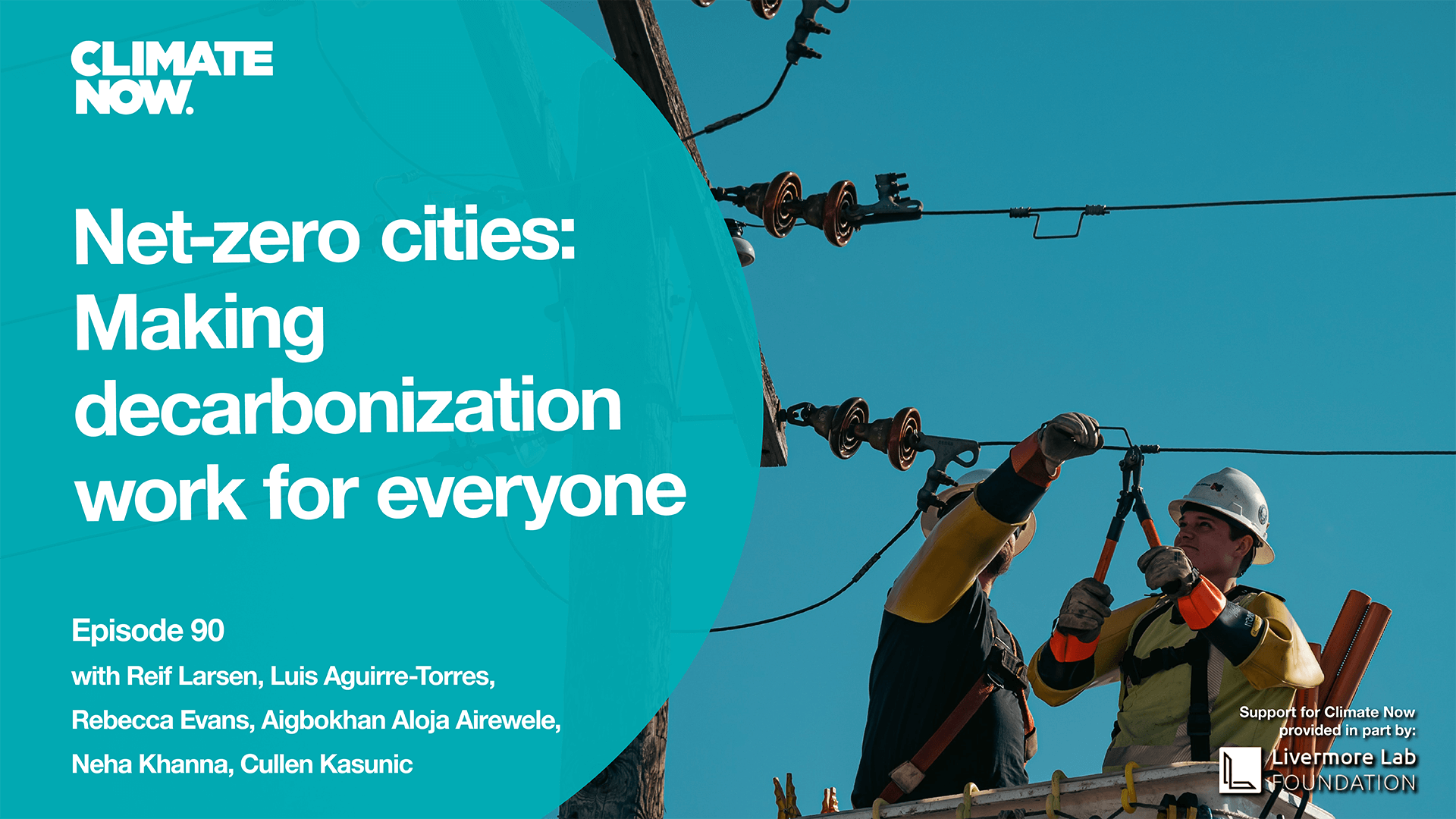

Net-zero cities: Making decarbonization work for everyone
Reducing average global temperatures. Preserving biodiversity. Decreasing the risk of droughts, floods and hurricanes. Reducing air pollution. Reducing utility bills. Creating new ...
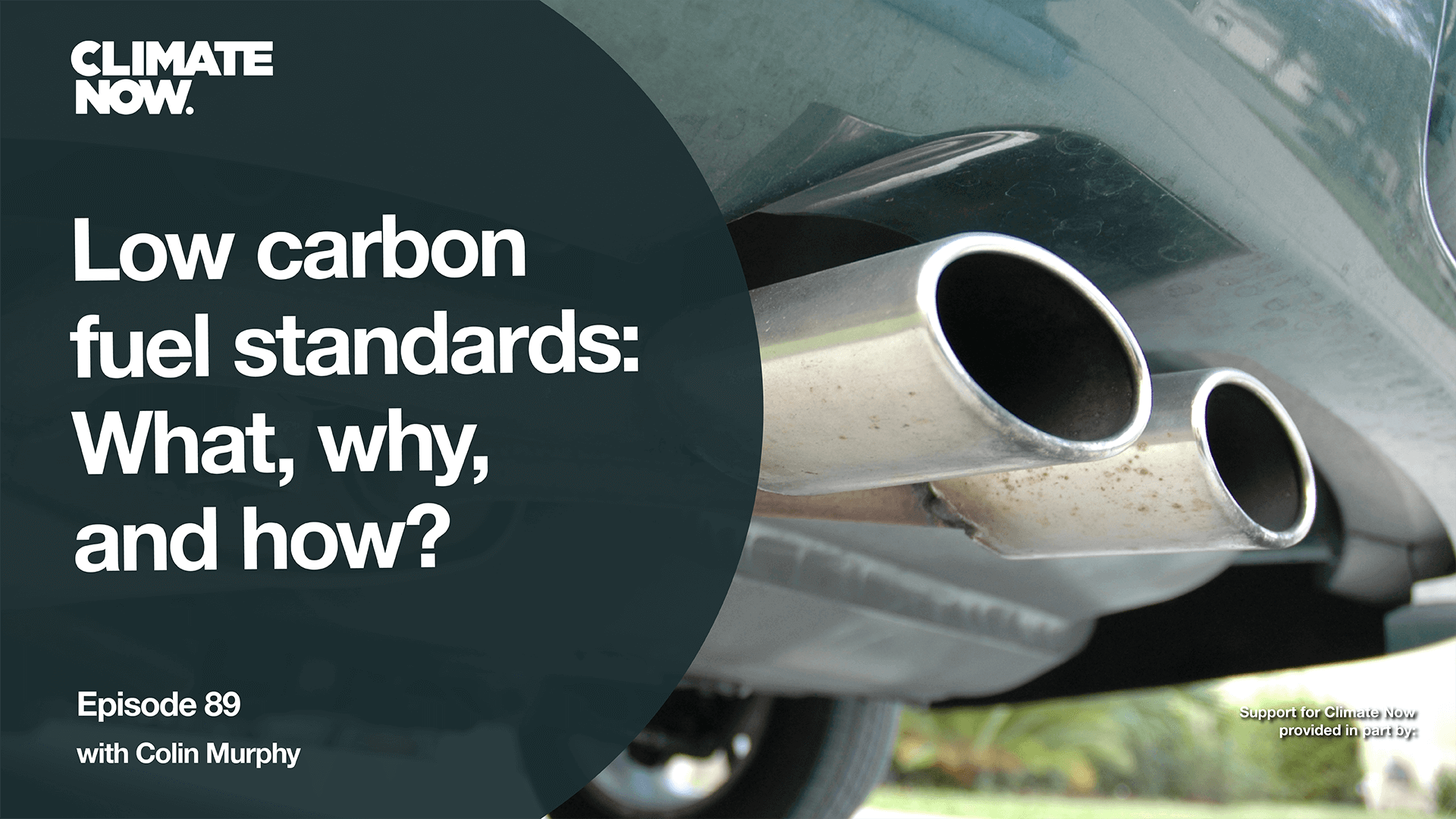

Low carbon fuel standards: what, why, and how?
On February 15, 2023, the U.S. Senate held a hearing considering a national clean fuels program, modeled after California’s state-wide Low-Carbon Fuel Standard (LCFS). The LCFS s...


The road to decarbonized trucking
2022 potentially marked a turning point for the U.S. electric vehicle (EV) market, with new EV car sales increasing by 65% over 2021 sales, and now accounting for nearly 6% of all ...
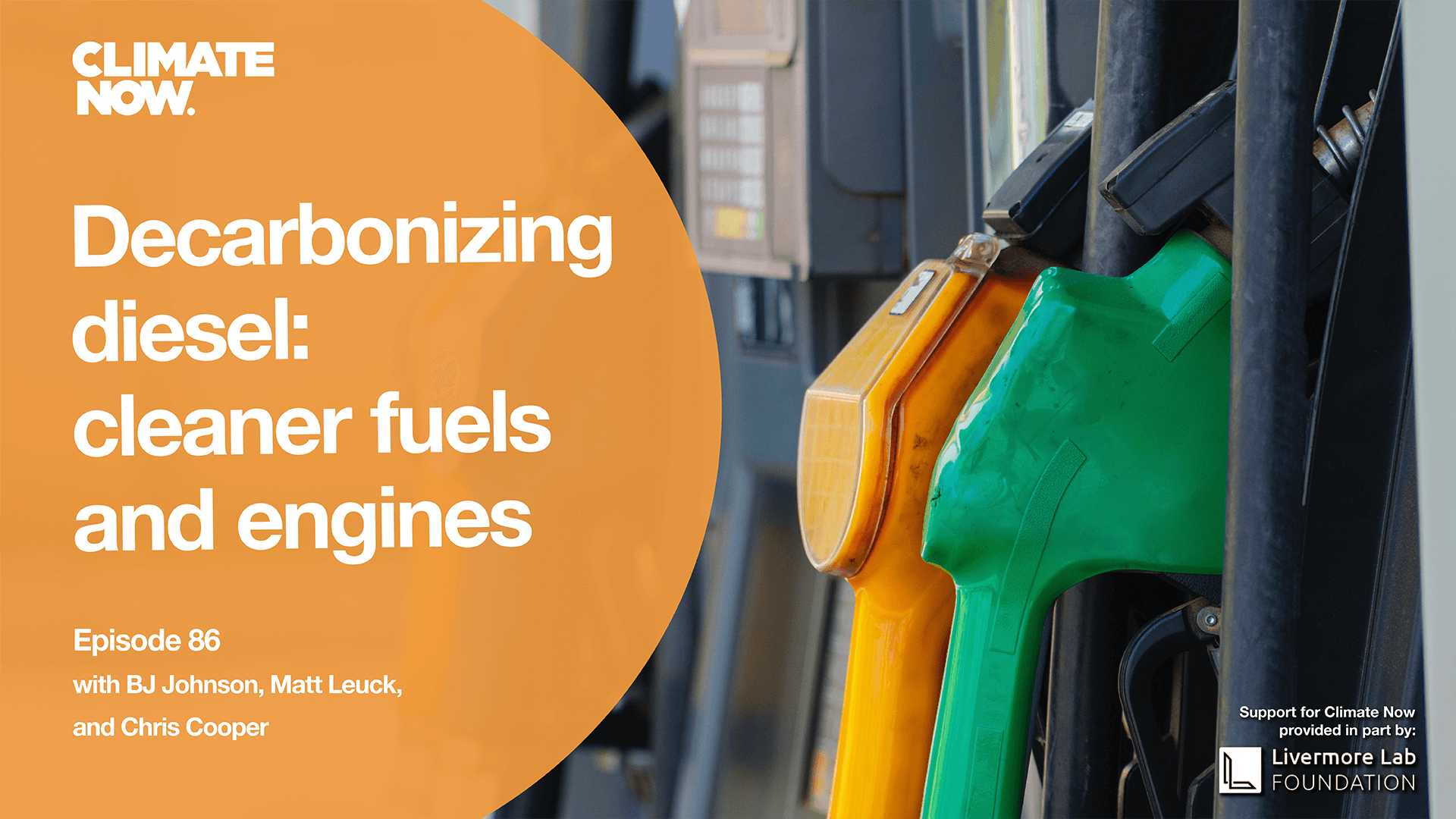

Decarbonizing diesel: cleaner fuels and engines
Electrification is going a long way in decarbonizing small vehicles (like passenger cars) in the global transportation sector, which produces about 16% of global emissions. But for...


How to decarbonize a city
In November 2021, the City of Ithaca announced the approval of a plan to decarbonize all of its buildings by 2030. In this first-of-its-kind decarbonization plan, Ithaca outlined a...
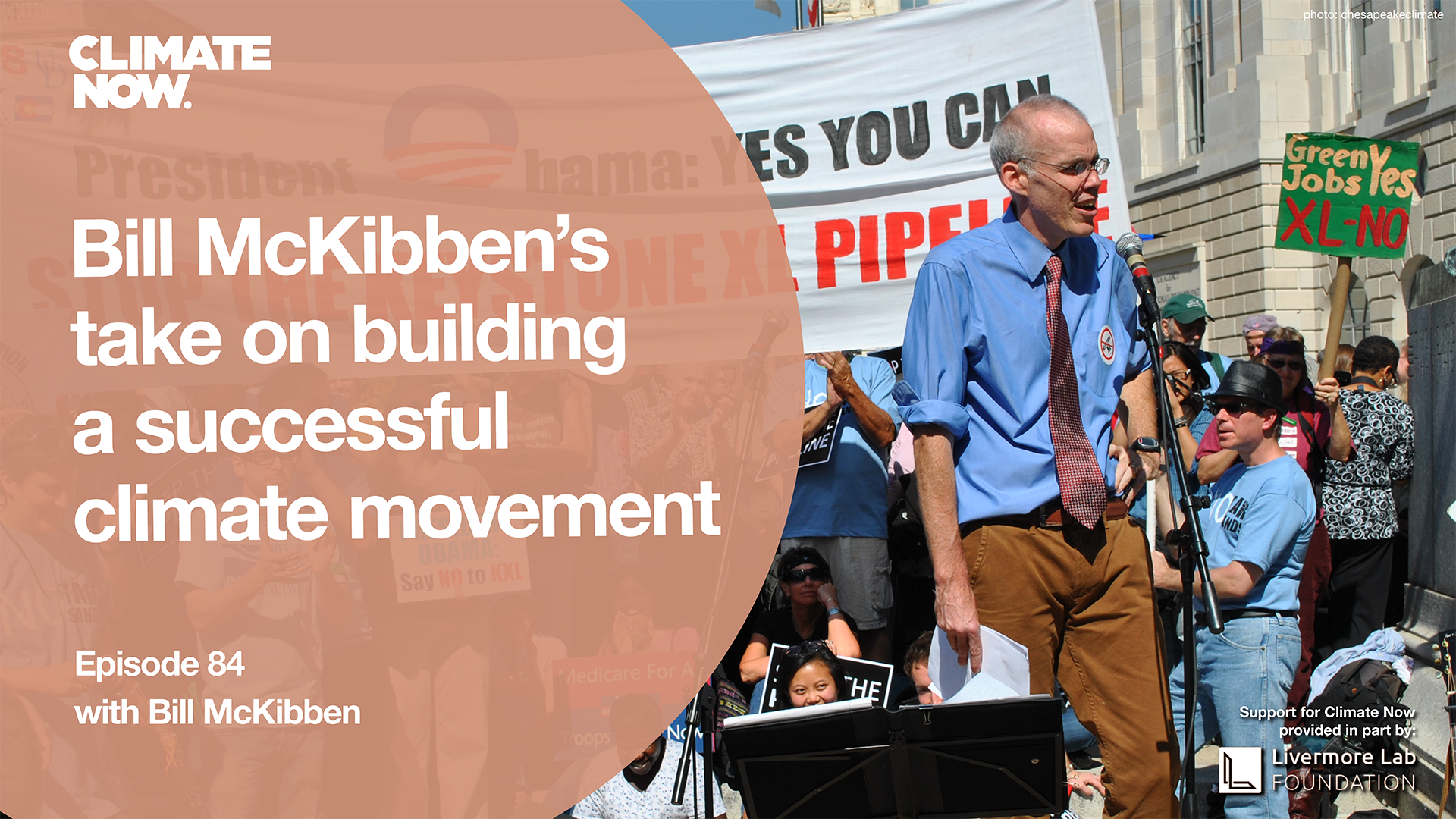

Bill McKibben’s take on building a successful climate movement
On April 22, 1970, 20 million people across the U.S. marched, attended speeches and sat in teach-ins, marking the first Earth Day, and spurring on the enactment of the Clean Air Ac...
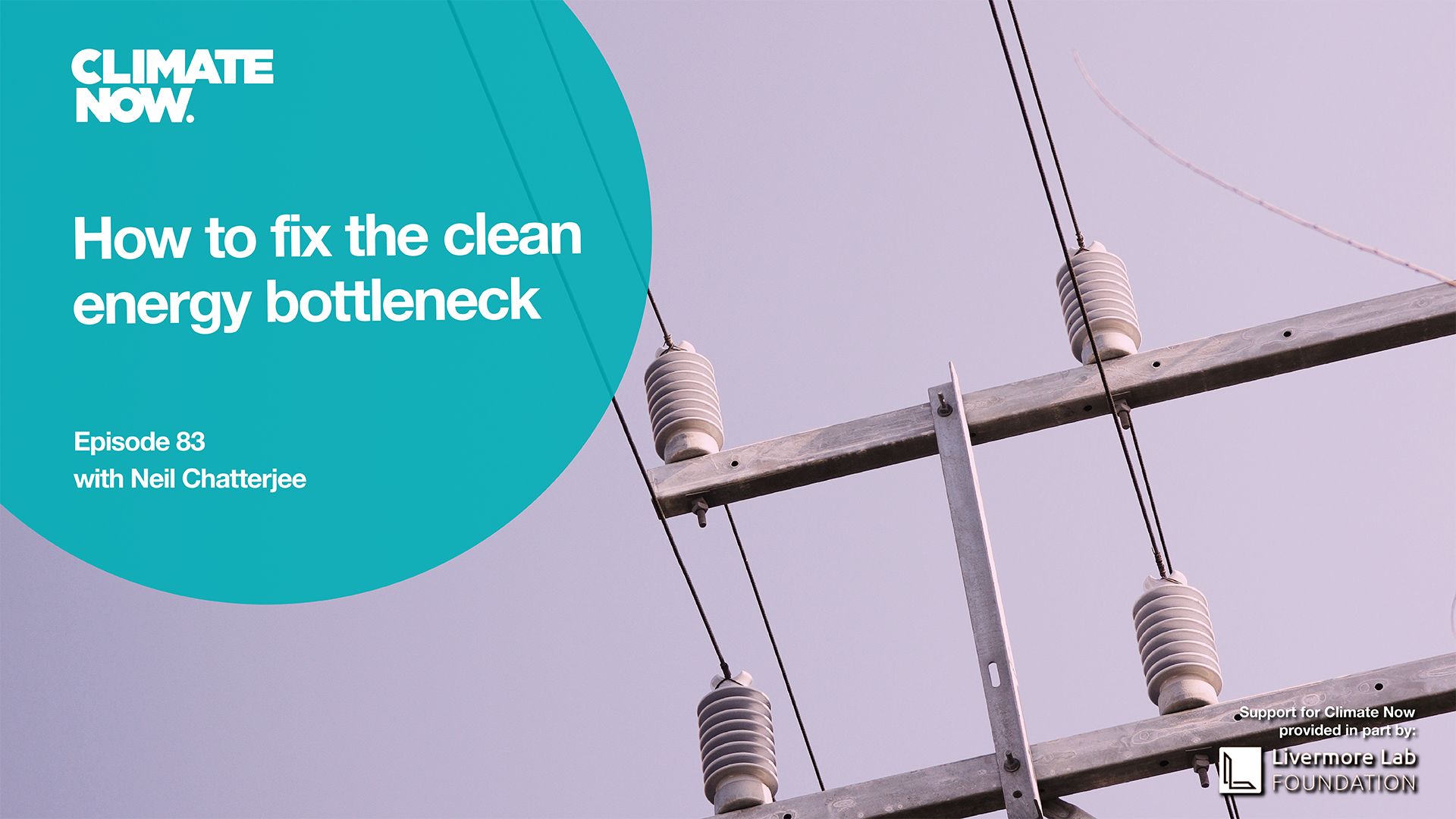

How to fix the clean energy bottleneck
In 2021, U.S. President Biden signed an executive order with the directive to achieve 100% carbon-pollution free electricity in the United States by 2030. The goal is certainly ach...


Farm to stable CO2 storage
The agricultural sector produces about a tenth of the world’s greenhouse gas emissions, and while most of that comes from livestock (about 2/3), emissions from crop production st...
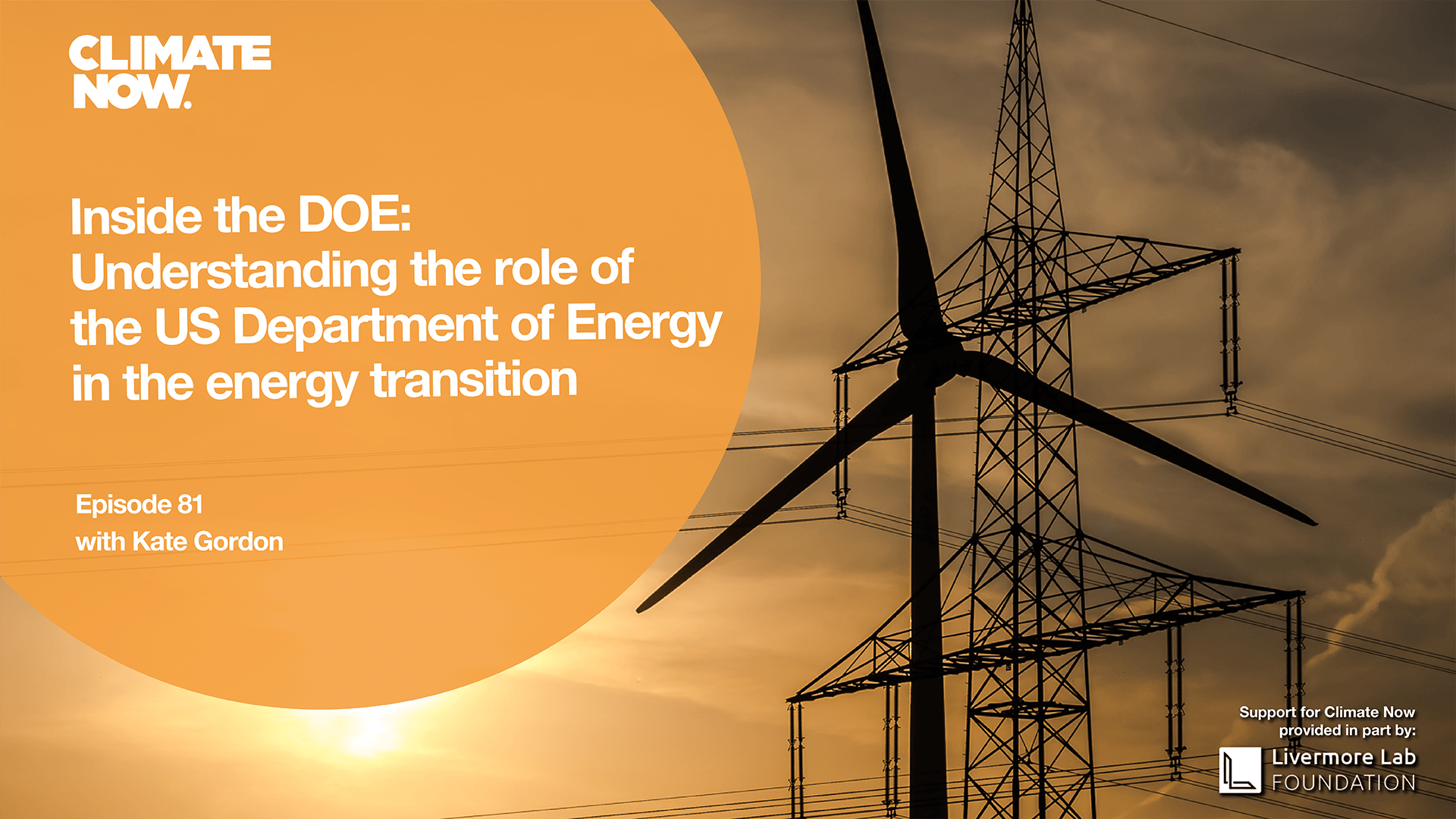

Inside the DOE: Understanding the role of the US Department of Energy in the energy transition
“We’ve built an entire industrial economy around a set of energy sources, and we’re now thinking about diversifying way beyond that. And that’s a big set of cha...


Breaking the link between how much we consume and economic growth
The carbon footprint of stuff For the last two centuries, continuous economic growth (the increase in the quantity and quality of the economic goods and services that a society p...
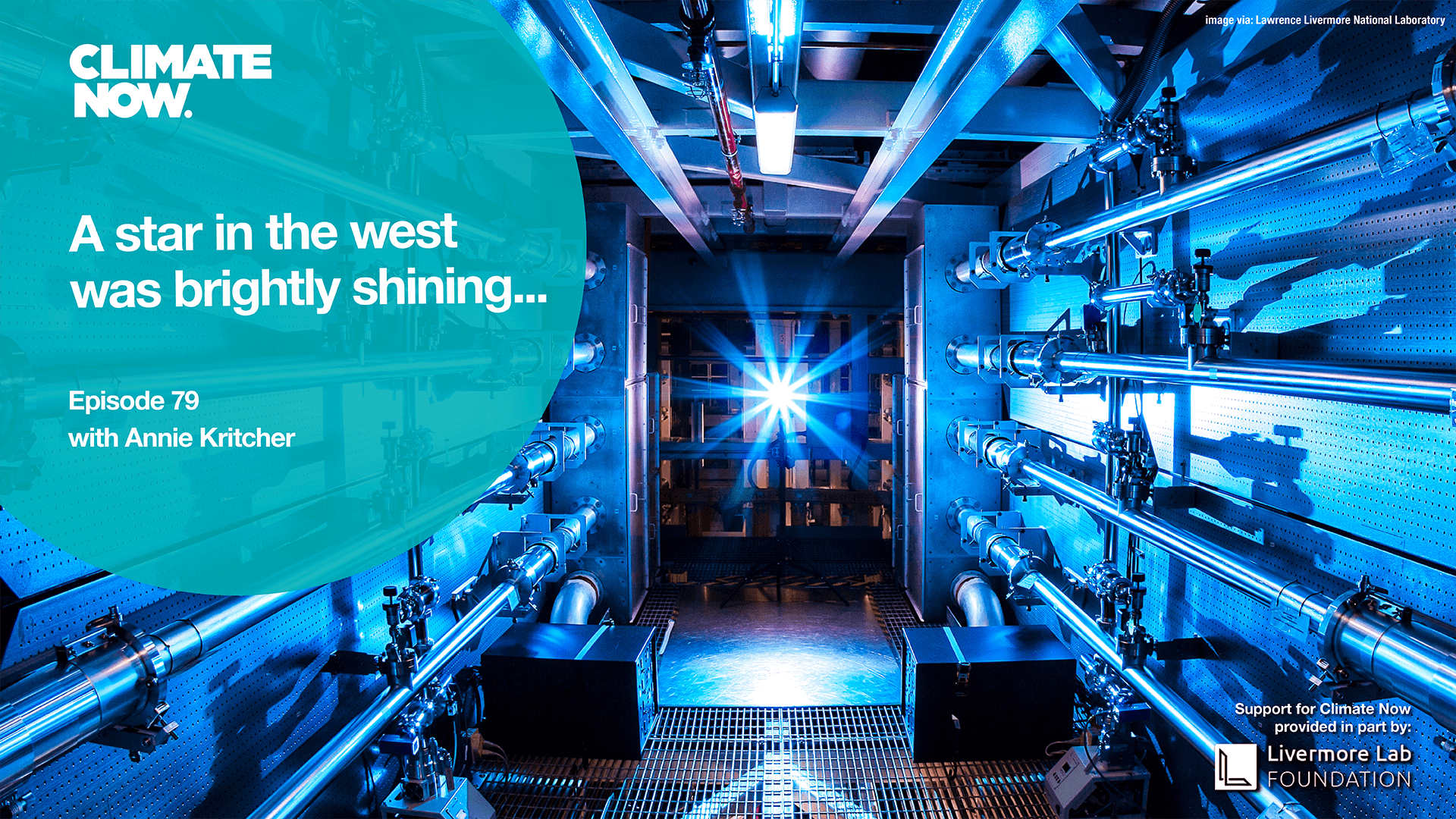

A star in the west was brightly shining…
Last week, LLNL’s National Ignition Facility successfully ‘ignited’ a nuclear fusion reaction equivalent to what takes place in the sun: the conversion of hydro...
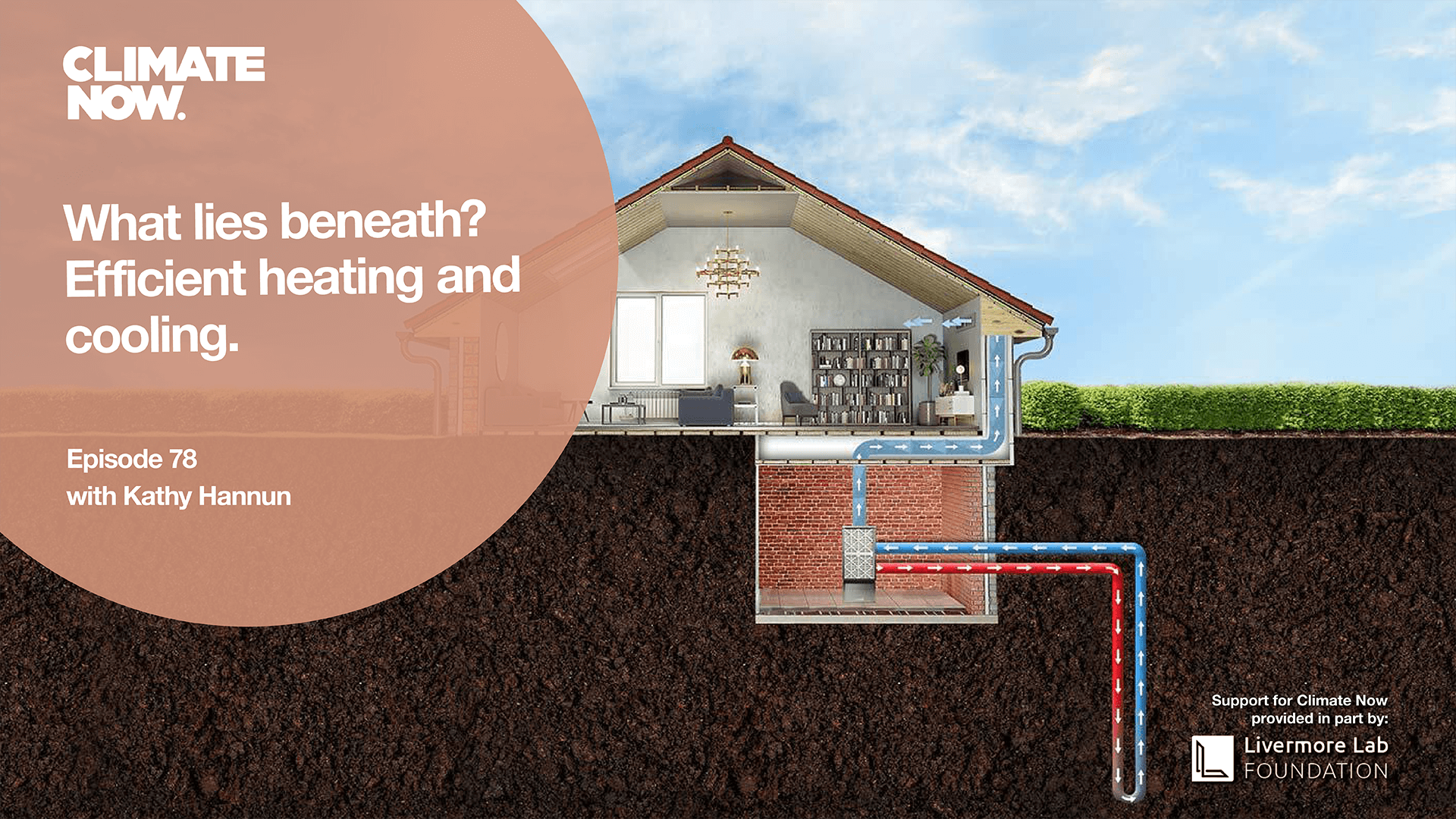

What lies beneath? Efficient heating and cooling.
Can Earth’s geothermal heat warm – and cool – your home? The hottest day ever recorded on Earth was on July 10, 1913. Thermometers in California’s Death Valley meas...


The role of microgrids in the energy transition
A micro-grid is a local grid. That means that energy generation occurs locally (no giant transmission lines) to support local energy demand, and it has the option to operate indepe...


Battery power: the future of grid-scale energy storage
Renewable energy sources – wind and solar – have become the cheapest and fastest growing form of electricity generation. But the industry has not yet escaped the perenn...
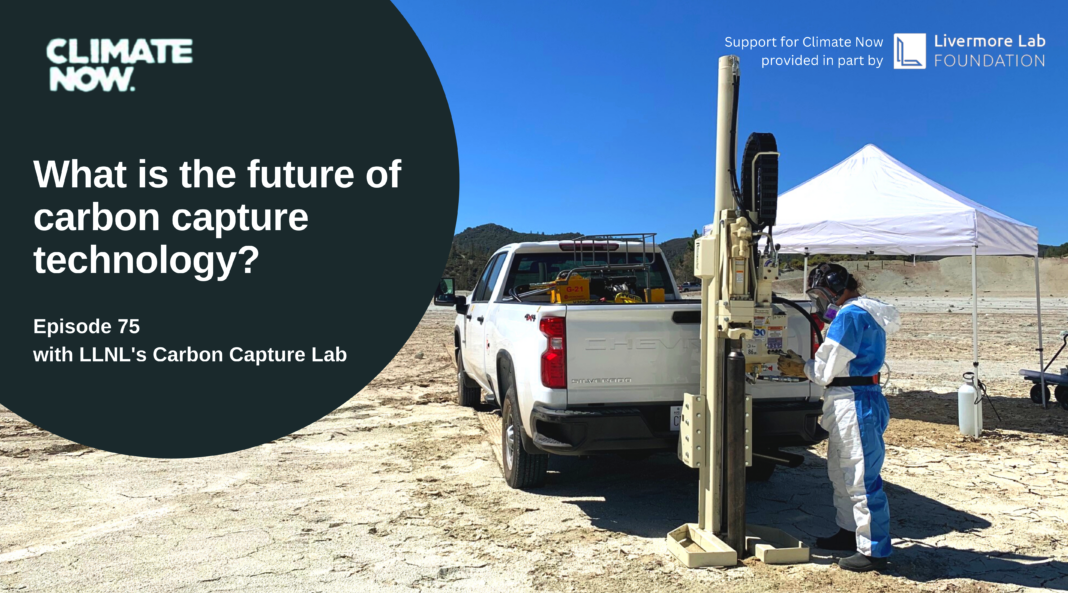

What is the future of carbon capture technology?
Since its founding in 1952, the mission of Lawrence Livermore National Laboratory (LLNL) has been to meet urgent national security needs through scientific and technological innova...


The financial value of healthy ecosystems
How many crises can we address at once? In October of this year, headlines broke that the global animal population in 2018 is 69% smaller than it was a half century ago, in 1970....
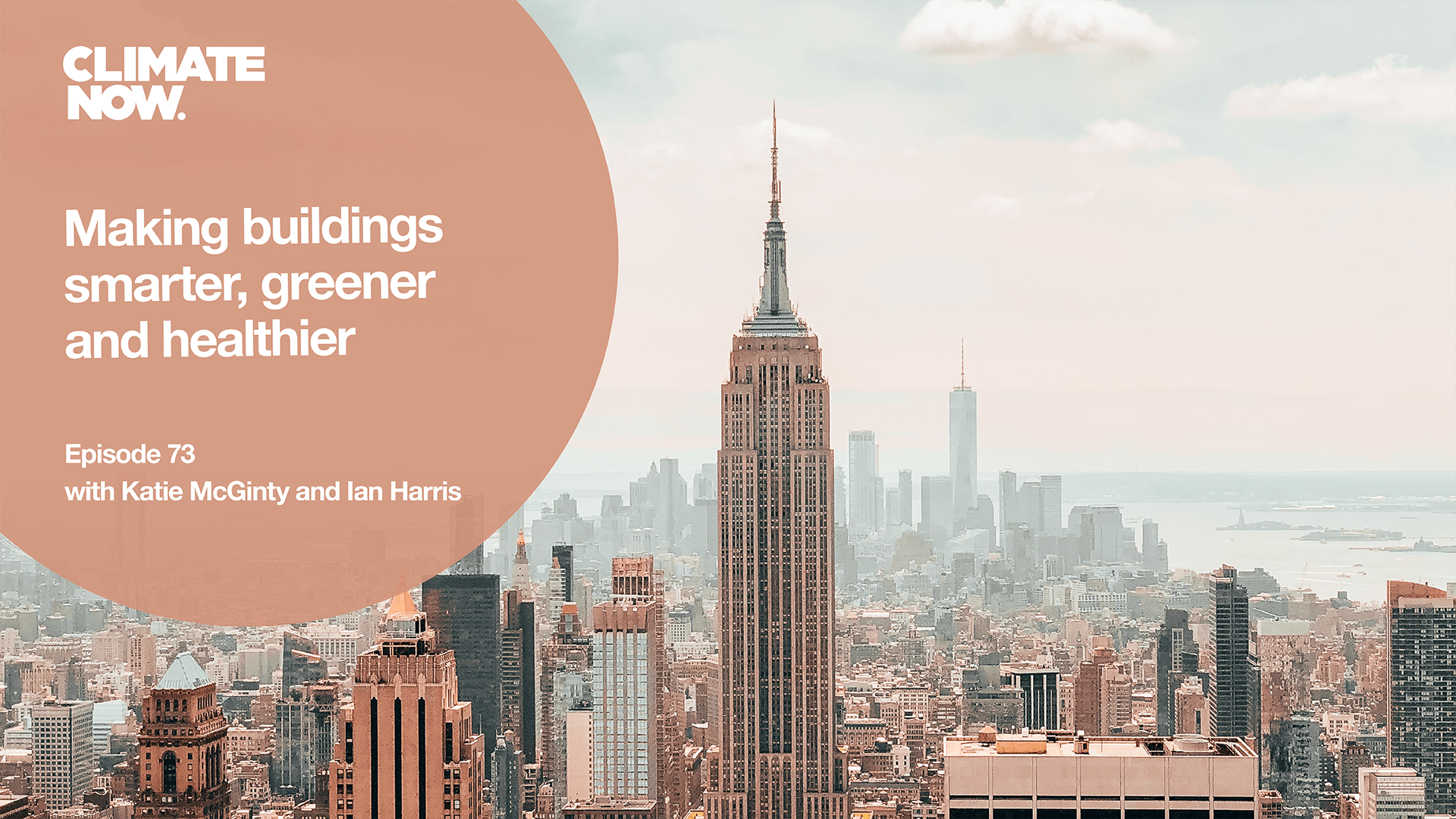

Making buildings smarter, greener and healthier
The side benefit of reducing building emissions? Increasing quality of life. Building operations (heating, cooling and electrification) account for 27% of global CO2 emissions, bu...
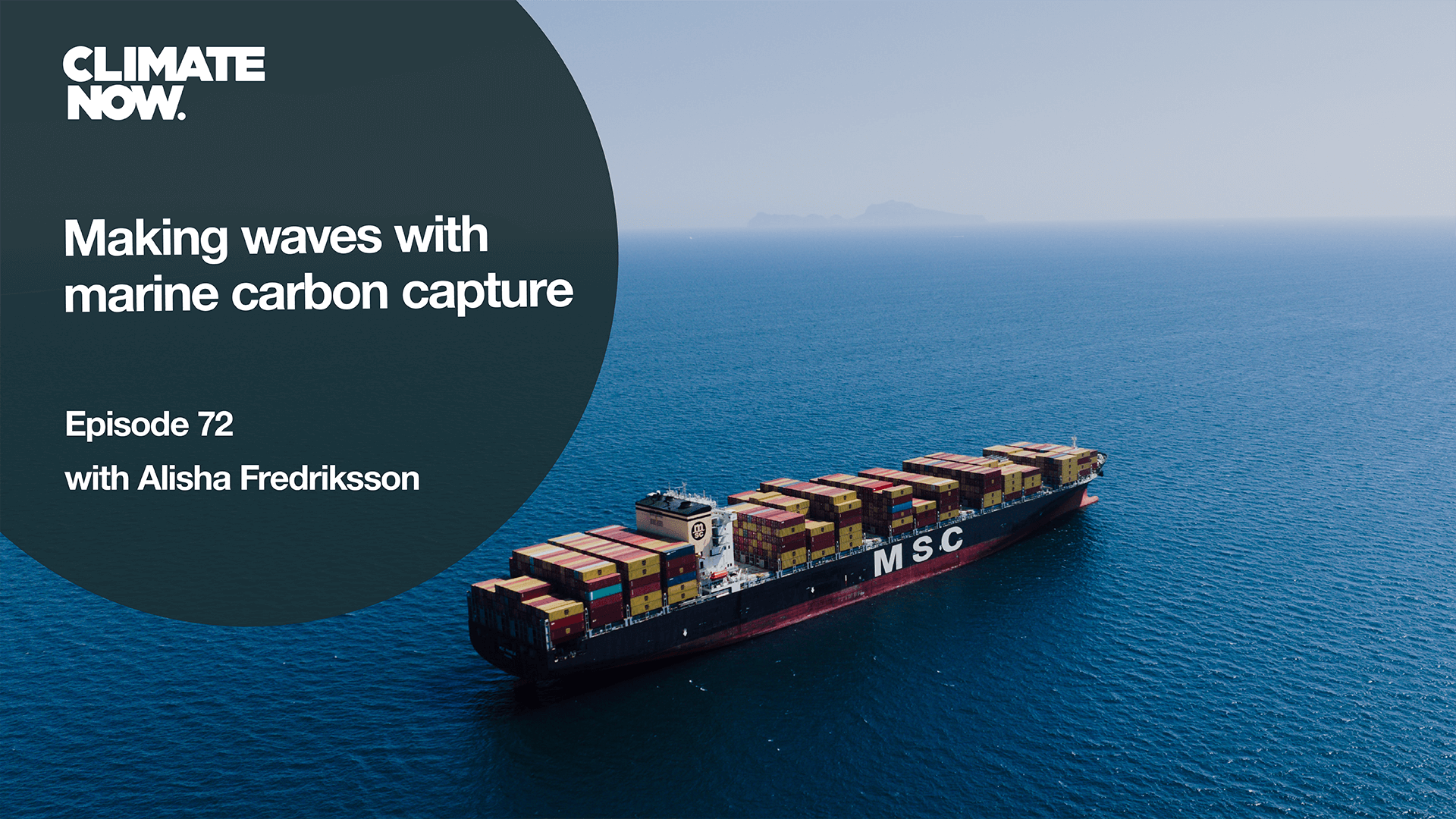

Making waves with marine carbon capture
The global shipping industry emits ~1 billion tonnes of carbon dioxide annually, about as much as the sixth highest emitting nation in the world. In hopes of changing course, the I...
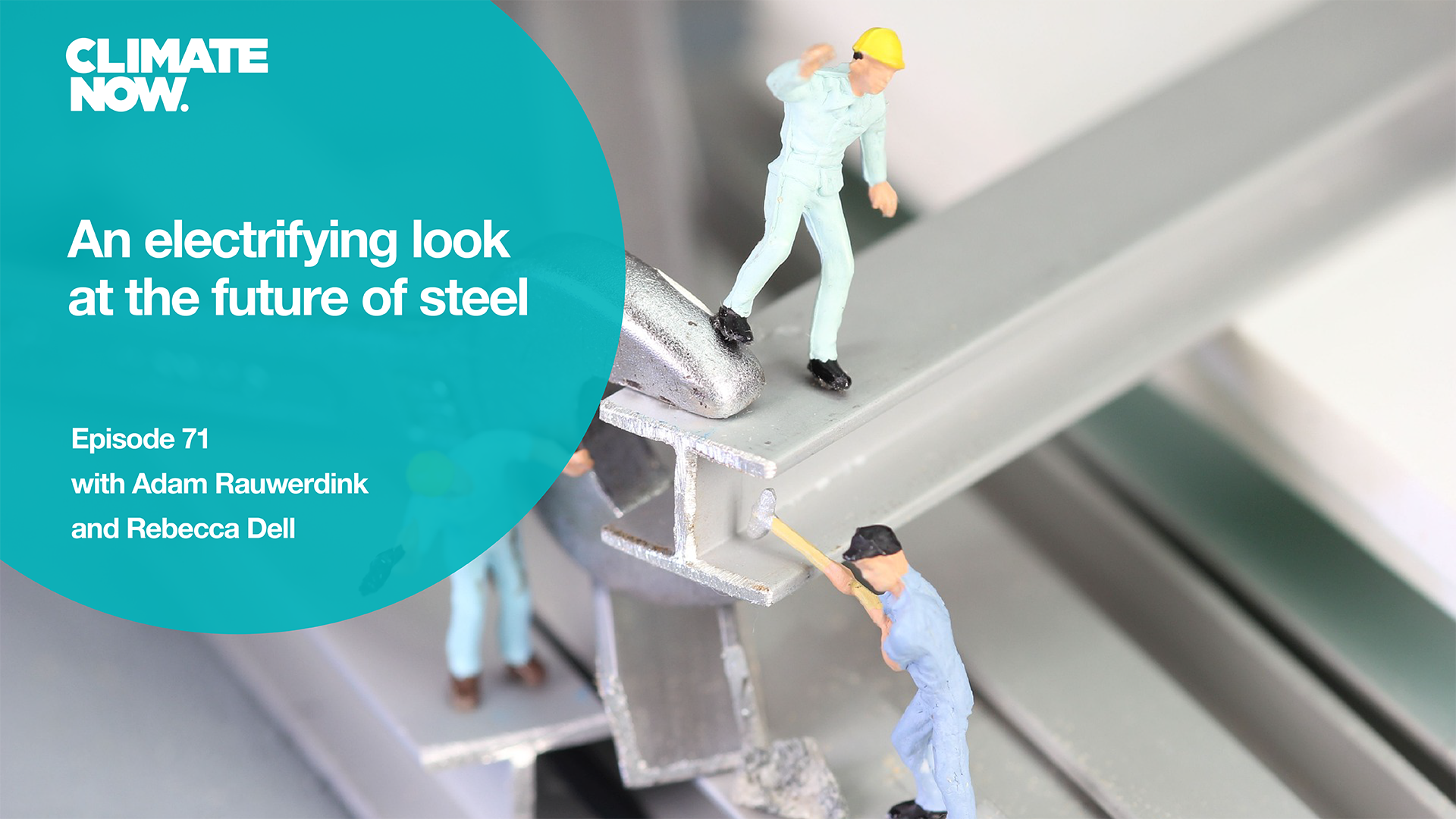

An electrifying look at the future of steel
For some sectors of our economy, electrification as a decarbonization strategy is a whole lot easier said than done. Take the steel industry – which is responsible for 11% o...


CO2-equivalent explained
In this mini explainer video, we break down the term CO2-equivalent, and how it is used to compare different greenhouse gases that have different warming potentials and remain in the atmosphere for vastly different periods of time.
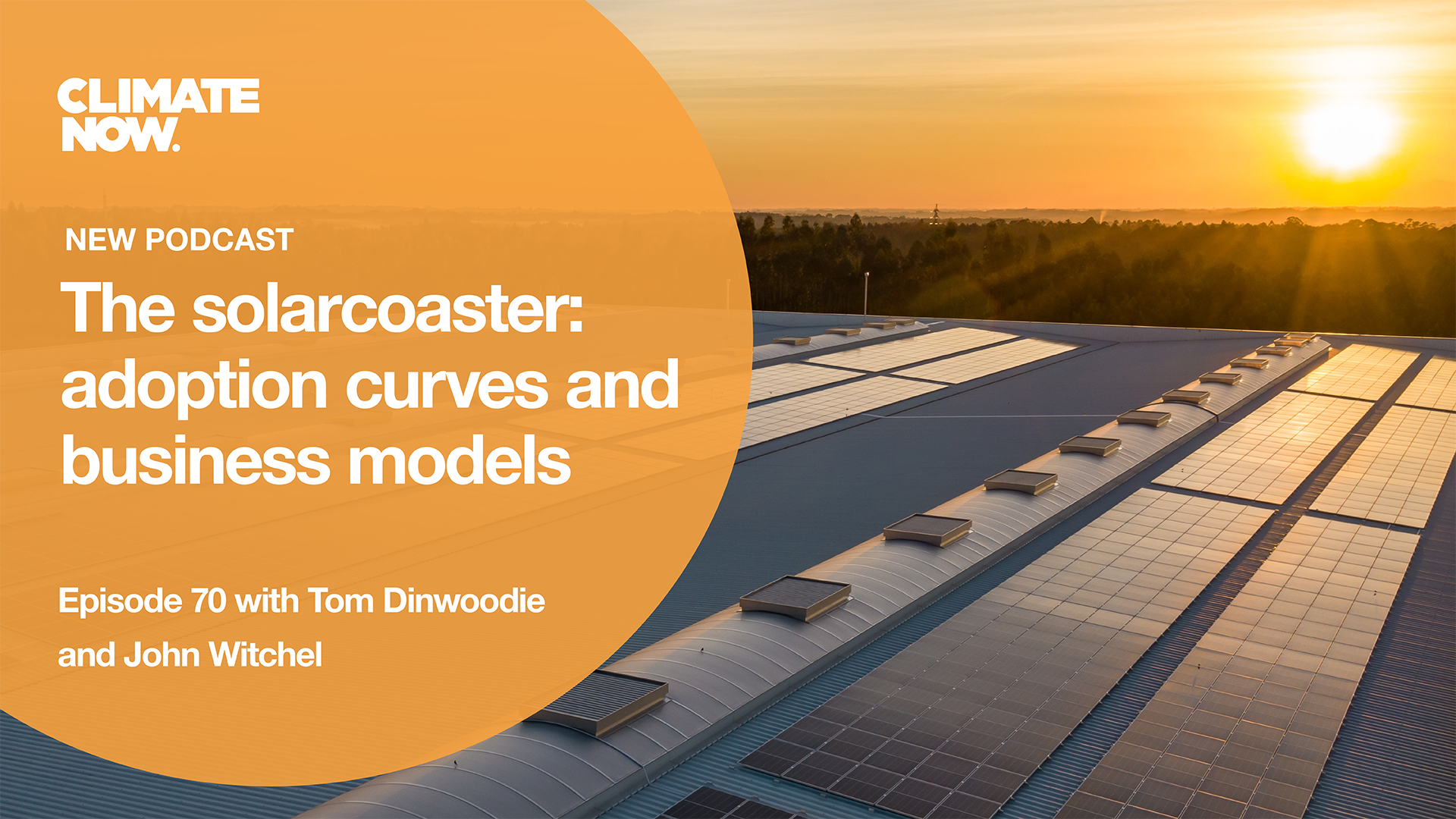

The solarcoaster: adoption curves and business models
Mitigating climate change is a race against time, requiring “rapid, far reaching and unprecedented changes in all aspects of society,” according to the IPCC, who says we need t...
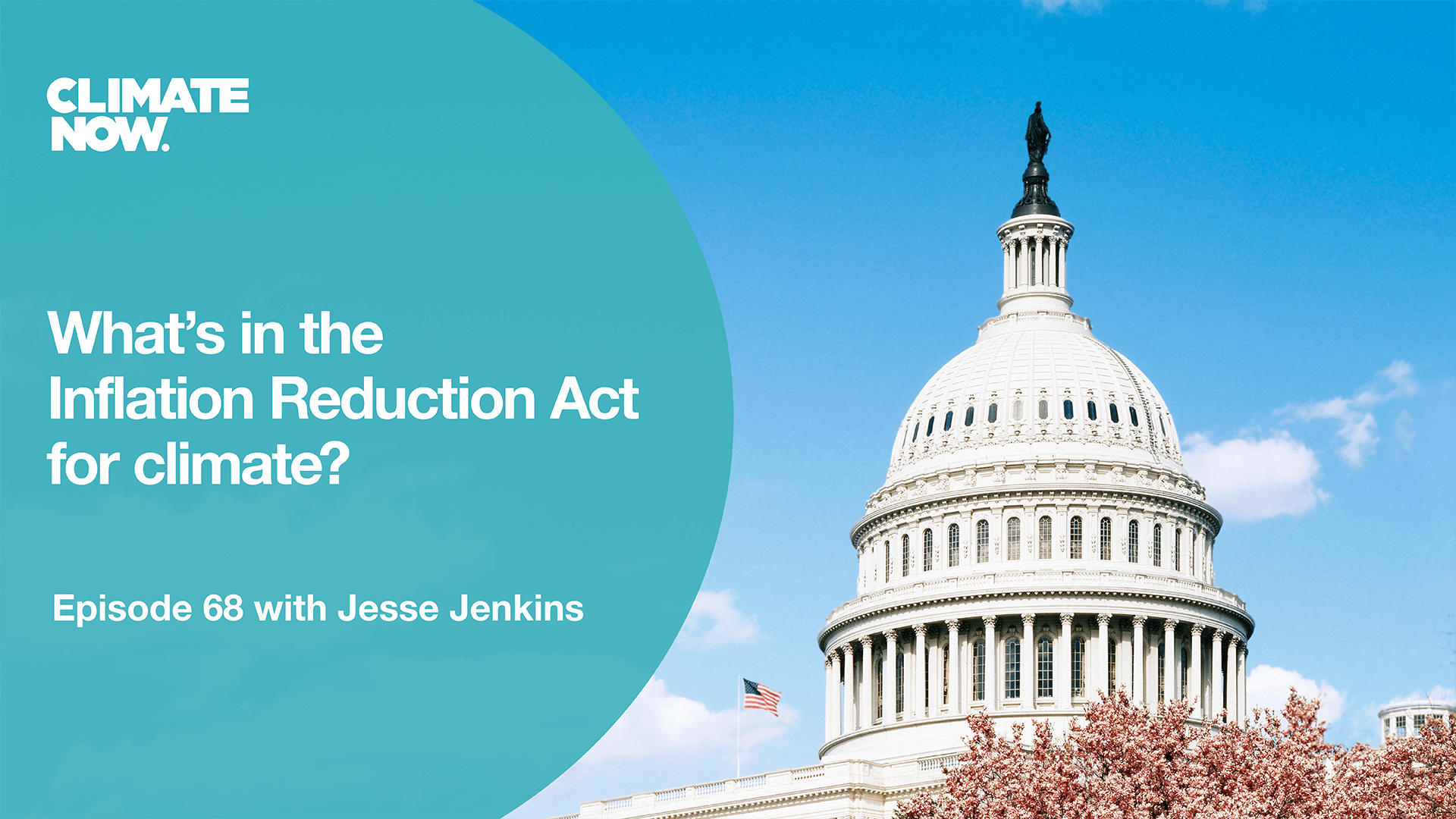

What’s in the Inflation Reduction Act for climate?
The Inflation Reduction Act (IRA), signed into U.S. law by President Joe Biden on August 16th, might be the biggest climate investment in history, but it does not look much like th...


Can oceans save us? Part III: The laws of the sea
International waters don’t belong to anybody, but everybody is connected to them. Like the global burden created by greenhouse gas emissions from any one country, company or indi...
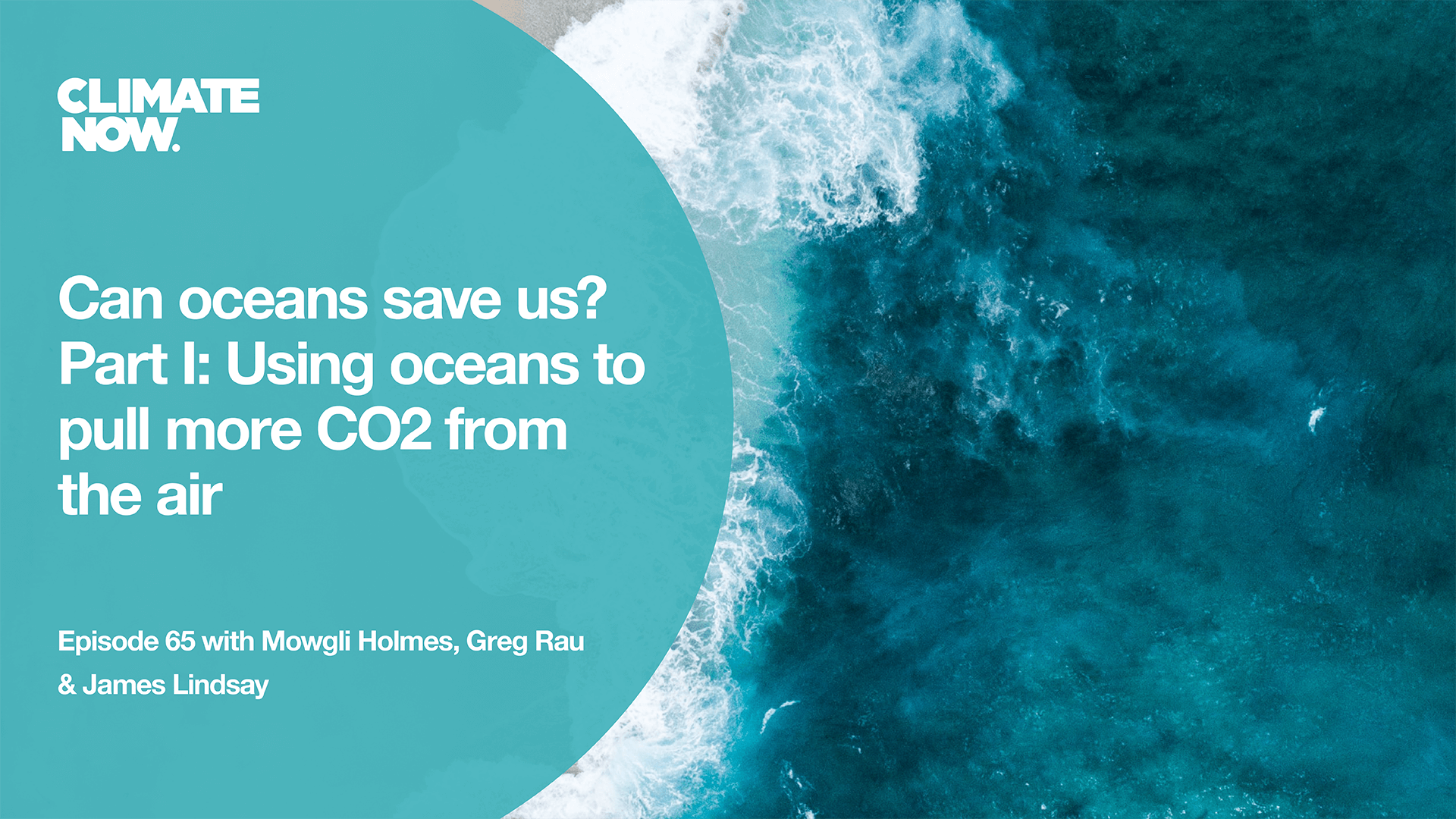

Can oceans save us? Part I: Using oceans to pull more CO2 from the air
More than 4 billion years ago, when Earth was still in its infancy, the atmosphere held more than 100,000 times the amount of CO2 it does today. Ever so slowly, that CO2 was absorb...
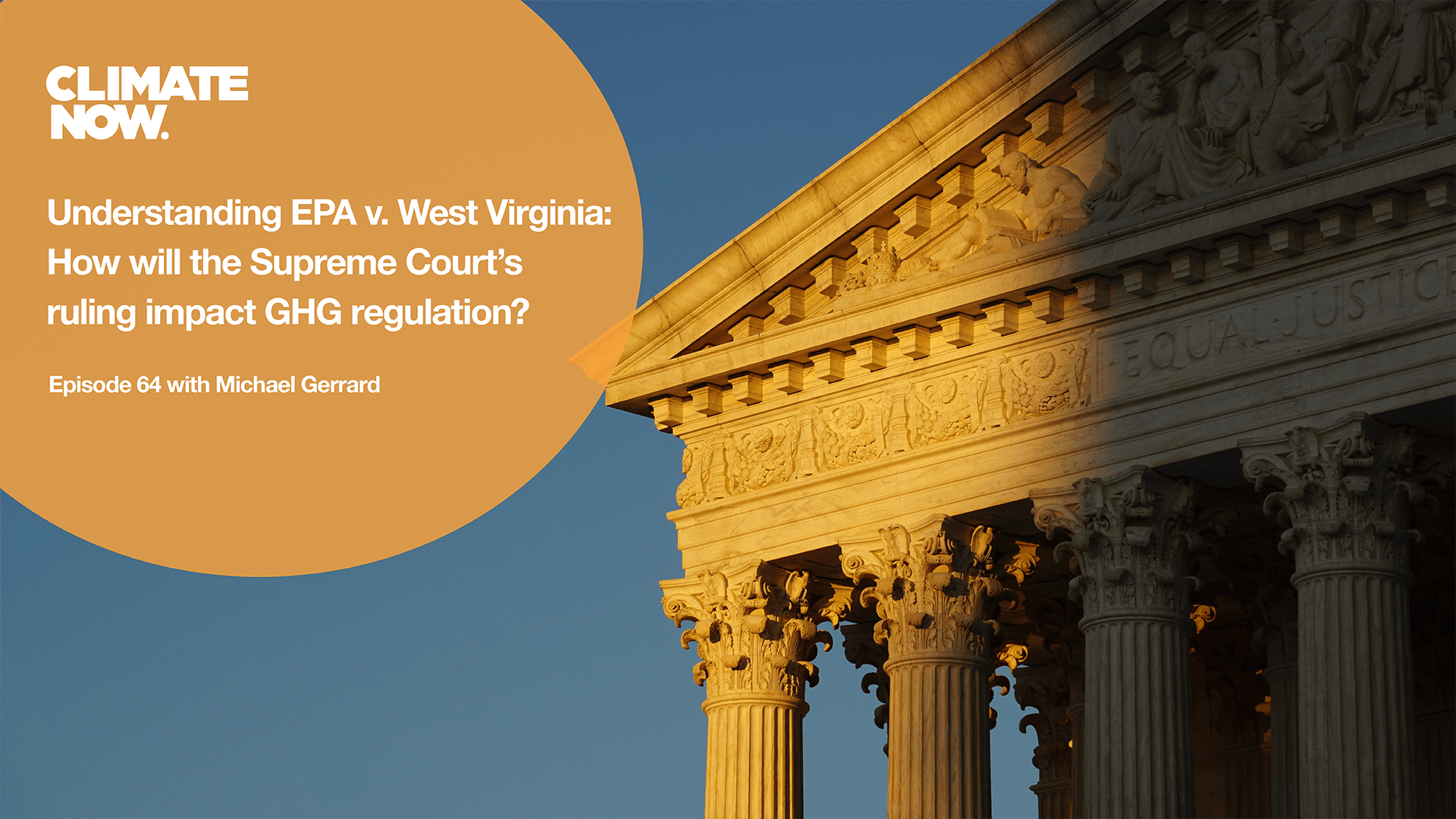

Understanding EPA v. West Virginia: How will the Supreme Court’s ruling impact GHG regulation?
On June 30, 2022, the United States Supreme Court handed down a decision on the case “EPA v. West Virginia,” ruling in a 6-3 vote that the EPA exceeded its statutory authority ...
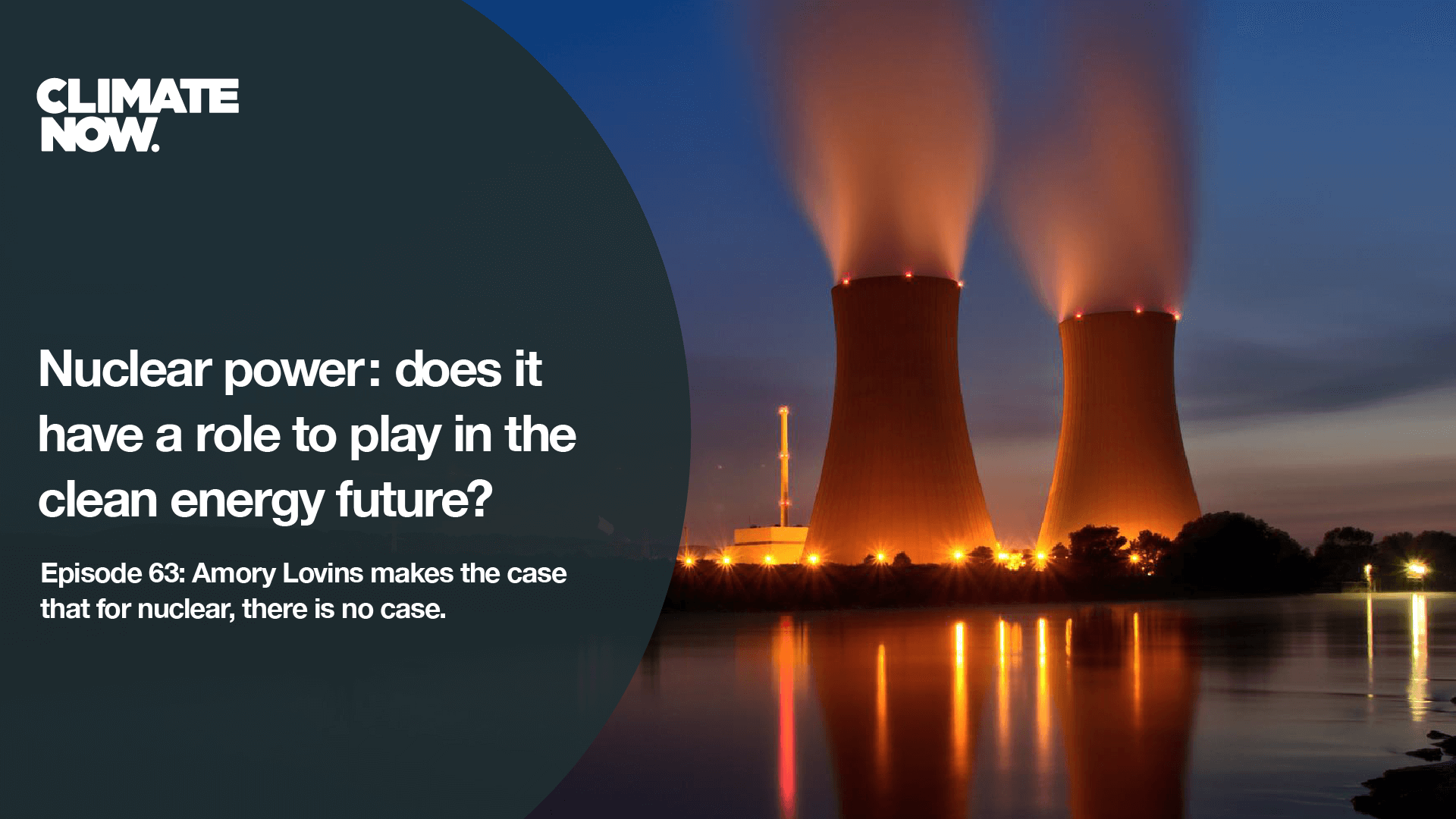

Do we need nuclear power to solve climate change? Amory Lovins says no
In 2017, the V.C. Summer Nuclear Plant expansion – meant to hail the renaissance of nuclear power in the US – came screeching to a halt. The project, to build two new r...
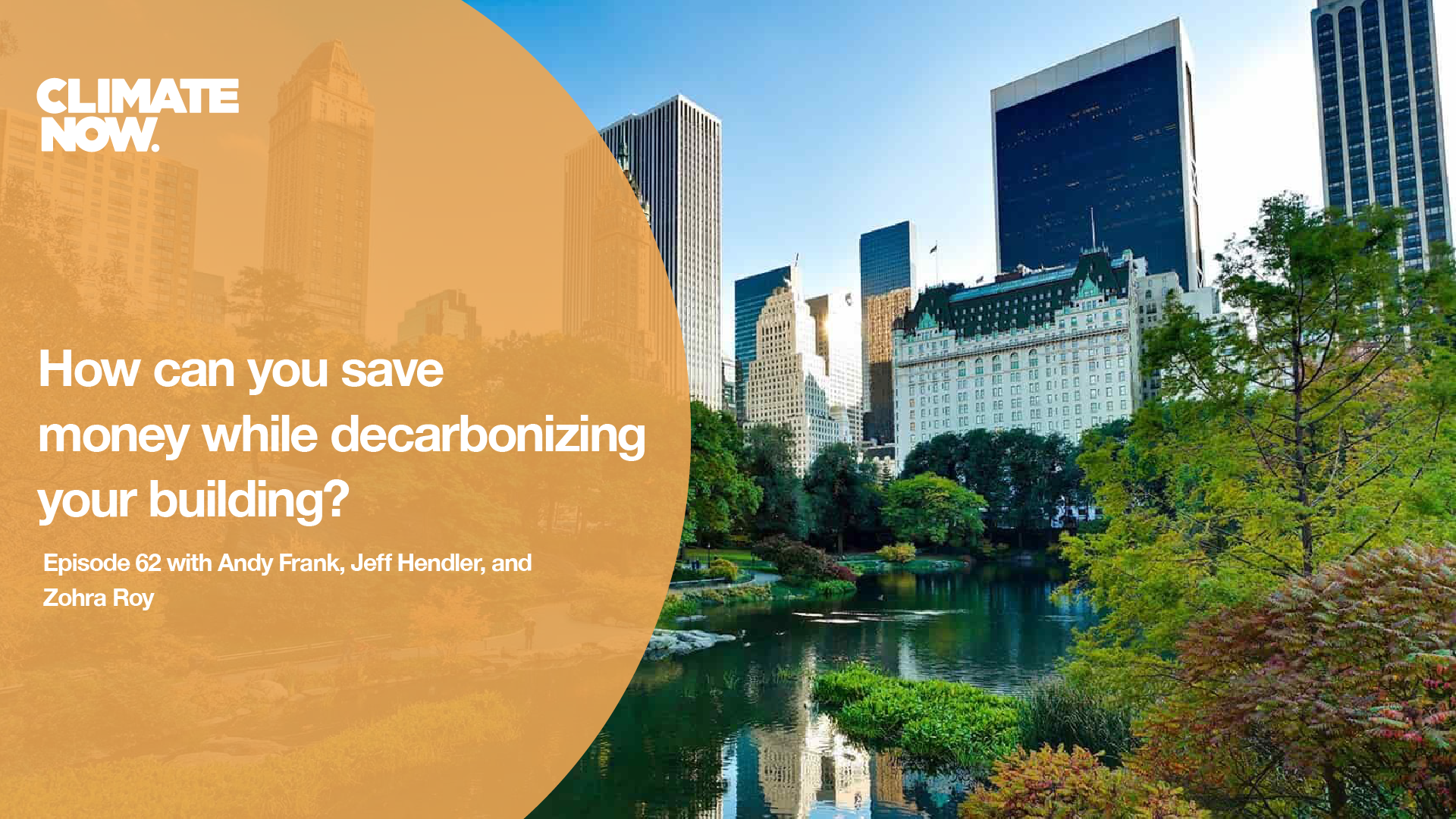

How can you save money while decarbonizing your building?
Heating, cooling and electrifying buildings produces nearly one fifth of global greenhouse gas emissions, but by employing existing energy efficient technologies and switching to r...


Oceans for CO2 removal & storage: What, why and how?
Using carbon dioxide removal (CDR) strategies to mitigate climate change is a land-intensive endeavor. To capture one gigatonne of CO2 through direct air capture requires a facilit...
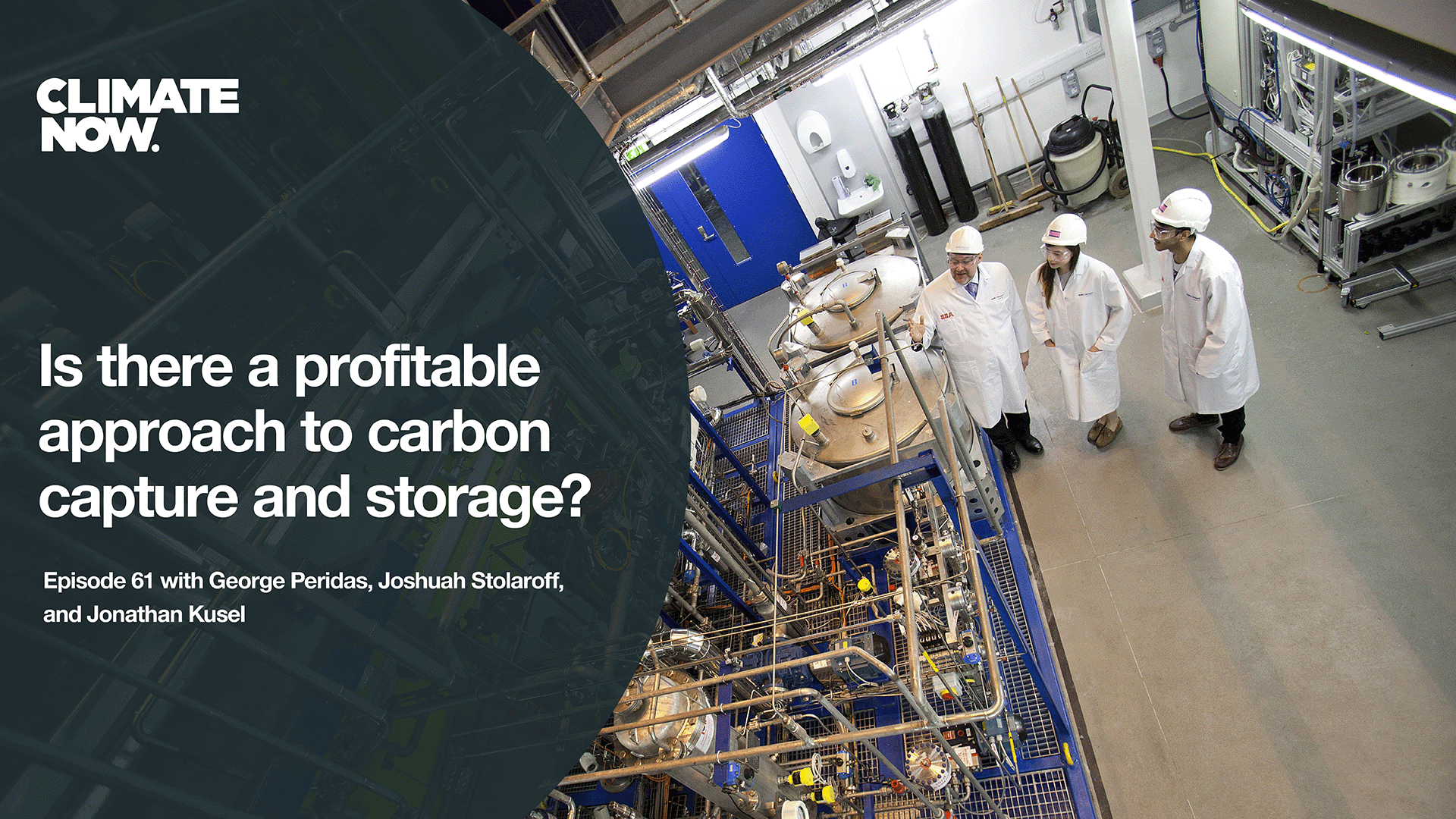

Is there a profitable approach to carbon capture and storage?
In the international carbon offset market, the average price of removing one tonne of CO2 from the atmosphere is still below $15 USD, nowhere near enough to cover the costs of carb...
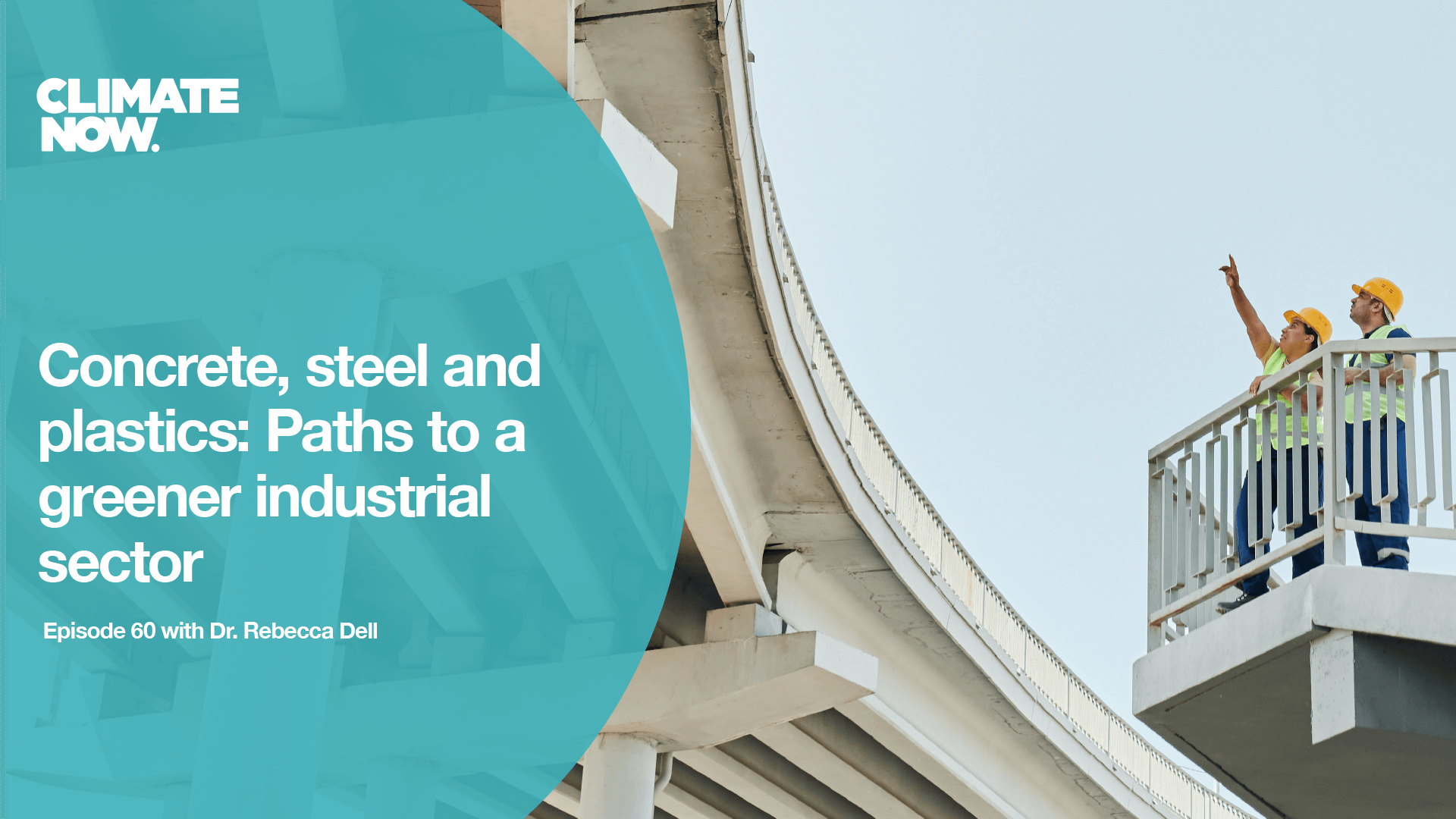

Concrete, steel and plastics: Paths to a greener industrial sector
Each year, we produce about 30 billion tonnes of concrete globally. That’s nearly 10,000 pounds, or more than 2 entire cars-worth of concrete, per person, per year. We produce ...
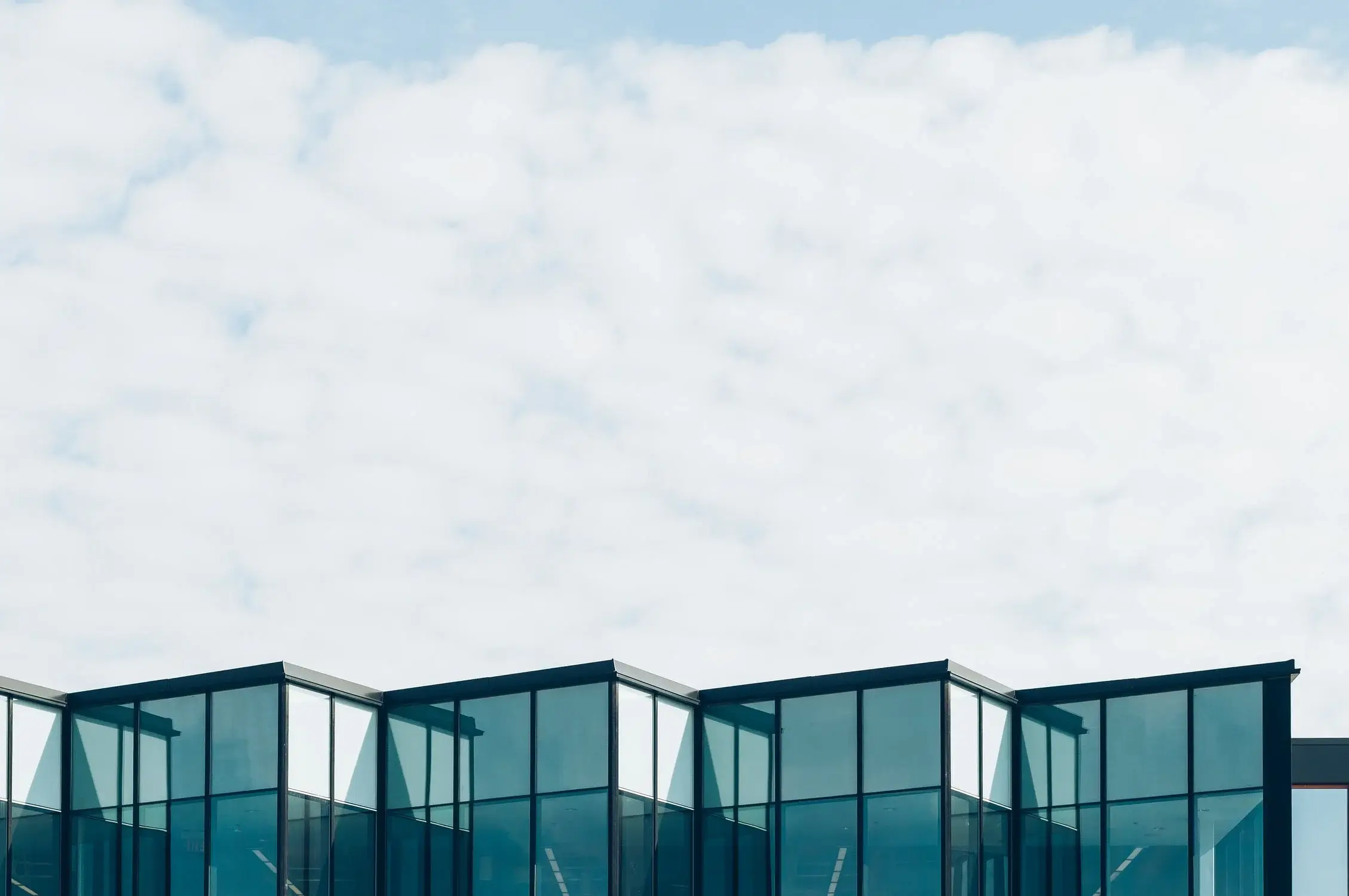

Decarbonizing through efficiency
Can smarter design and improved energy efficiency get the world to its net-zero goals?
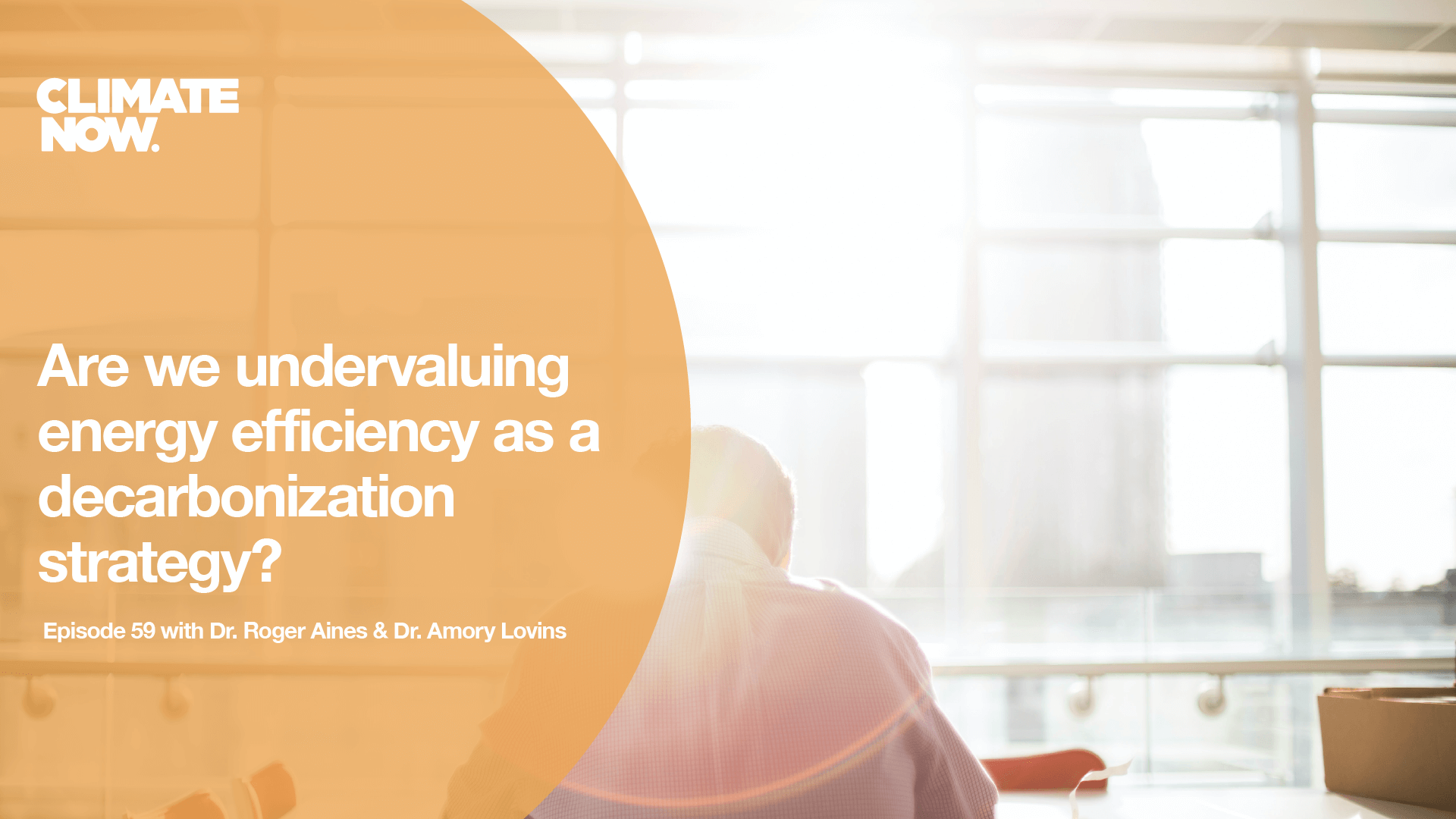

Are we undervaluing energy efficiency as a decarbonization strategy?
Are we underestimating the potential of increased efficiency? It wouldn’t be the first time. In 2021, the International Energy Agency and the U.S. Energy Information Administrati...
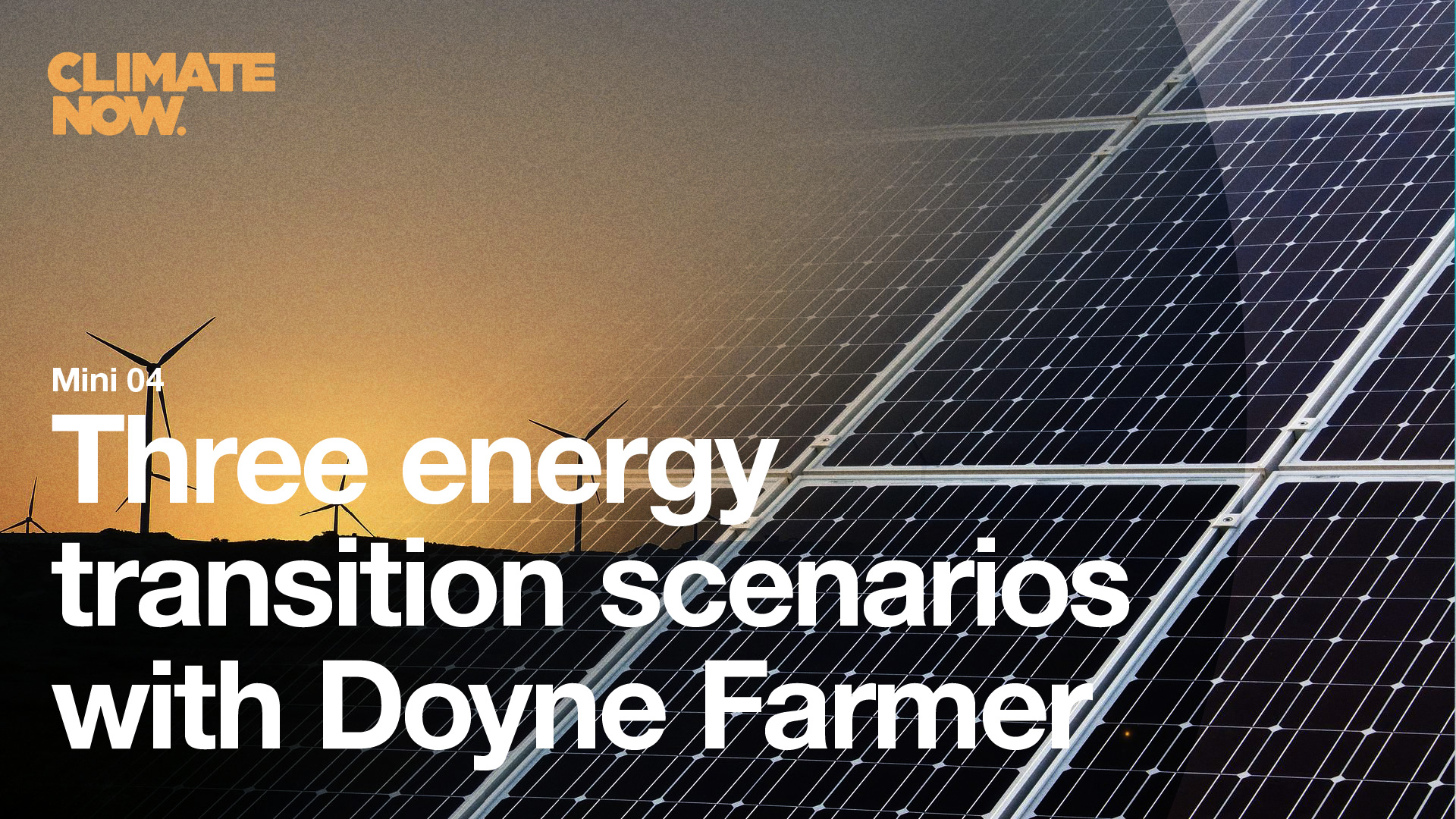

Three energy transition scenarios with Doyne Farmer
Dr. Doyne Farmer, Director of the Complexity Economics program at the Oxford Martin School, and co-author of the recent working paper, Empirically grounded technology forecasts and...
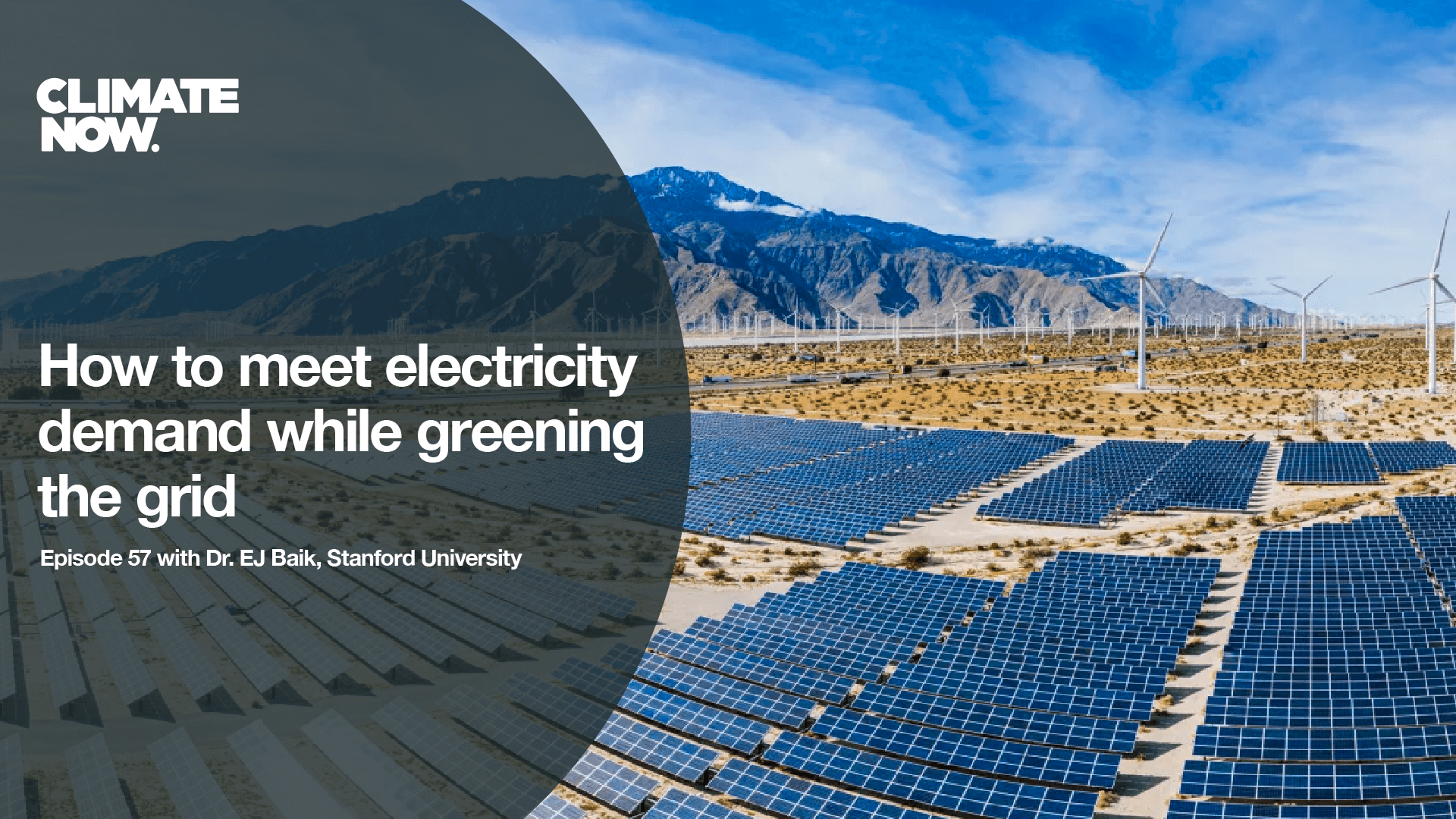

How to meet electricity demand while greening the grid
Lawrence Livermore National Lab, Princeton University, and the IPCC have all published proposed climate mitigation pathways: strategies for economically reaching net-zero emissions...



Will the clean energy transition be cheaper than we thought?
The recent working paper by Rupert Way, Matthew Ives, Penny Mealy, and Doyne Farmer, Empirically grounded technology forecasts and the energy transition, suggests that the high est...


Negative Emissions Technologies: A Solution or a Distraction?
Let's examine the arguments for, and pitfalls of, natural and man-made carbon sequestration solutions.



Diluting dependence on Russian oil: How renewable energy can defund a war
Among the top importers of Russian oil are the EU, Germany, Italy, The Netherlands, and France. The EU accounted for 71% of oil imports from Russia 2 months after the war in Ukrain...
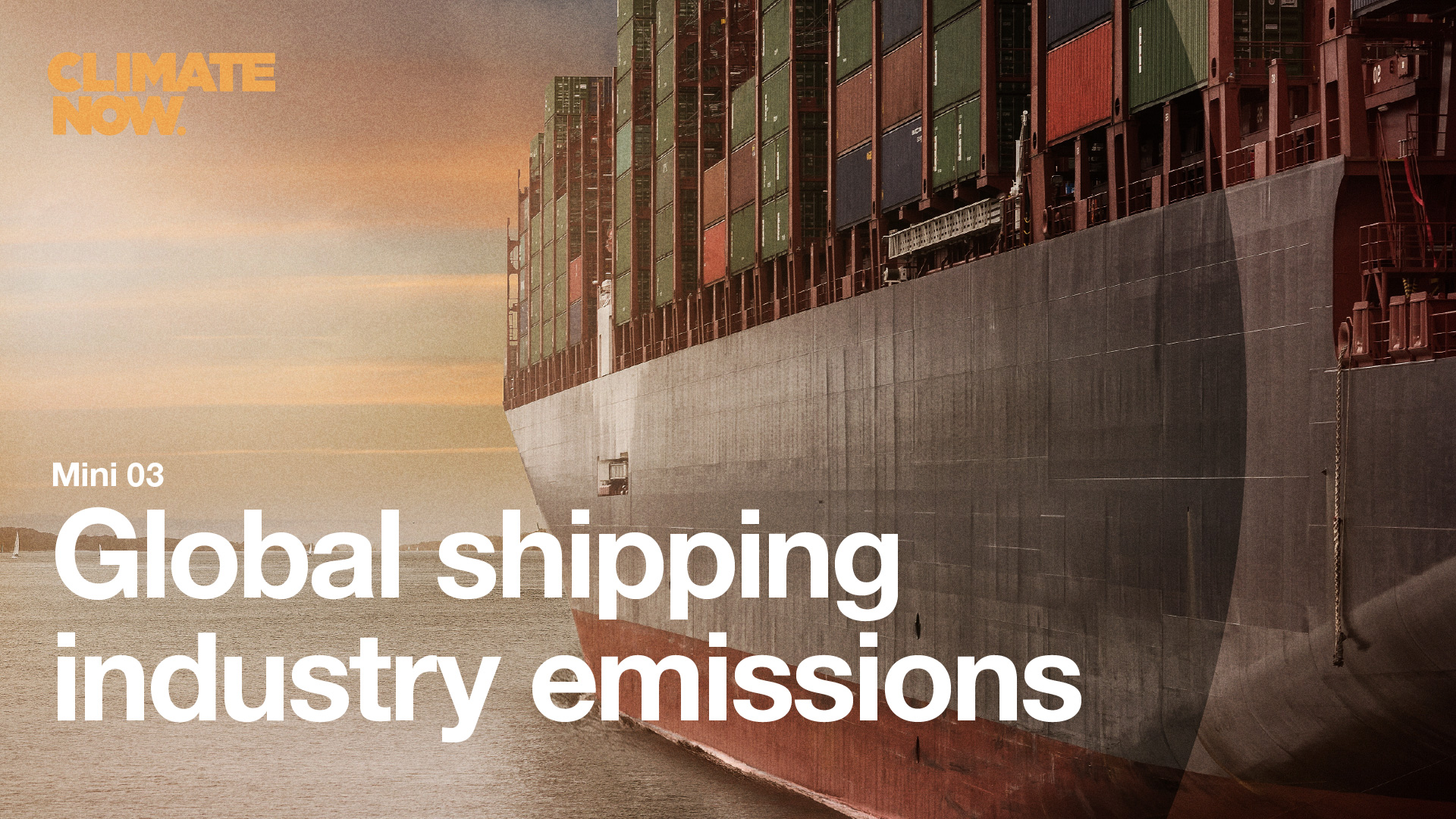

Global shipping industry emissions
How big of a climate problem is the shipping industry? If the international shipping sector were a country, it would be the sixth largest emitting nation in the world. Every year, ...


The bottom line on sustainable shipping: Can the shipping industry reach zero emissions?
If the international shipping sector were a country, it would be the sixth largest CO2 emitting nation in the world. Every year, 11 billion tons of goods – about 80% of all t...
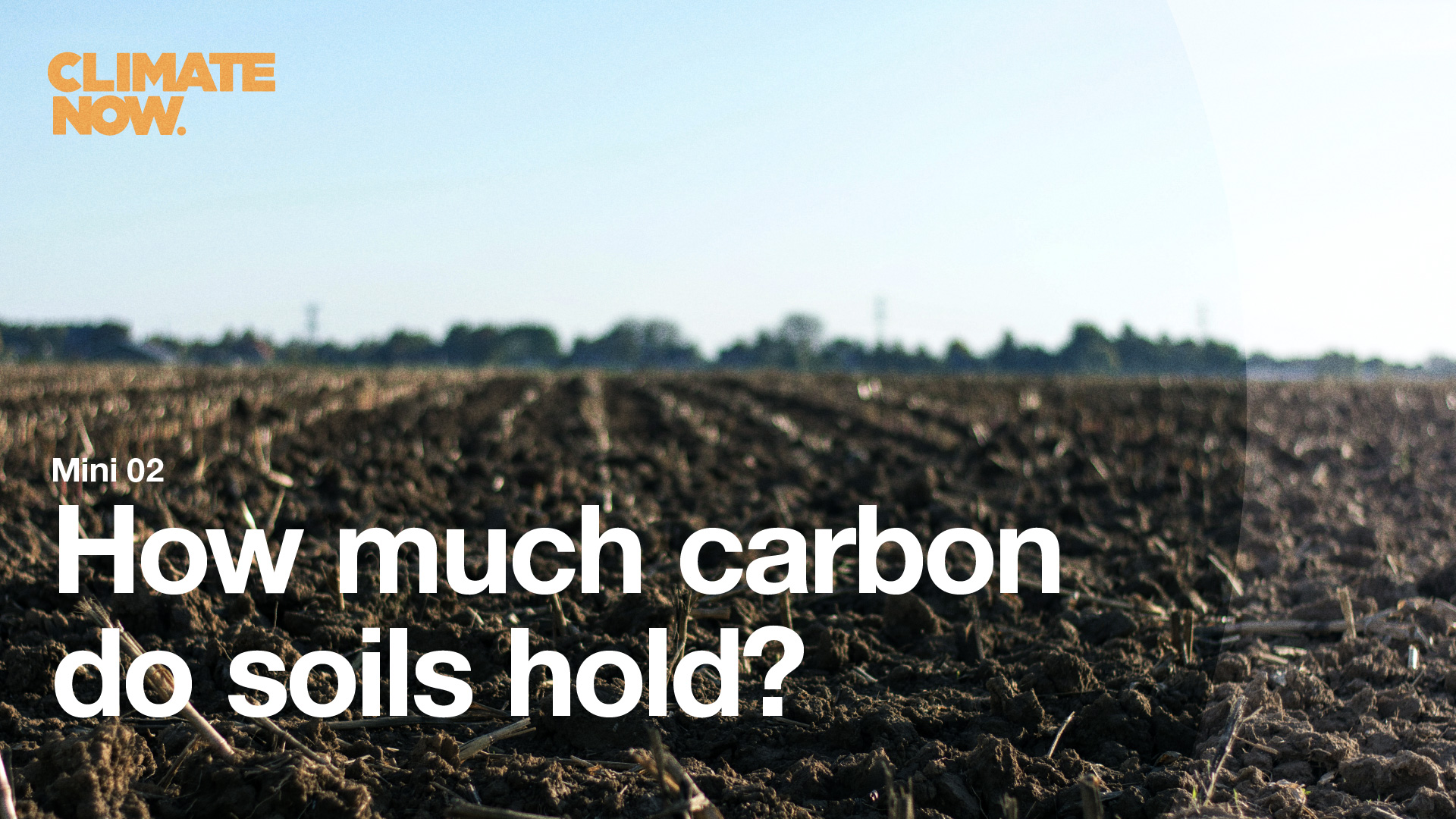

How much carbon do soils hold?
Soil holds 2x more carbon than vegetation and the atmosphere combined, according to Dr. Asmeret Asefaw Berhe, Professor of Soil Biogeochemistry and Falasco Chair in Earth Sciences ...


Buried treasure: Unearthing the power of the soil carbon bank
Soil – that mixture of degraded bedrock, decomposing organic matter, and microorganisms that nourishes the root systems of plants and trees – already holds twice as muc...


How can water reuse help solve the global water crisis?
Today, 26% of the global population – about 2 billion people – live without reliable access to safe drinking water. And, as climate change worsens, the availability o...
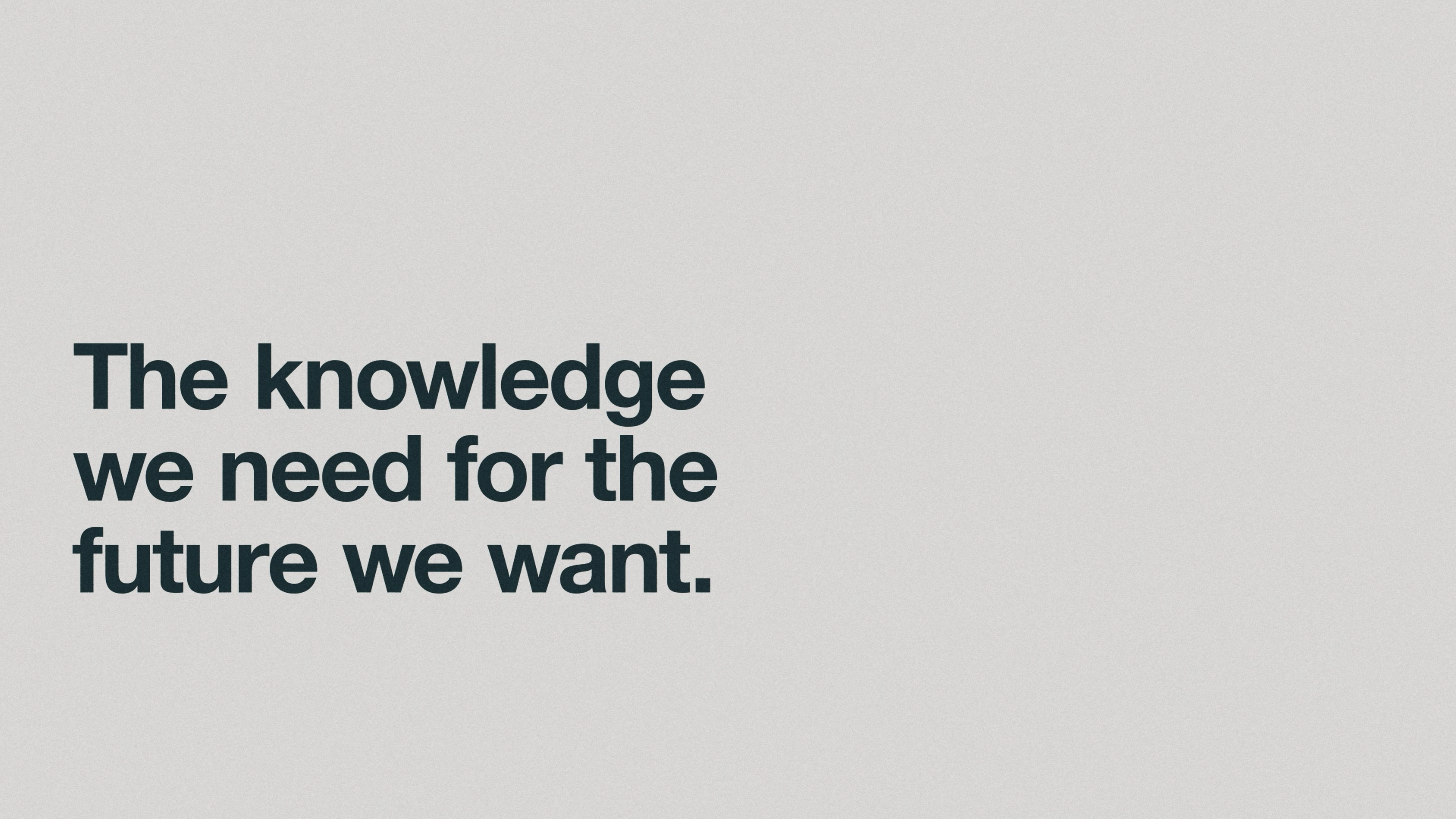

Climate Now Trailer
Who is Climate Now? Climate Now is an educational multimedia platform that produces expert-led, accessible, in-depth podcast and video episodes addressing the climate crisis and it...
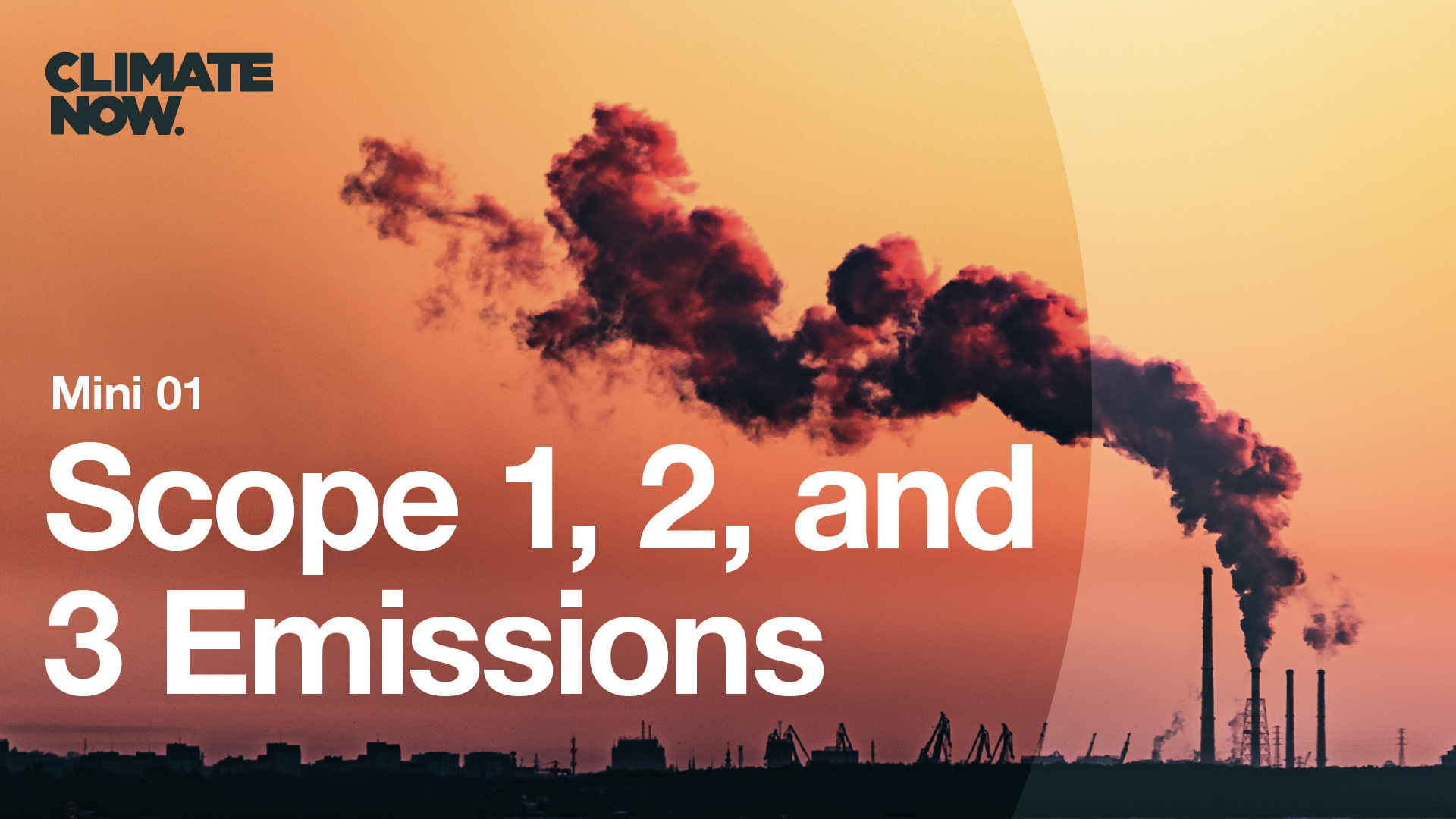

Scope 1, 2, and 3 Emissions
Companies assessing their greenhouse gas emissions will need to analyze their Scope 1, Scope 2, and Scope 3 emissions. This Climate Now mini provides a brief explanation of what th...
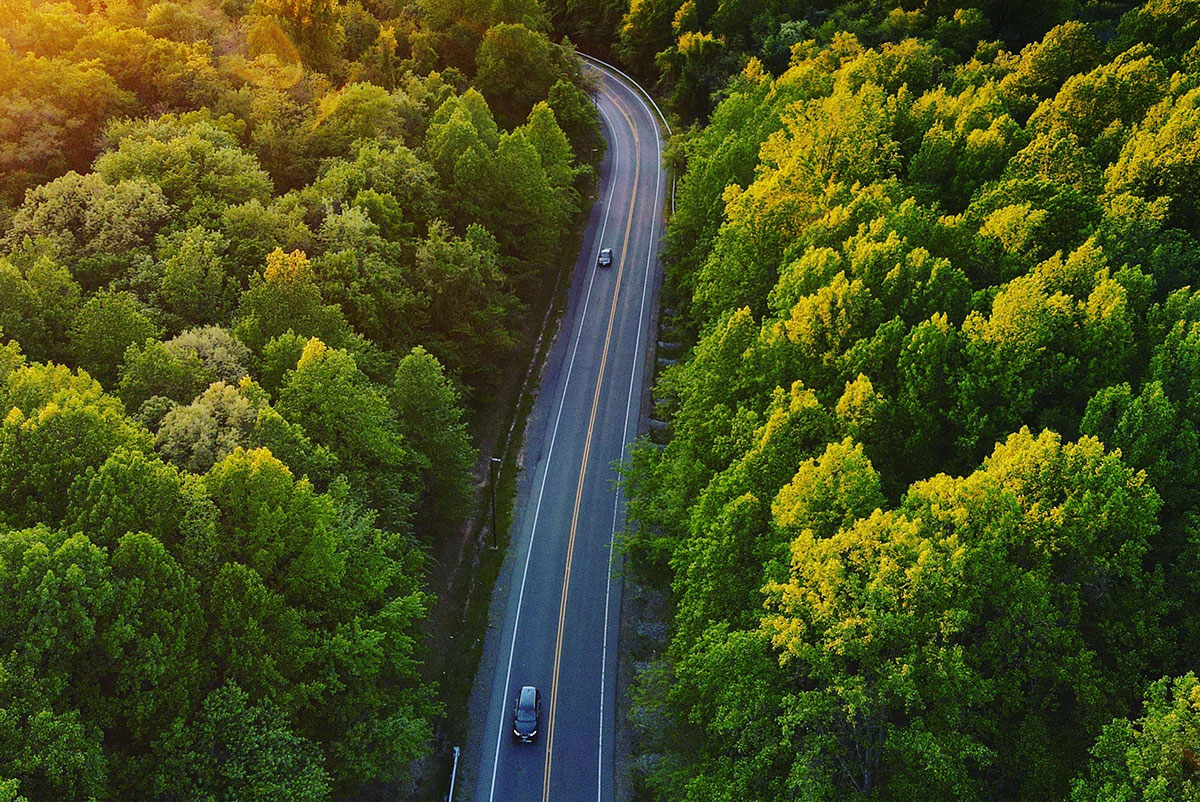

Decarbonizing Road Transportation: Past the Tipping Point
Take a look at some of our key takeaways from our recent podcast and video series on decarbonizing road transport.







Can ammonia or wind propel carbon-free shipping?
In the race for decarbonization, the shipping industry faces major challenges. Fuel is cheap, almost half the price of gasoline. And, most ships last between 20-25 years, meaning t...








How the electricity grid works
One of the most efficient ways to get to a net-zero economy is to generate electricity from renewable sources, and then make as many things run on electricity as possible. But, a...







A venture capitalist’s perspective on the evolution of green transportation
In 2021 alone, more than $32 billion dollars were invested in green-technology startups, a four-fold increase from five years earlier. But how far will those dollars go? Onl...
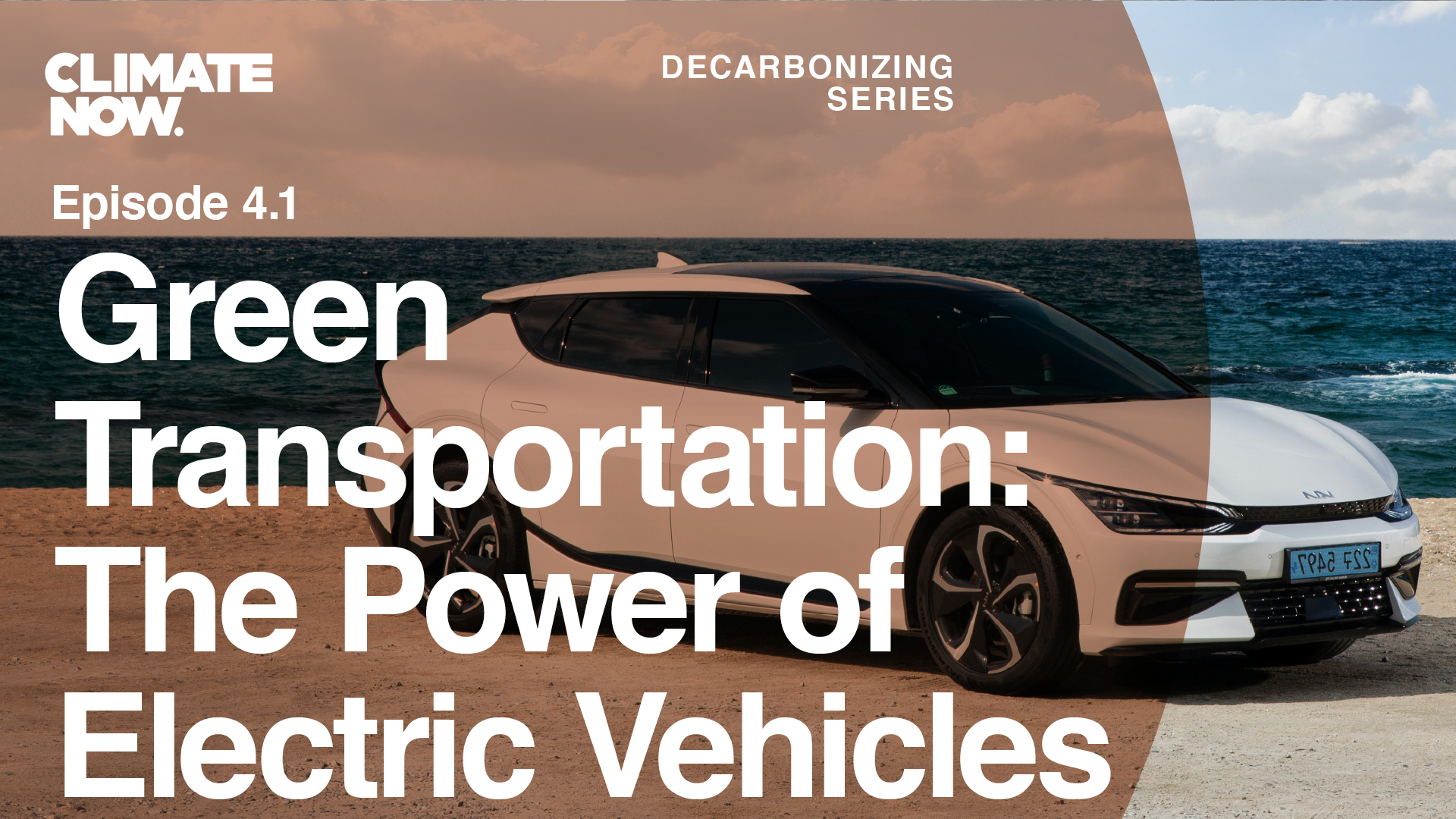

Green Transportation: The Power of Electric Vehicles
Adopting green transportation and transitioning to a 100% electric fleet requires a momentous cultural, technological, and infrastructure overhaul of the entire global automotive i...







Can We Achieve 100% Electric Car Sales by 2030?
What will it take to get 100% of new car sales to be electric by 2030? Is it consumer demand? Is it political pressure? How about we just increase both? The Zero Emission Trans...







How to Scale Up Carbon Capture and Storage
From 2015 to 2020, the installed capacity of renewable electricity increased 50%, reaching nearly 12% of global electricity consumption. The number of electric vehicles sold in 202...







Is micromobility the future of urban transportation?
How can we better design our cities and suburbs so that they are centered around humans, not cars? Cars do not need to be the primary method of urban transportation, and alternativ...








An insider’s perspective on advancing US climate policy
Climate policy at the federal level is integral to mitigating the climate crisis. Unfortunately, the United States has had a hard time so far passing ambitious climate legislation....
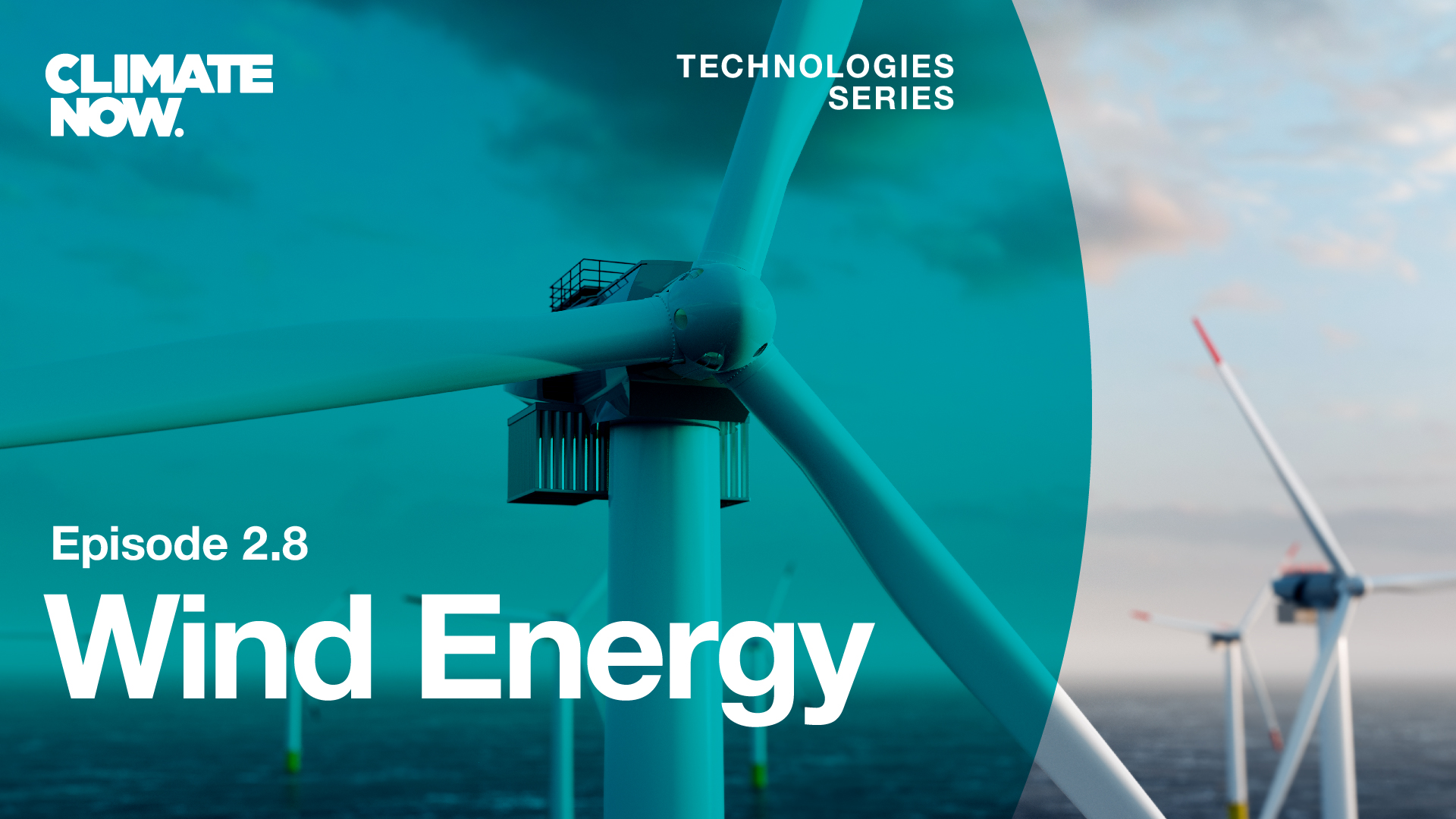

Wind Energy
In order to reach global net-zero emissions by the middle of the century, modeled pathways project that wind energy will need to be a primary source of electricity, accounting for ...







Re-imagining Heavy-Duty Trucking with Hydrogen and Carbon Capture
Heavy-duty, long-haul trucks – known as Class 8 trucks – account for more than 1 billion tons of carbon dioxide emissions worldwide each year. Electrification, while a...






The trucking industry needs to go green. Are electric trucks the answer?
In 2019, medium- and heavy-duty trucks accounted for about a quarter of U.S. transportation emissions while representing less than 4% of vehicles on the road, according to the U.S....







Why all ride-sharing should go electric. And autonomous, with Dave Rubin
Ride-sharing services currently result in 69% more emissions, on average, than the trips they displace, according to a recent study by the Union of Concerned Scientists. But, if th...







The sustainability conundrum of electric vehicles: Making and recycling EV batteries, with Andy Stevenson
Climate Now is kicking off our Decarbonizing Transportation series by addressing a question that looms over the electric vehicle market: how can we sustainably manufacture and recy...
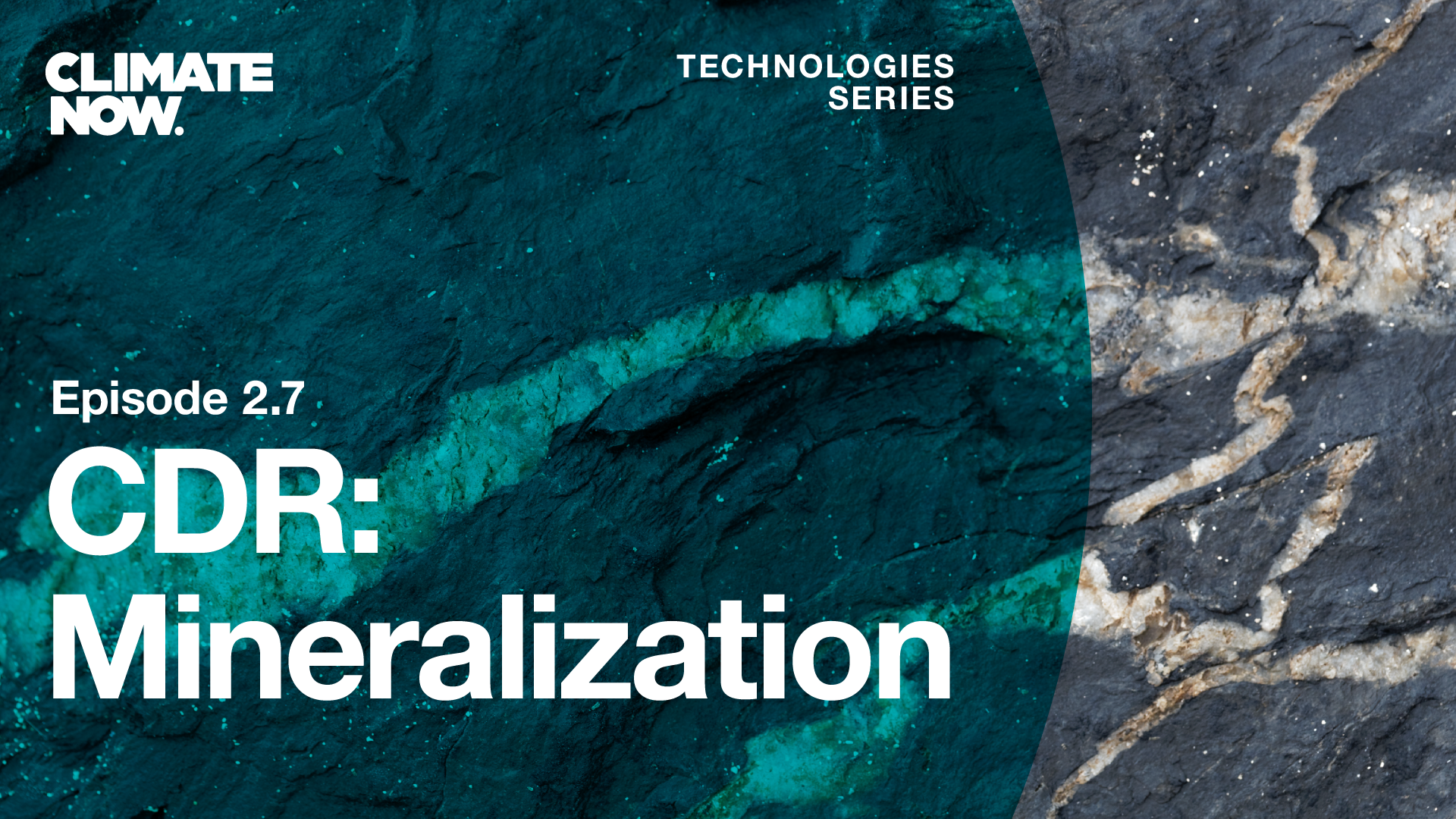

Carbon Dioxide Removal: Mineralization
There are several methods of removing carbon dioxide from the atmosphere – both natural and technological – and each method has its tradeoffs. Carbon mineralization is ...







Green banks: How they unlock funding for climate solutions, with Bryan Garcia
The Connecticut Green Bank, the first green bank in the US, has unlocked over $2 billion in capital toward clean energy projects and other climate solutions since it was establishe...






Ocean-Based Carbon Dioxide Removal and Geoengineering with Wil Burns
Earth’s oceans play a key role in slowing climate change, absorbing nearly a third of anthropogenic CO2 emissions. And they could, potentially, absorb more. In this episode,...







Unpacking COP 26: Are we on track to solve the climate crisis, with Megan Darby
In November 2021, representatives from around the world gathered to update their climate commitments at the 26th United Nations Framework Convention on Climate Change (UNFCCC) Conf...







Scaling wind energy: What it will take to reach global net-zero, with Simon Watson
Wind energy is one of the cheapest sources of energy today, but it accounts for only ~6% of global electricity generation. To limit global warming to 2 degrees C or less, wind en...


Carbon Dioxide Removal: Carbon Capture and Storage, Part II
Carbon Capture and Storage (CCS) has the potential to remove billions of tons of CO2 from the atmosphere annually, which we will likely need to reach global climate targets. In ...








Adaptation in North America: What’s happening and what needs to happen, with Beth Gibbons
Much of the focus surrounding climate action is on mitigation: how do we reduce the concentration of greenhouse gases in the atmosphere, and avoid catastrophic climate change in th...







How to Ensure Climate Impact Investing Actually Has an Impact with Amit Bouri
“The [investment market] we have in place now is not working for people, it’s not working for the planet, and it’s actually not working for most investors.”...






Water Strategy and Climate-Induced Drought: How to mitigate and prepare with Will Sarni
A growing population, groundwater depletion, poor water infrastructure, overuse and water waste threaten our global freshwater supply. Throw climate change into the mix, and the ...
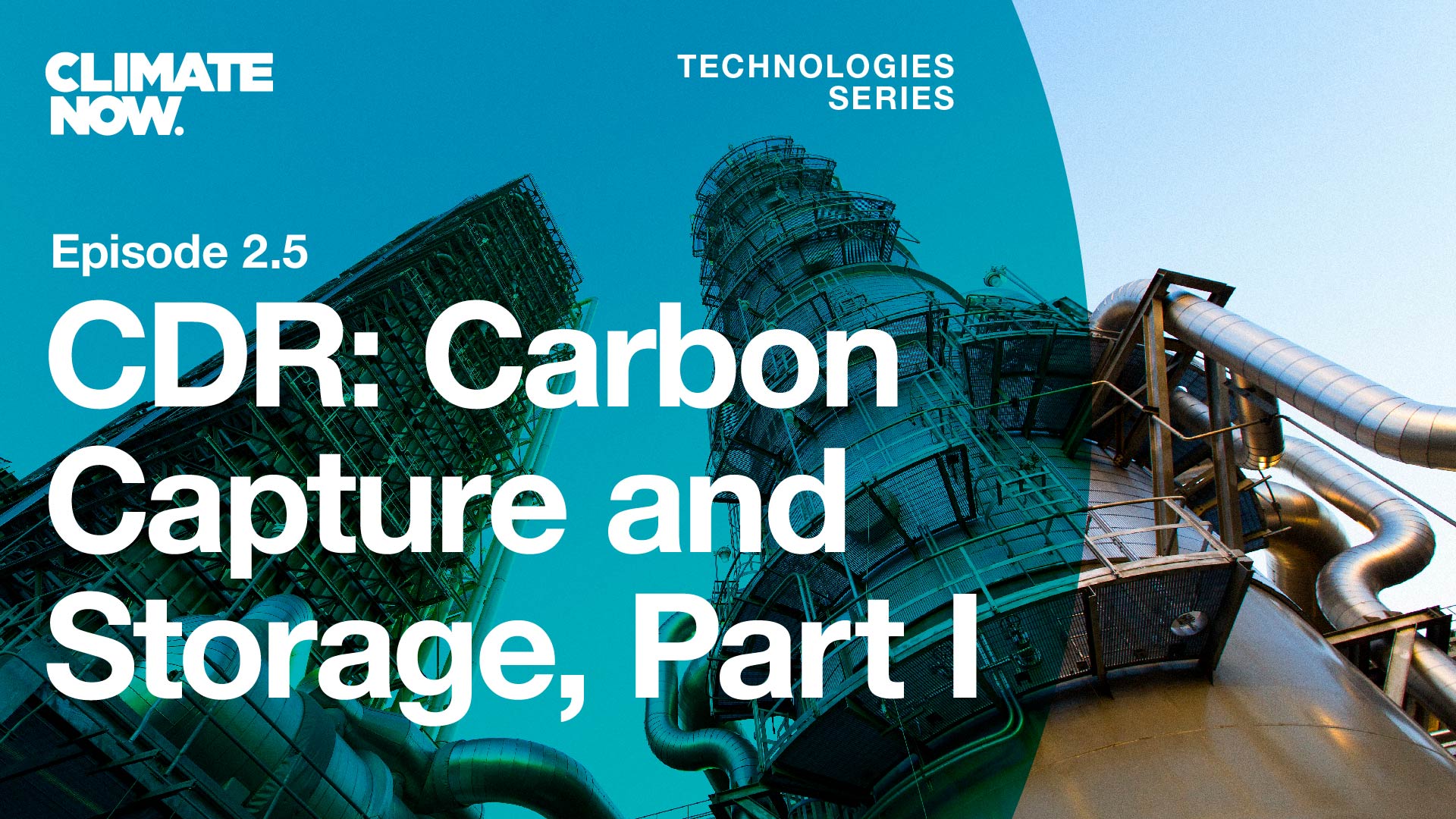

Carbon Dioxide Removal: Carbon Capture and Storage, Part I
What if we could remove the carbon we have emitted into the atmosphere? Can we capture our CO2 emissions before they are even released? In Part I of our two-part Carbon Capture and...







Improving Climate Models with Machine Learning
Most climate models in use today are based upon large-scale, well-understood physical relationships that drive global temperature and precipitation trends. But the effects of compl...







Trash to treasure: One man’s journey to make CO2 waste a useful product
What does it take to turn an idea that could help fight climate change into a self-sustaining business? We often hear the glamorous stories of startups that have made it, but littl...







Pricing carbon around the globe: Why it’s so difficult
How do we finance the cost of mitigating climate change, while discouraging continued use of fossil fuels? The largest public statement of economists in history argues for a carbon...






Do you get what you pay for? Monetizing Forests via Carbon Credits
A rapidly expanding list of companies have announced plans to go “carbon neutral” or “net zero”. Often, these plans include at least some offsetting of gree...
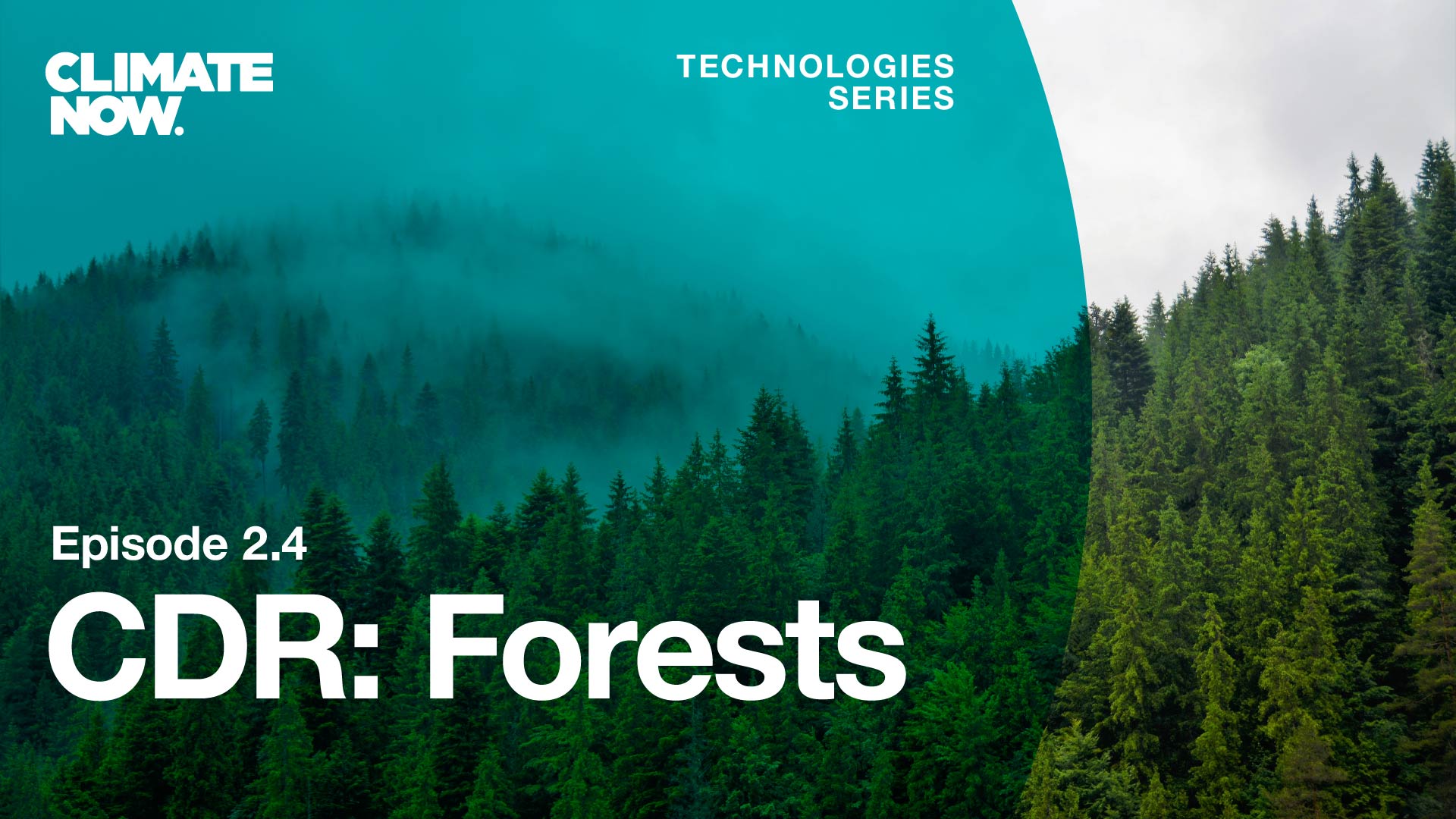

Carbon Dioxide Removal: Forests
Planting trees has become a bit of a cliché in the fight against climate change, with ubiquitous photos of presidents and CEOs planting a tree to show they’re serious about ...







Measuring CO2 from space: the science of NASA’s Orbiting Carbon Observatory missions
In the first episode of our two-part series, we learned how NASA’s Orbiting Carbon Observatory made it to space despite overwhelming odds from David Crisp, the mission’...








Measuring CO2 from space: a journey of perseverance, heartbreak, and scientific breakthrough with David Crisp
On the 24th of February, 2009, David Crisp was in the control center at Vandenberg Air Force base counting down the seconds for the Orbiting Carbon Observatory to launch. It was a ...







Saving two birds with one stone: tackling biodiversity and climate together with Pete Smith
Many climate change mitigation proposals are land-use intensive. Are these proposals feasible without negatively impacting biodiversity? Can we develop solutions for both the clima...







Building stars on Earth: the potential of nuclear fusion
Is there such a thing as “perfect” energy? With nuclear fusion, the answer is maybe. Fusion energy would be safe to human health, environmentally clean, and essentially...
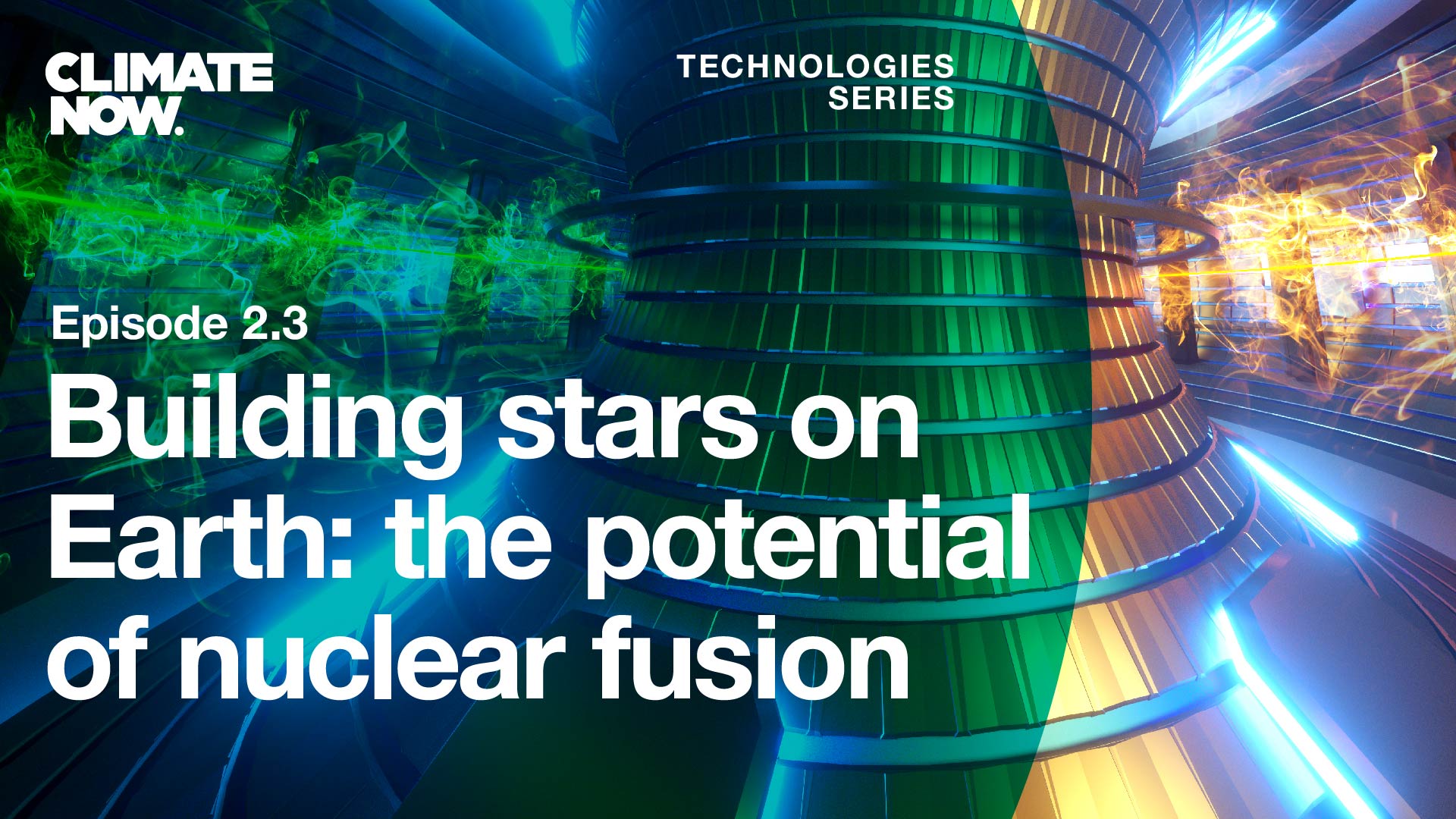

Building stars on Earth: the potential of nuclear fusion
Energy from nuclear fusion has the potential to cleanly and safely power the world. But, when do fusion experts expect this to happen? What technical challenges must be overcom...







Nuclear Energy: What are the real risks? with David Keith
Despite being a reliable, zero-emissions alternative to energy derived from fossil fuels, nuclear energy remains mired in controversy. Opponents often cite four reasons not to incl...







Investing in the Energy Transition with Salim Samaha
Transitioning to a sustainable energy economy will require significant input of investment capital. But how do investors decide which companies and technologies to back as society ...






Optimizing Reforestation to Mitigate Climate Change with Susan Cook-Patton
Trees are an incredible resource for mitigating climate change, with myriad environmental benefits – not least their ability to remove carbon dioxide from the atmosphere and ...







Will China reach net-zero emissions by 2060?
China currently produces more greenhouse gas emissions than the next three biggest emitters – the United States, European Union, and India – combined, making a commitme...


Carbon Dioxide Removal (CDR)
In order to reach global net-zero emissions by 2050, we must remove CO2 from the atmosphere as well as prevent further emissions. Carbon Dioxide Removal (CDR) can be accomplished n...







Carbon Dioxide Removal with Roger Aines
How do we reach global net-zero emissions by 2050, when there is almost no chance of completely ending our dependence on fossil fuels by that time? The solution will require Carbon...








Carbon Sequestration with Julio Friedmann
In order to limit global warming to 1.5 degrees Celsius, we must (in addition to reducing emissions) capture carbon and permanently store it where it cannot be released, a process ...
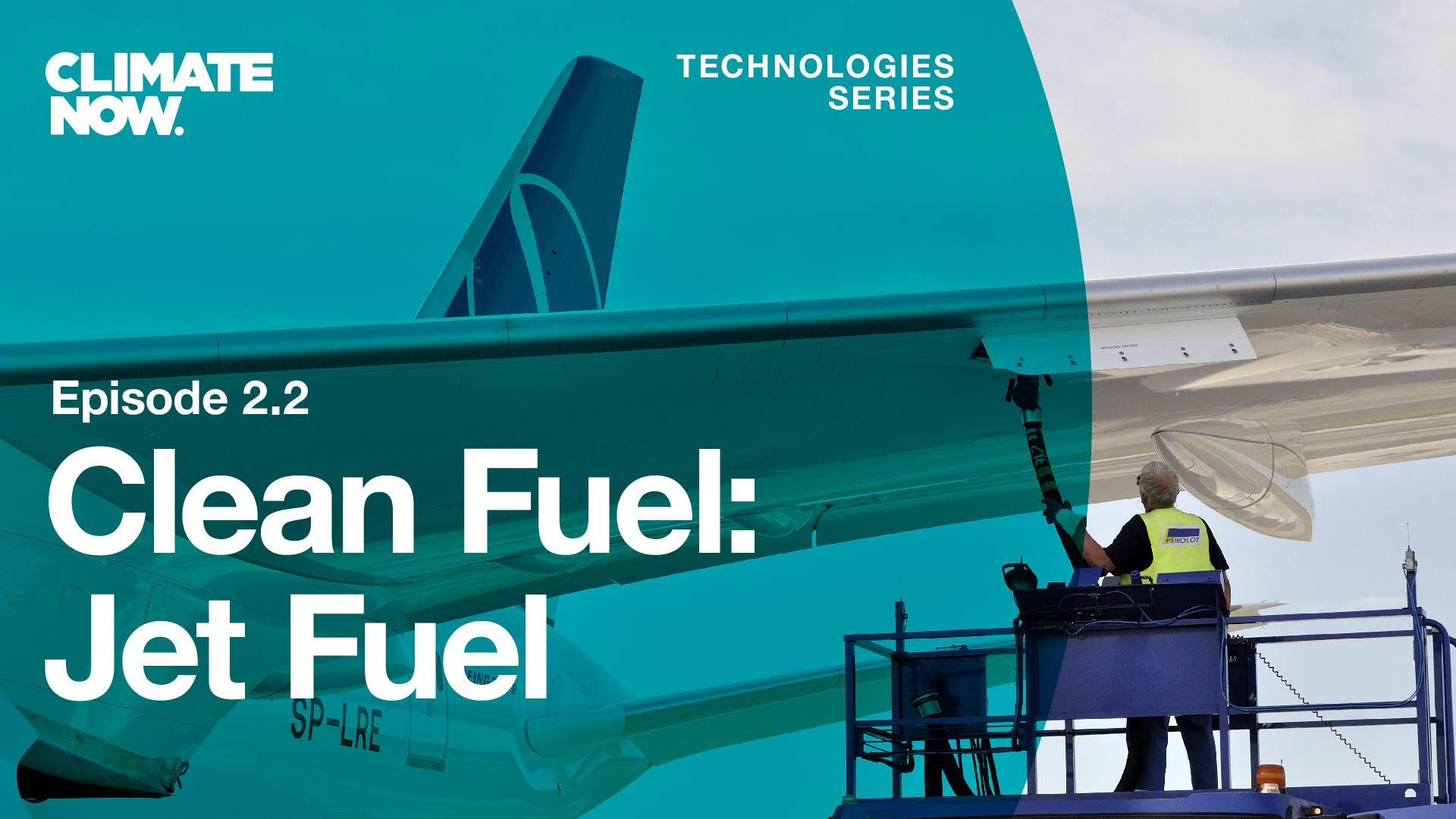

Clean Fuel: Jet Fuel
Aviation is responsible for 2.5% of global greenhouse gas emissions, though this figure is expected to grow as developing parts of the world become wealthier and increase demand fo...







Clean Aviation Fuel with Steve Csonka
What incentives are needed for airlines to adopt sustainable aviation fuel (#SAF) and decarbonize air travel? How does SAF get tested and approved for use in commercial aviation? W...






What’s Wrong with Carbon Offsets? with Mark Trexler and Derik Broekhoff
As the climate crisis worsens, more and more companies are committing to go “net-zero”. Most of these commitments include the purchase of carbon offsets or investment i...







Hydrogen Electrolysis with Ben Wiley
Declining renewable energy costs have sparked a renewed interest in green hydrogen, which has the potential to decarbonize sectors in which electricity cannot. Because hydrogen doe...
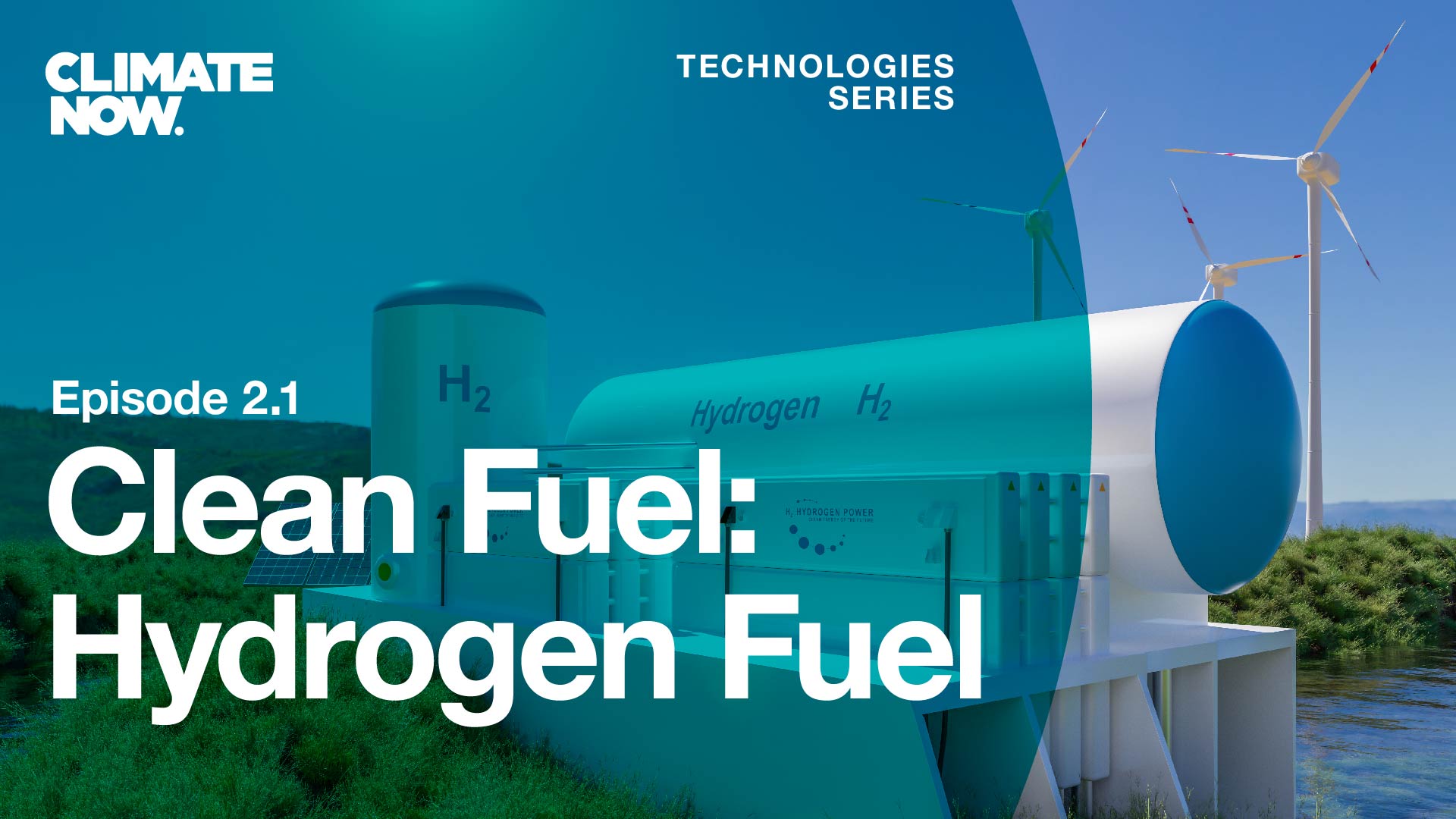

Clean Fuel: Hydrogen Fuel
Hydrogen is uniquely qualified as a storage of clean energy because it is abundant – the most abundant element in the universe – and it can be produced using renewab...


Biofuels: An overview
Biomass – such as corn or switchgrass – can be converted into liquid transportation fuels, or biofuels. Biofuels are attractive because they result in significantly few...







Bioenergy Conversion with Jerry Tuskan
How exactly are plants converted into liquid transportation fuel? And what obstacles does bioenergy need to overcome in order to displace fossil fuels in the US energy economy and ...







Biomass Availability with Matthew Langholtz
Bioenergy is a renewable energy for its carbon neutrality – plants absorb CO2 during photosynthesis and emit the same amount when combusted for energy. But to significantly r...






Climate Modeling with Joeri Rogelj
Climate impact assessment models carry significant weight when developing mitigation and adaptation strategies. So, what climate models exist, and what factors do they include? Wha...


Net-Zero by 2050
Pledges to achieve “net-zero” emissions are proliferating from companies and countries alike. However sincere these commitments may be, they rarely include specific pla...







Net-Zero by 2050 with Eric Larson
What are the possible paths and necessary steps to achieve net-zero emissions in the United States by 2050? Which energy sources could sufficiently decrease our reliance on natural...








Carbon Capture 101 with Howard Herzog
According to the IPCC’s 2018 report, carbon capture and storage – in addition to a significant reduction in emissions – will be necessary in order to limit global...








Carbon Capture 101 with Howard Herzog
According to the IPCC’s 2018 report, carbon capture and storage – in addition to a significant reduction in emissions – will be necessary in order to limit global...







Housing Market Climate Risk with Amine Ouazad
Sea levels are rising, storms are worsening, and flooding is consistently exceeding FEMA’s 100-year floodplain maps. Yet, an increasing percentage of new mortgages are used t...






Climate Projections with Sergey Paltsev
Dr. Sergey Paltsev, Deputy Director of MIT’s Joint Program on the Science and Policy of Global Change, spoke with Climate Now hosts James Lawler and Katherine Gorman about cl...







Government’s Role in Climate Action with Caroline Spears
Hosts Katherine Gorman and James Lawler interview Caroline Spears, founder and executive director of Climate Cabinet, a nonprofit that helps local, state, and federal candidates ru...
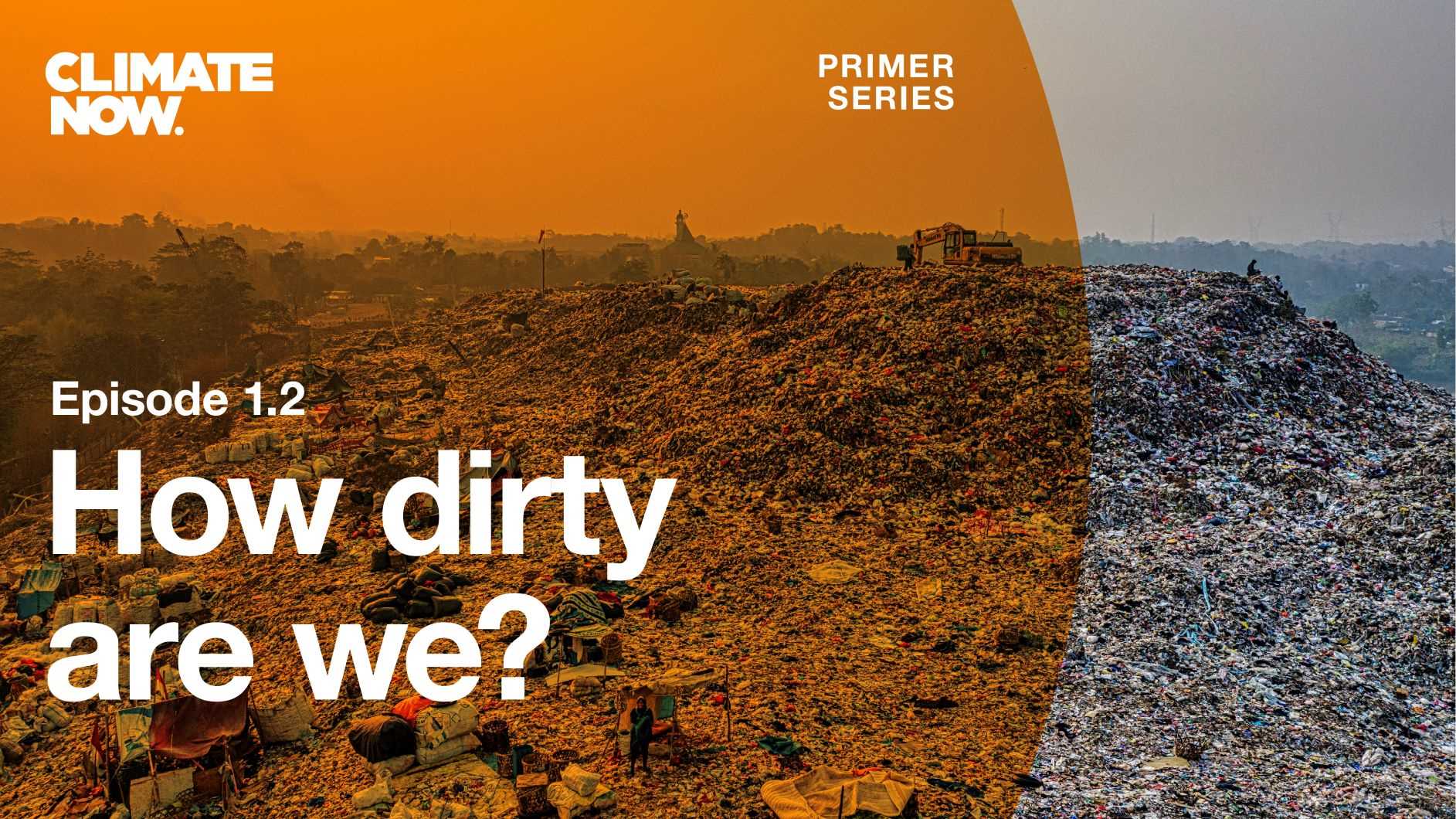

How dirty are we?
Global greenhouse gas emissions reached a staggering 52 gigatons of CO2-warming equivalent in 2020. Our episode puts this number into historical context, parses our global emissions by country and economic sector, and delves into the key economic and demographic drivers of emissions worldwide.
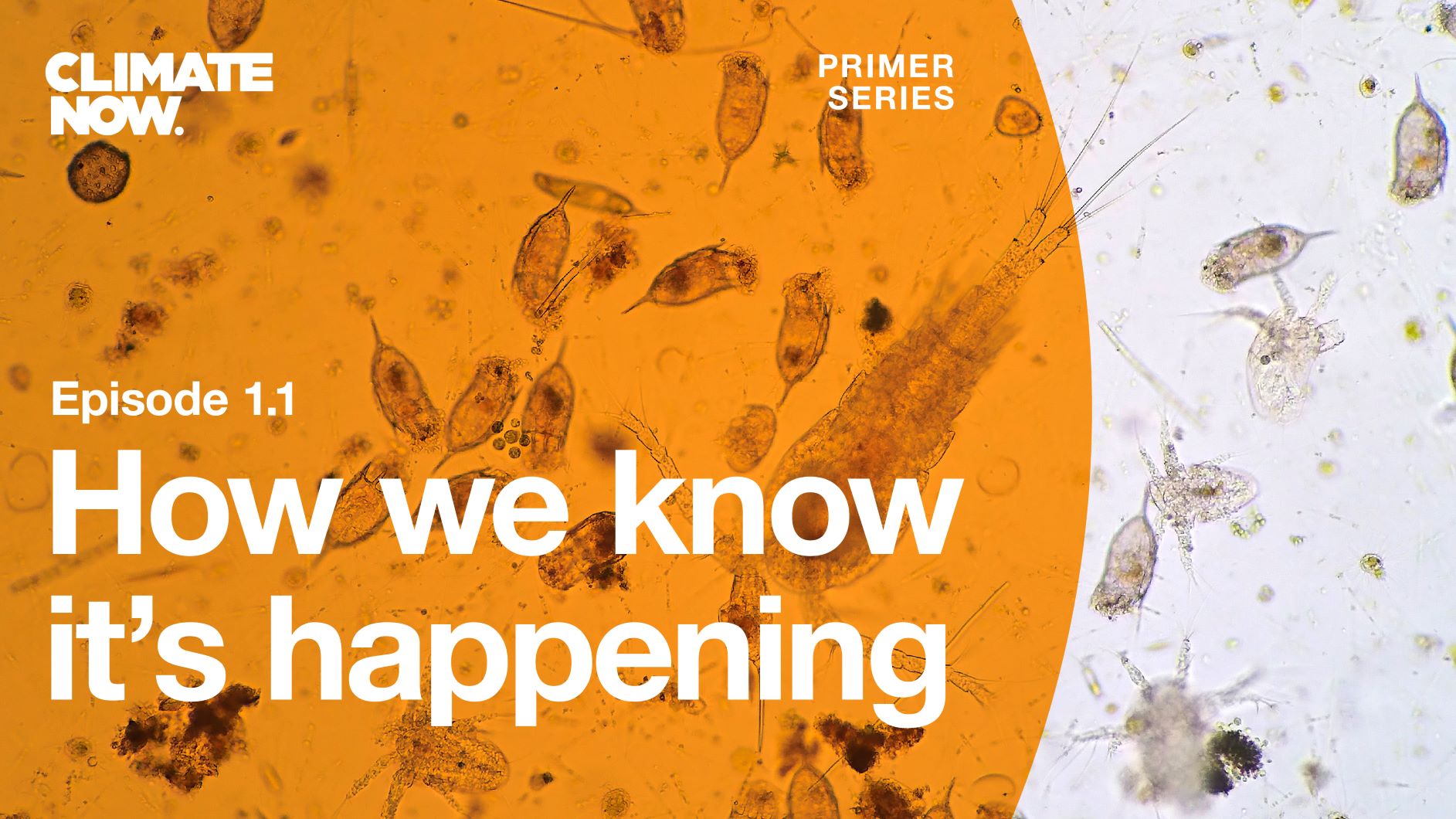

How we know it’s happening
How do we know the climate is changing? How do we know that change is being caused by human activities? Climate Now video hosts Ozak Esu and James Lawler delve into the science that answers these questions with MIT climate scientist Kerry Emanuel.


Welcome to Climate Now
Climate Now is a multimedia platform distilling the key science, technologies, and policies relevant to the climate crisis.







Climate 101 with Kerry Emanuel
Dr. Kerry Emanuel, professor of Atmospheric Science at MIT and co-founder of the MIT Lorenz Center discusses how we can solve climate change.







Climate Now Introduction
Welcome to the Climate Now podcast, hosted by Katherine Gorman and James Lawler. Climate Now is a multi-platform resource on the science of climate change, covering the key scienti...
